Local auto shows aren’t like the big ones
Us automotive journalists have a rather deluded take on the annual auto show. We don’t visit to make an informed decision on our next vehicle purchase, nor do we lean on it as a family outing to keep the kids busy. Given the nature of our positions, it’s our opportunity to take stock of the year’s changes to the automotive world, all in one glimpse. We reflect on the improvements to a popular vehicle’s attributes, pondering how new ideas have future ramifications for our society.
Well, there’s more. Auto shows are a place to network among ourselves, schmooze with PR wonks, feast on buffets and sample free booze, and maybe even put on a suit for once.
Especially far away from the mainstay shows in Detroit, Chicago, Los Angeles, New York, and perhaps Miami, smaller shows on public days possess an utterly different atmosphere. Shows “for the rest of us” are where the rubber truly hits the road, relying on what keeps their local economies booming to ensure profitability. There’s no shrimp buffet, but there is something much, much better.
I attended the Houston Auto Show with this mindset (and my smartphone camera) to see what makes these “normal” shows different from the glitzy ones the media gets invited to. Aside from the inoperable water fountains and five dollar water bottles (!), there were several big differences. Most notably, this was a combined automobile, boat, and RV show. And oh boy were there a lot of boats in that building!
The copasetic relationship between manufacturer and local retailer was on display to varying levels of strength. Manufacturers spend a truckload of money at the big shows to make their products dazzle, but they generally rely on their local franchised dealerships to carry the weight elsewhere. Perhaps that comes as no surprise, but the differences between how individual brands deliver the goods at the Houston show seemed more, well, in your face this year. It was a seamless affair in some cases, a jolting disappointment in others … not unlike paying five dollars for water that used to be free.
Ford and Chevy always have the first two spots at this show, but this is the first time I’ve seen a Ford sign within inches of the Chevy space. And while I am flummoxed as to why the Chevrolet Malibu sedan got a front-row parking spot (sedans are out of style these days), I was more surprised by the lack of a Mustang Mach-E to go with the Ford F-150 Lightning. Trucks are a big deal for both brands, and they were out in full force along with a smattering of performance cars (Corvette, Mustang, Camaro) to keep other showgoers interested. The Ford Maverick consistently had folks wandering about it, proving that this compact rig has the chops to appeal to a wide variety of attendees in this culturally diverse town. I fully expect GM, Toyota, and Stellantis to tease their take on the Maverick in a matter of months.
Speaking of that once all-American automaker, the Stellantis brand of global vehicles was represented in its entirety. Provided that signage for the (otherwise absent) Fiat and Alfa Romeo brands counts for anything, as Stellantis hit hard with Jeep up front, Dodge muscle cars in the middle, and RAM trucks in the rear. The Chrysler 300 got a choice parking spot like the Malibu, even though the Dodge Charger is far more appealing (at least in terms of sales). But the real Stellantis story concerns their ride and drive areas: more on that later.
The picture of the local auto show’s dealership connection comes into focus at Honda, as their booth clearly had dealer support. The Civic Si was a fun presence for us enthusiasts, but the Houston Astros-themed Civic and Ridgeline catered to a regional demographic, one that might appreciate what’s written on this orange vinyl-wrapped fender: Greater Houston Honda Dealers. The days of Arrogance and Accords is long gone, and Honda clearly has no problem supporting their dealers at an auto show.
That’s just the tip of the iceberg. As for Mazda, it clearly wants retailers to do the heavy lifting. In this case, one retailer in particular: Jeff Haas Mazda. Mr. Haas built what must be the largest Palais de Zoom-Zoom-Zoom in the universe, and his efforts aren’t lost on the folks in Irvine (and probably Hiroshima). The Mazda booth was stocked with plentiful amounts of cars and CUVs, including two Miatas with manual transmissions. The signage possess the sophistication of Mazda’s latest products, even the Jeff Haas license plates weren’t offensive. This might be the best way for OEM and Dealership to harmoniously participate in these events.
Two brands that clearly didn’t care about their presence were Mitsubishi and Volvo, letting a dealership have full control over an auto show booth. The DeMontrond Auto Group—Home of the Warranty Forever—has been around for decades, and their peripheral locations around town meant this was good use of their marketing dollars for all Houstonians (probably). While seeing two under-represented brands at the show is wonderful, having their retailer play vintage TV commercials for DeMontrond Oldsmobile wasn’t exactly on-brand messaging. And every license plate hawked DeMontrond’s front-loaded lifetime warranty sales pitch: Jeff Haas and Mazda did it better.
You’d expect to see the dealerships in force on the high-dollar side of things, as that’s been industry practice for ages. The folks at Aston Martin, McLaren, and Bentley aren’t exactly loaded with Chevy truck marketing dollars in their coffers, you know. So the dealership owned by the guy who hosted Billion Dollar Buyer did us proud with high-end stuff to behold, as did two others. Too bad they kept the somewhat-priceless metal away from our grubby hands (and scratch-inducing $5 water bottles). FIVE DOLLARS?!?
Cadillac and Lincoln show the difference between factory and dealer-backed auto show booths in painful detail. Lincoln’s front row faces the foodservice vendors and their condiment stand (i.e. guaranteeing foot traffic), and offered a nice variety of products. The impressive center stage and elegant backdrops are worthy of a major auto show. Contrast this with Cadillac, for which Central Houston Cadillac offered a lightly populated, liminal, and disappointing place to be. Odds are this was not the dealership’s fault; there is a good chance this represents all the inventory they can afford to display in pandemic times. That said, roping off the one flagship Cadillac that drives the enthusiasts crazy (CT5-V Blackwing) was both understandable and a bit of a let-down.
Perhaps Cadillac’s mediocrity is a good time to focus on the “good old days,” and another Houston dealership magnate had us locals covered. The Gullo Dealerships trotted out a host of cars from their founder’s collection, complete with a vintage-looking dealership facade to dress things up.
You simply can’t get this from the corporate owned, publicly traded dealership groups. That said, I’d love to see the AutoNation Carnival of Classics one day. Prove me wrong, AutoNation!
Dealerships weren’t so blatantly helping OEMs everywhere. The Kia booth had an almost-ready production car (EV6) on display with lighting worthy of a “real” auto show: the luminescence even made the bare bones Kia Rio in the corner look like a rock star. Hyundai was more conventional, and sadly put its coolest-looking new product (Ioniq 5) in the corner while the crossovers and the Santa Cruz truck got the top spots.
One of the best things about attending the auto show is learning little bits that both surprise and delight the eye. I admired the Elantra N from afar, but seeing the “N” seat logo illuminate like a BMW M car was rather impressive. The thrones also felt worthy of an AMG Benz, and feelings like these is why an auto show is still relevant to would-be consumers. Trying out the metal in person is simply irreplaceable.
For example: Messin’ about with VW’s haptic feedback touch controls left me flat. I am far from the only person in that camp, and understanding why every journalist panned these controls takes some luster off of VW’s current portfolio. Quite frankly, Hyundai’s alternatives to the GTI (Elantra N) and the ID.4 (Ioniq 5) felt even more appealing to my fingers after visiting the VW booth.
Apparently the old adage of attending an auto show to narrow down your potential candidates is still true. The more things change, the more they stay the same?
Toyota, Lexus, and Nissan are strong sellers in this city, and they had a formidable presence with no obvious connection to their local retailers. Toyota is pushing their trucks hard in the front row, while performance oriented vehicles were tucked away in the back corners. As were my two favorites: a baseline Camry and Corolla sporting comfortable cloth seats and attractive asking prices. Lexus went big with the V-8-powered IS and LC 500 convertible up front, and the new LX (with the biggest tribute to automotive linearity on its schnoz) parked in the center stage. It’s an ugly mug to some, but the LX was just as popular as the Ford Maverick at this particular show. The electric Nissan Ariya was the anti-auto show experience, as the lighting ensured it was encased in a shadow relative to all the other bright lights. Perhaps Nissan beat the other Japanese mainstream offerings with the darkened/mysterious EV, a new Z car, a wide variety of vehicles including their trucks at the back corner?
Nah, nobody does a local auto show quite like Subaru. Proving again why its branding/marketing has taken them from a niche player to, well, a player with a darn huge niche, the brand that sponsors the National Park Foundation and local dog rescue organizations took it to a new level: cute, energetic, and heartwarming puppies available for adoption right inside the booth. Oh, and the BRZ and WRX placed in the corner made it a win-win for everyone. (Unless you needed a truck.) At least the puppies were adorable.
The real winners were the manufacturers who offered “Ride and Drive” events. Some (Ford, Subaru) were perched outside, under the watchful gaze of the 8th Wonder of the World, while Stellantis made both indoor and outdoor experiences. The Stellantis experience was for all the Dodge, Jeep, and Ram products you want (provided you didn’t expect to beat on the high-performance models). Tire screeching inside the echo-chamber convention center sounds like high-speed skidding from afar, but up close it was just Ram trucks and Jeeps showing off their radical suspensions at a snail’s pace. But for those who enjoy putting desirable trucks and SUVs through their paces up and down a curated circus act, a good time was available at the right price, thanks to Stellantis.
Aside from the sheer volume of space dedicated to boats, spending the afternoon at the Houston Auto Show was an eye-opener for any car fan: some OEMs did a great job striking a balance between involvement and dealer participation, while others … kinda phoned it in. Foreign luxury brands like BMW and Mercedes-Benz couldn’t be bothered to attend—perhaps their dealers couldn’t spare the inventory? At least the local Cadillac dealership made a valiant promotional effort.
There was, alas, one clear winner in the OEM/Dealership partnership department, so kudos to Mazda for bringing home the hardware. Mazda proved that an in-person experience like this offers the opportunity to teach customers something new. In my case, it was just how deep the bond is between manufacturers and retailers.

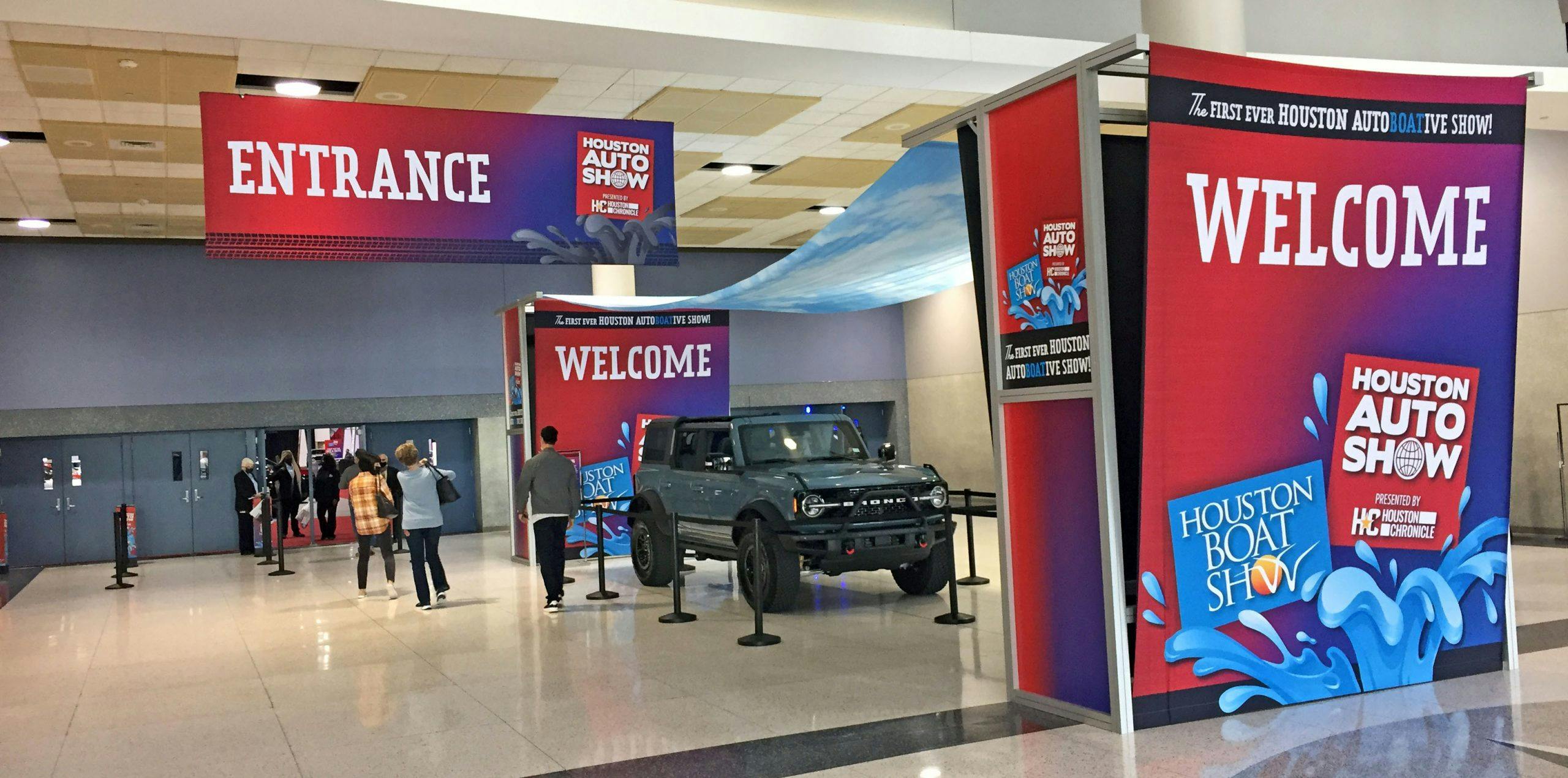
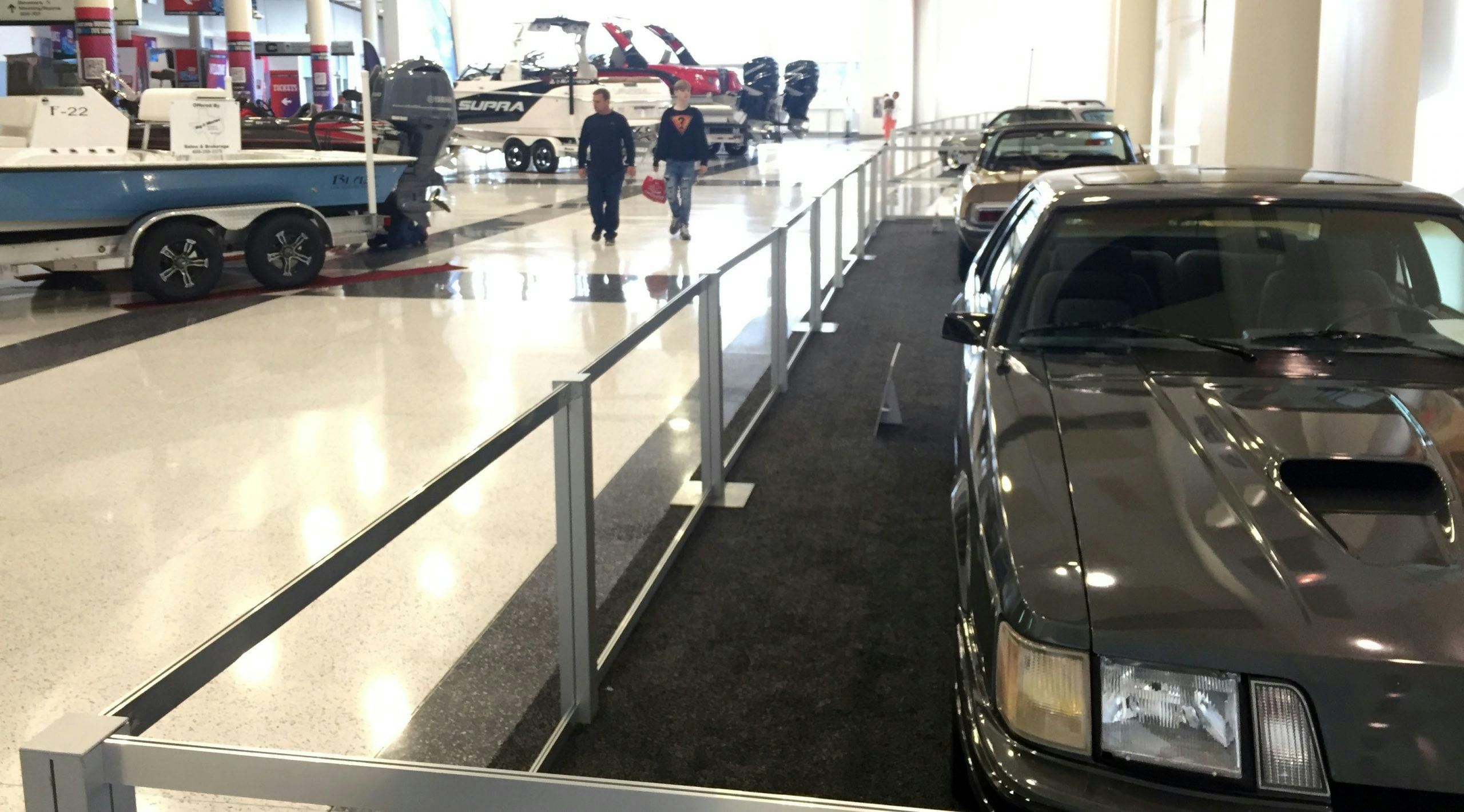
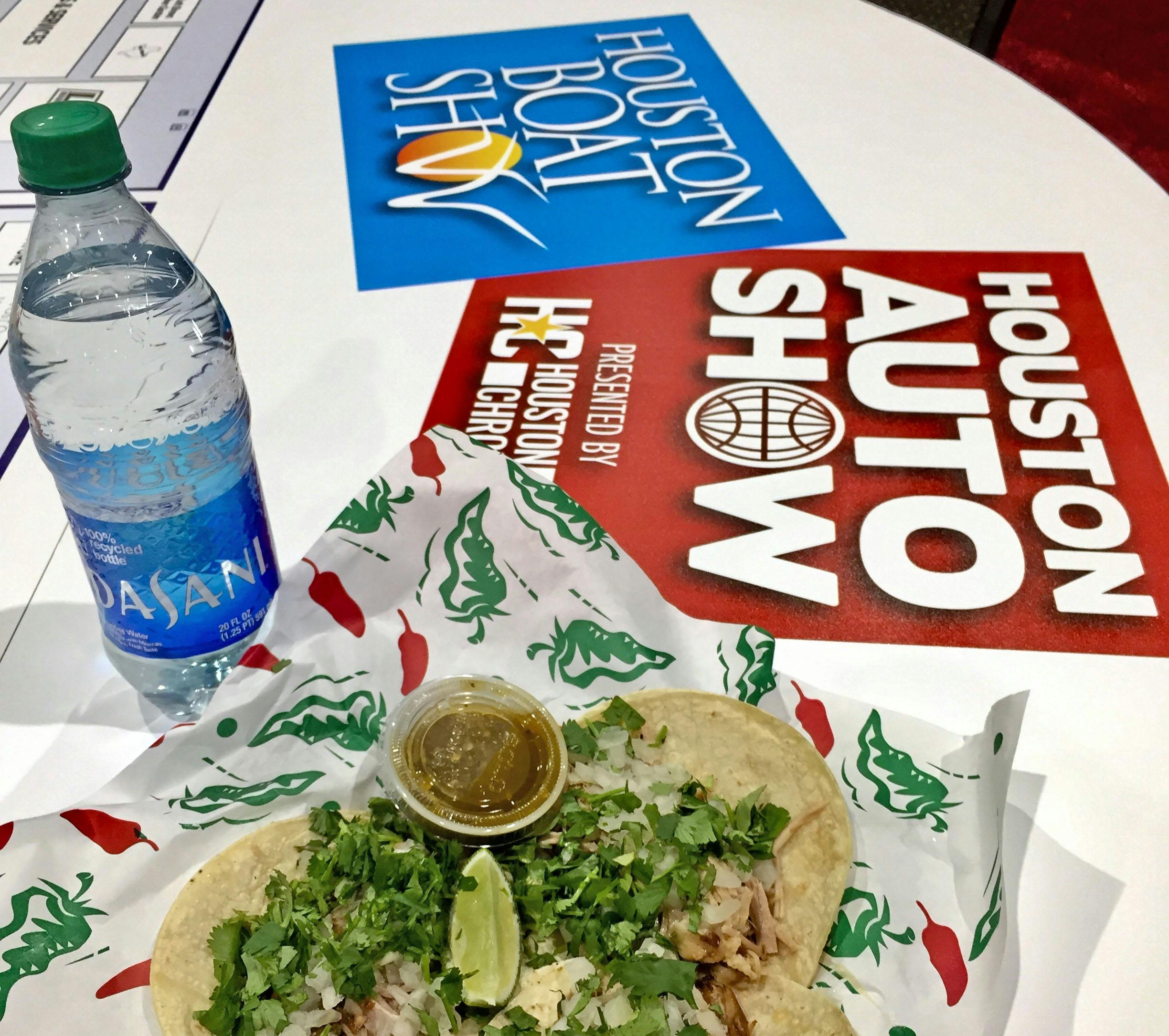
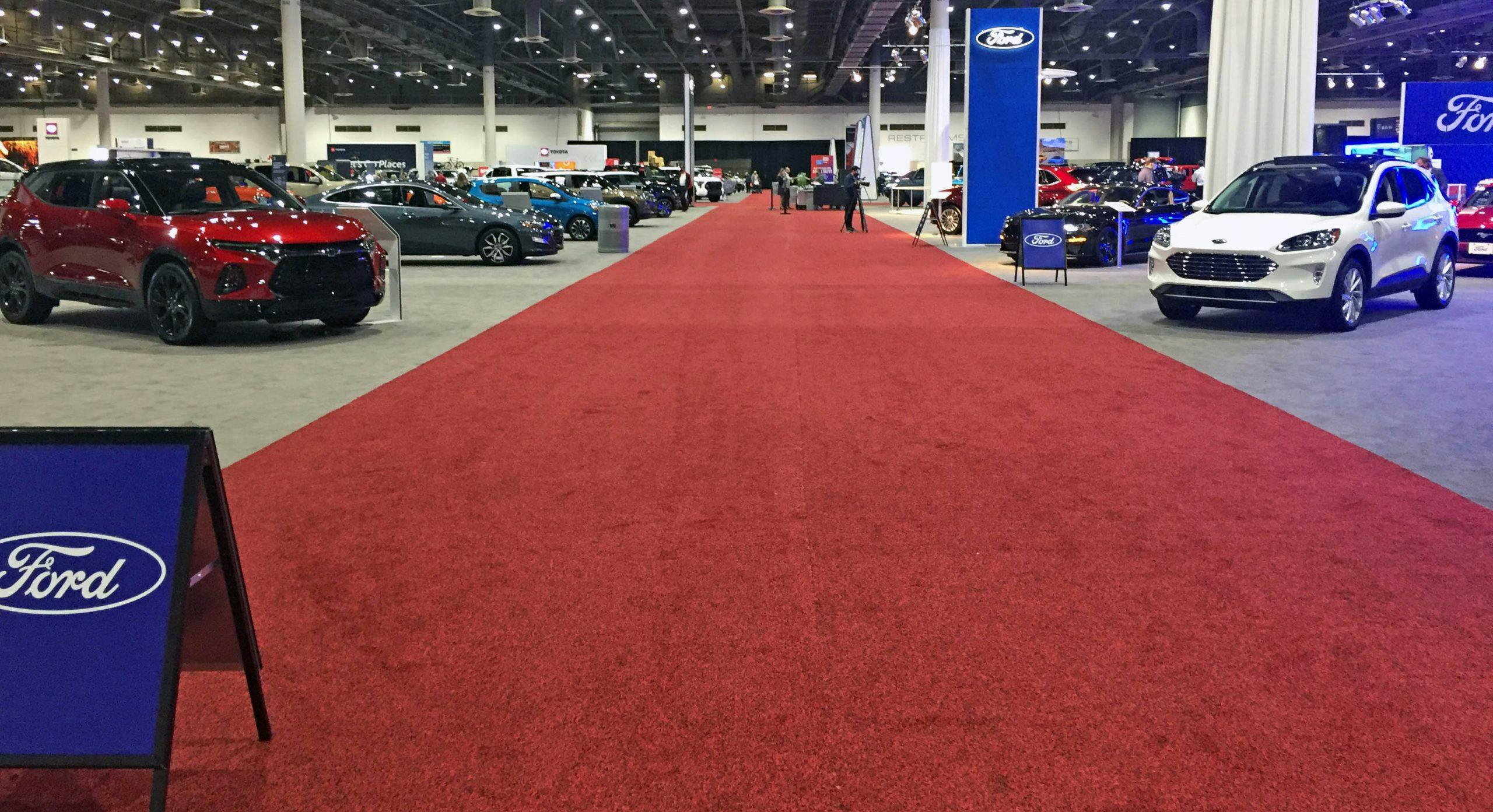
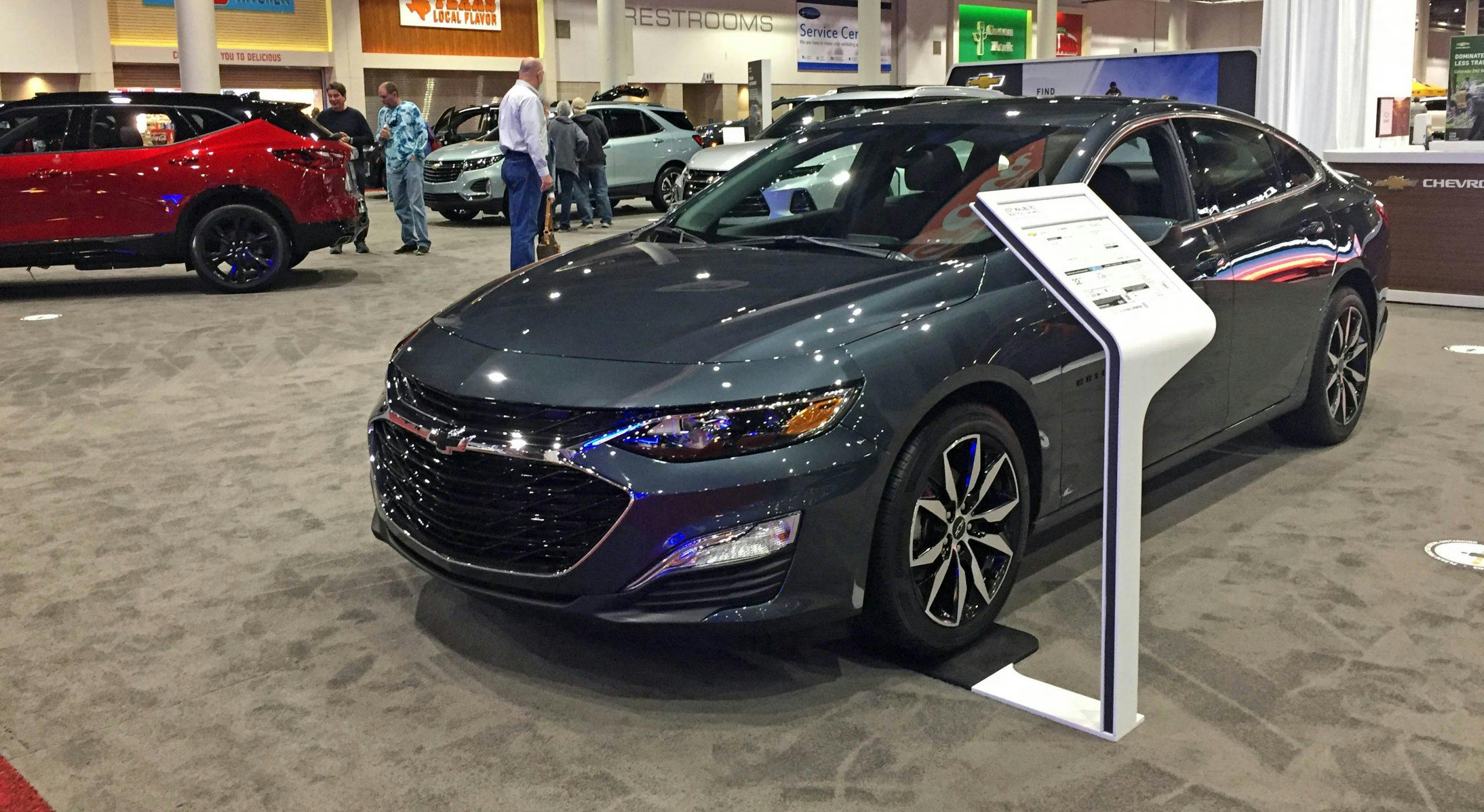
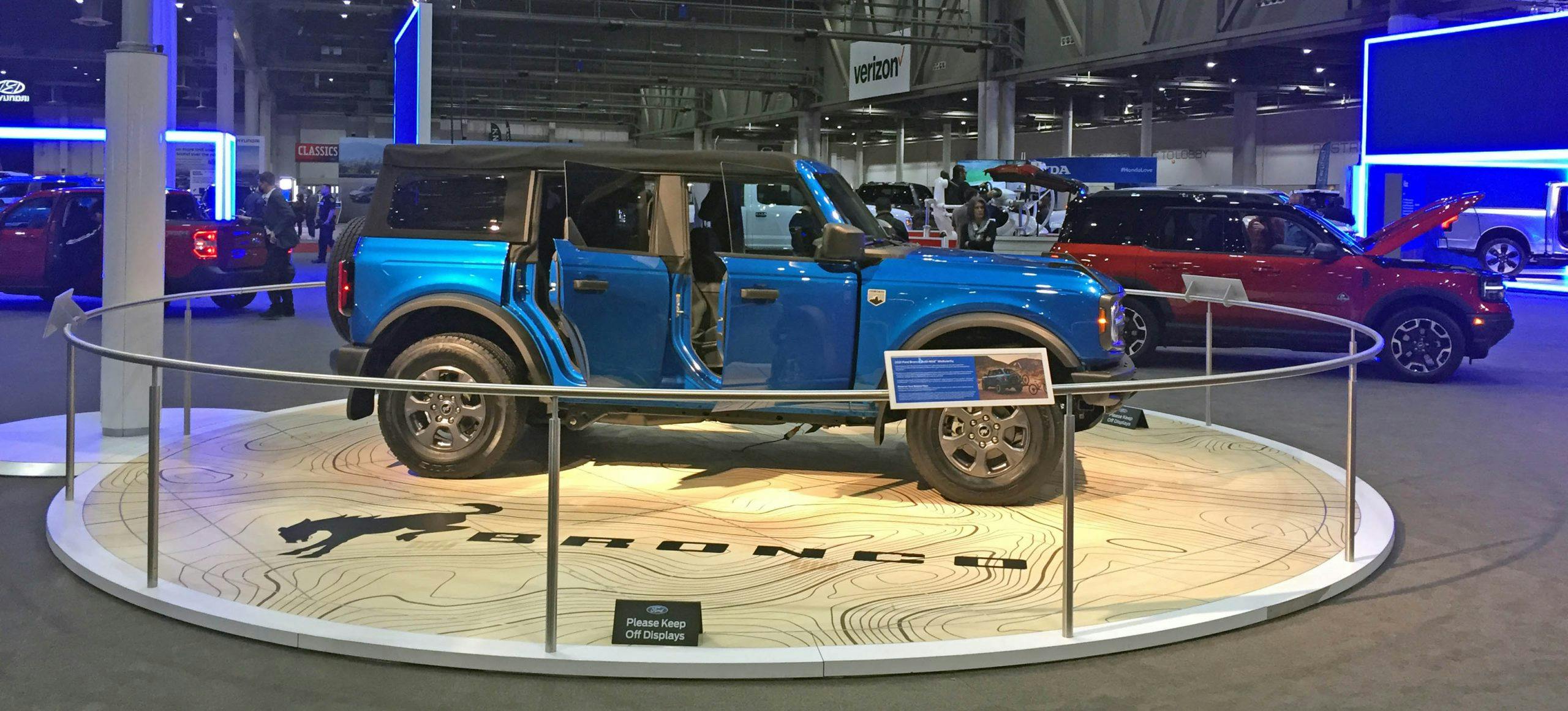
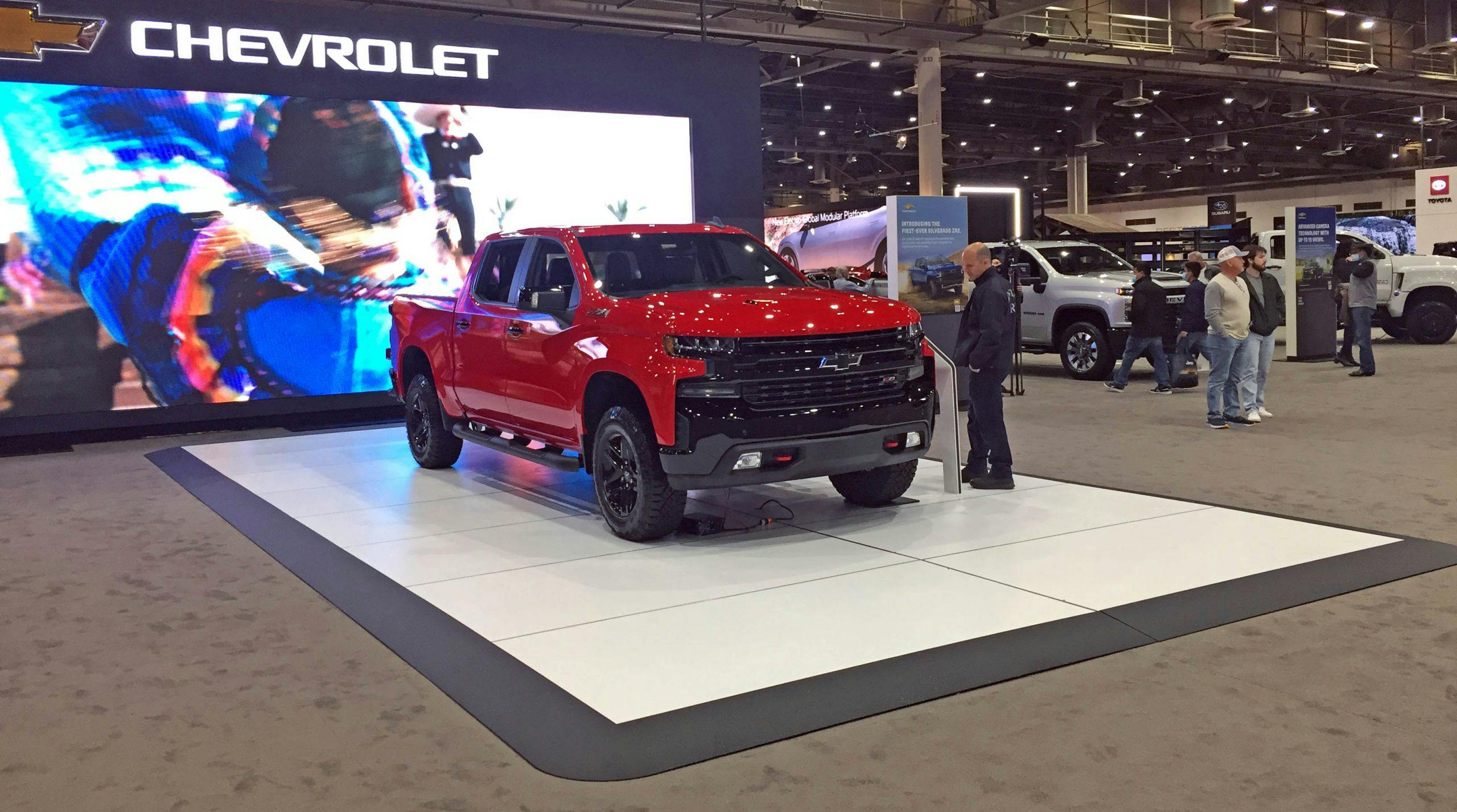
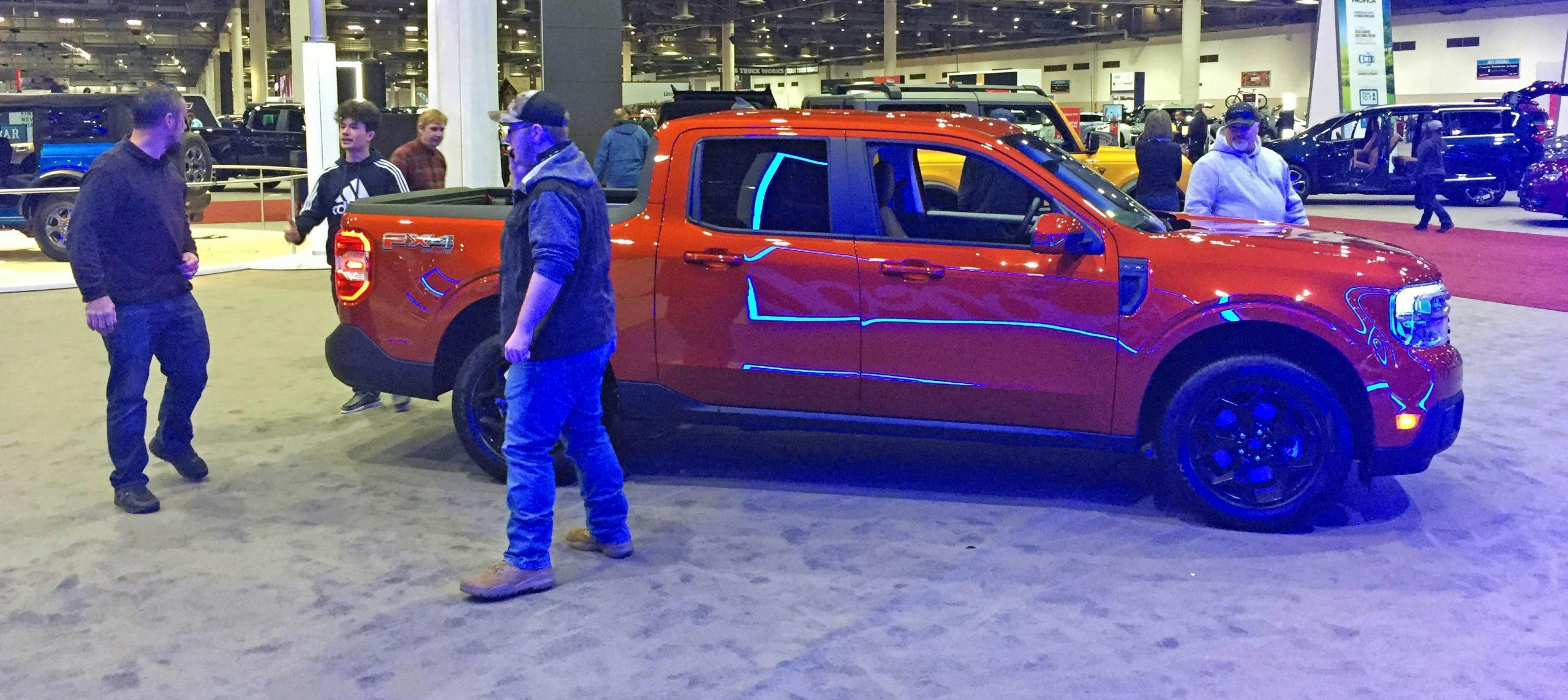
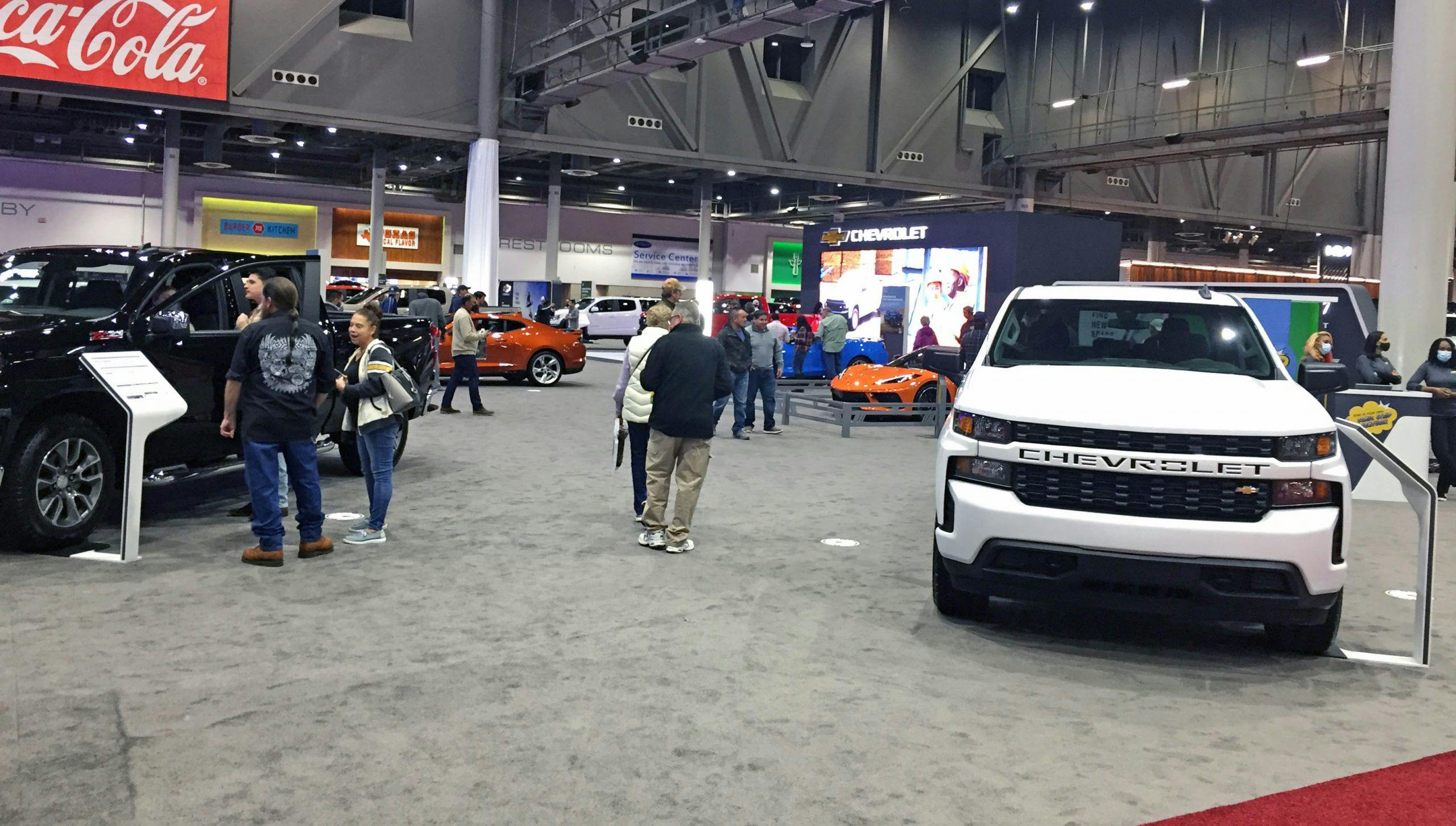
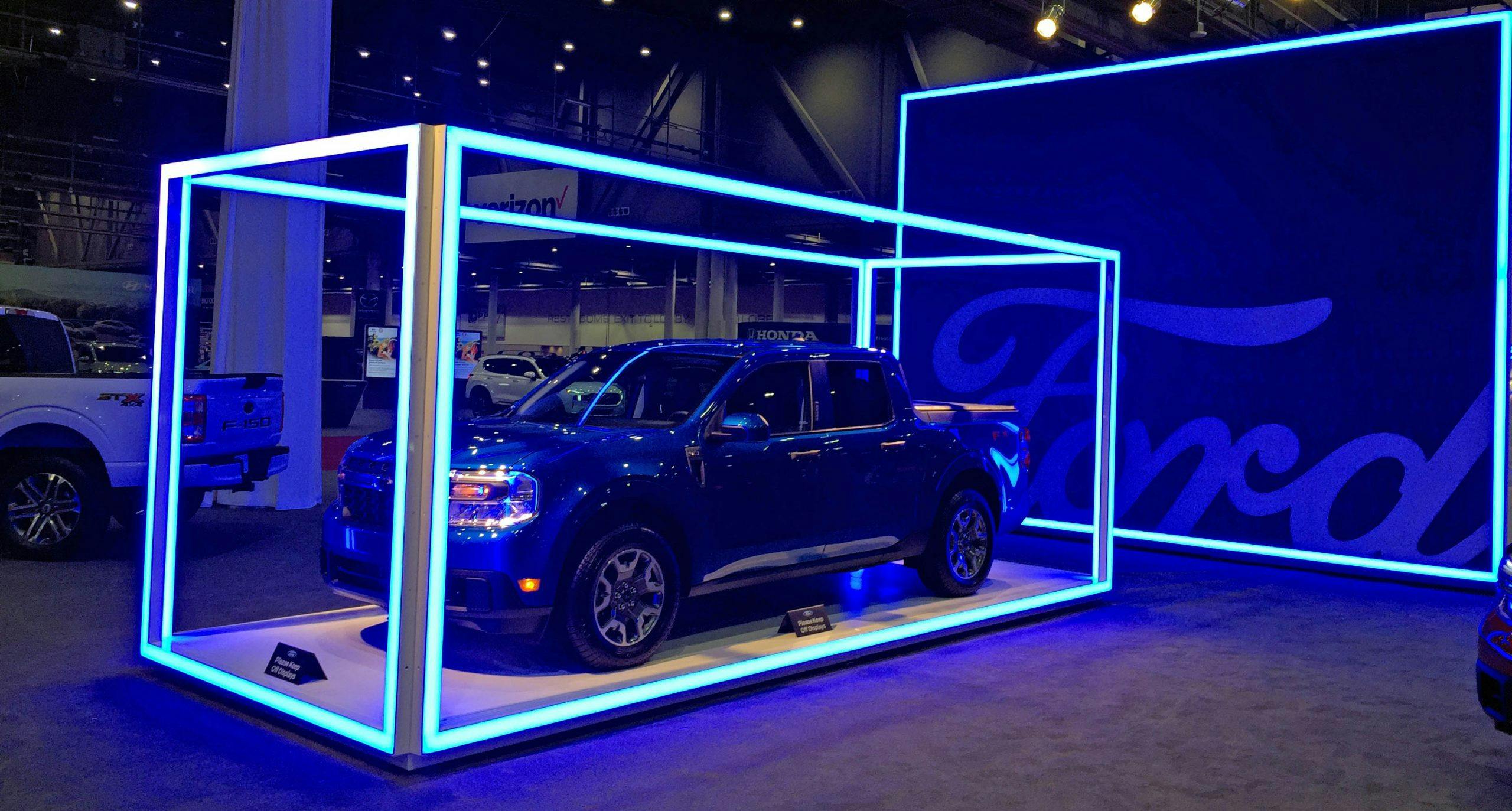
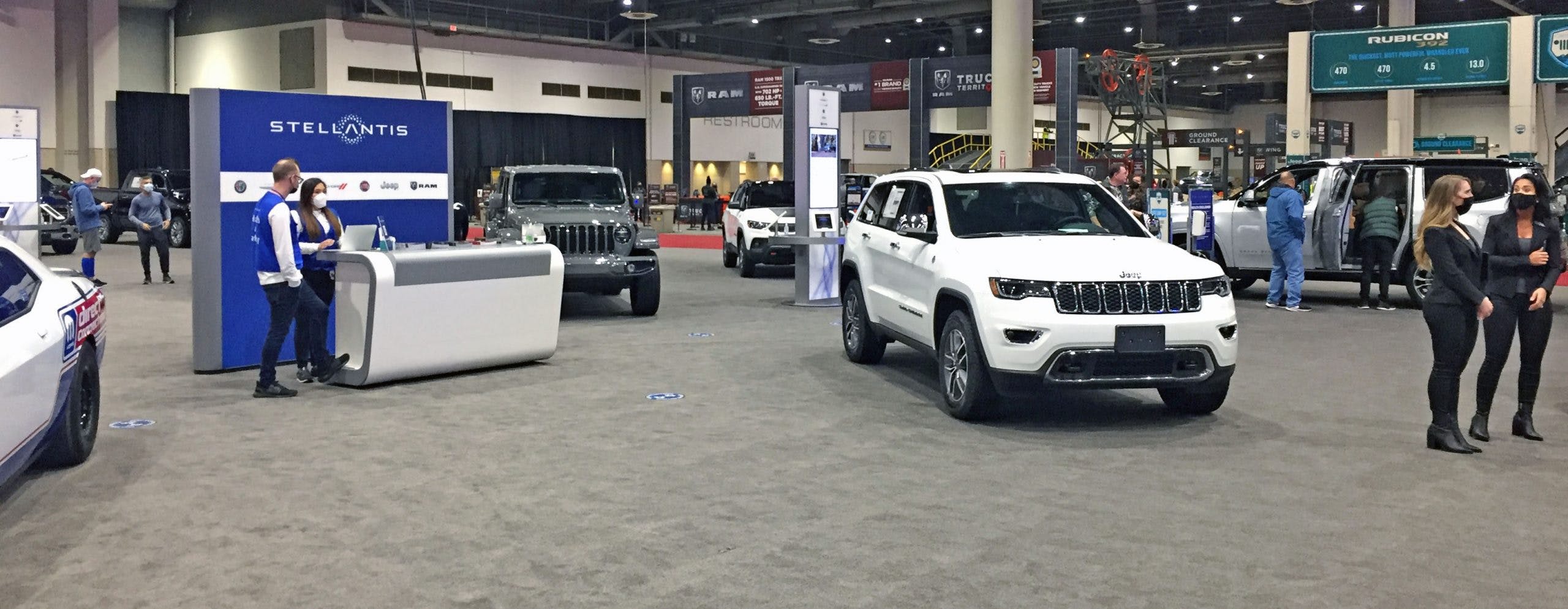

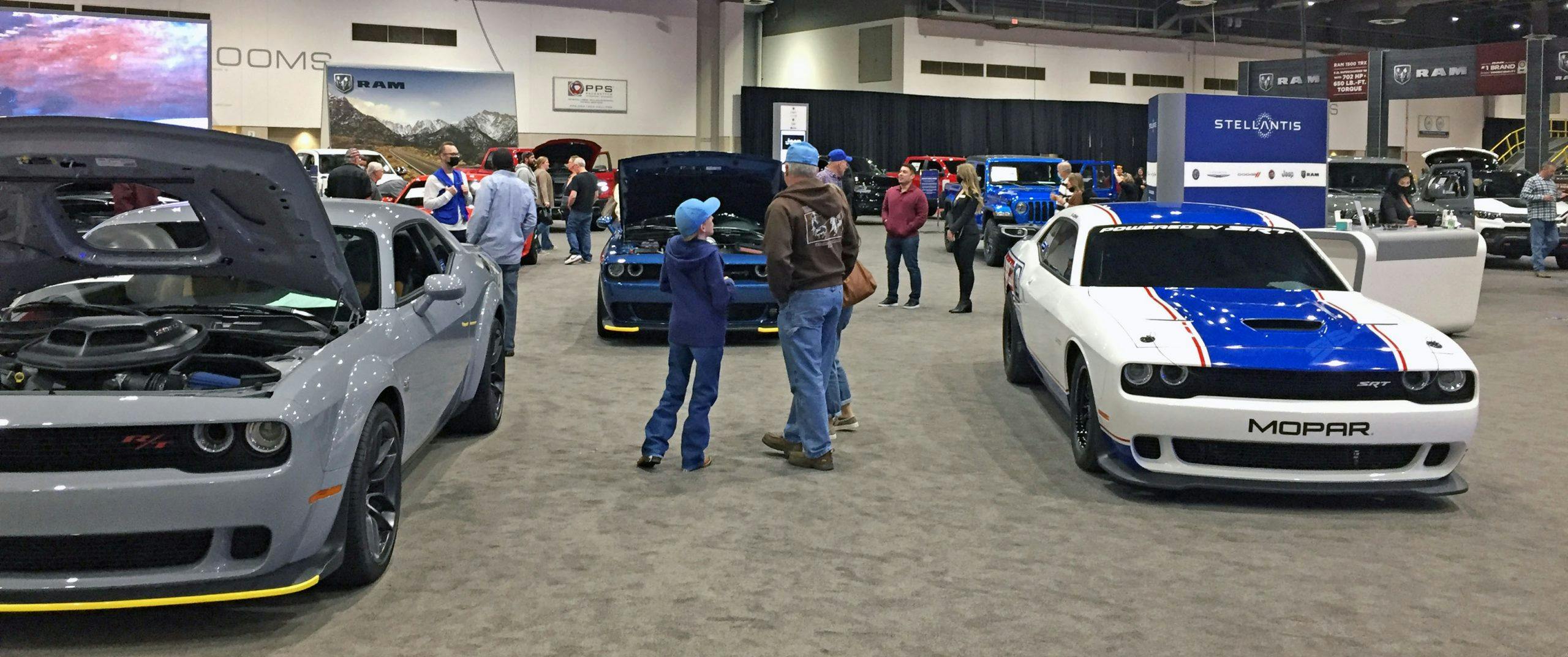
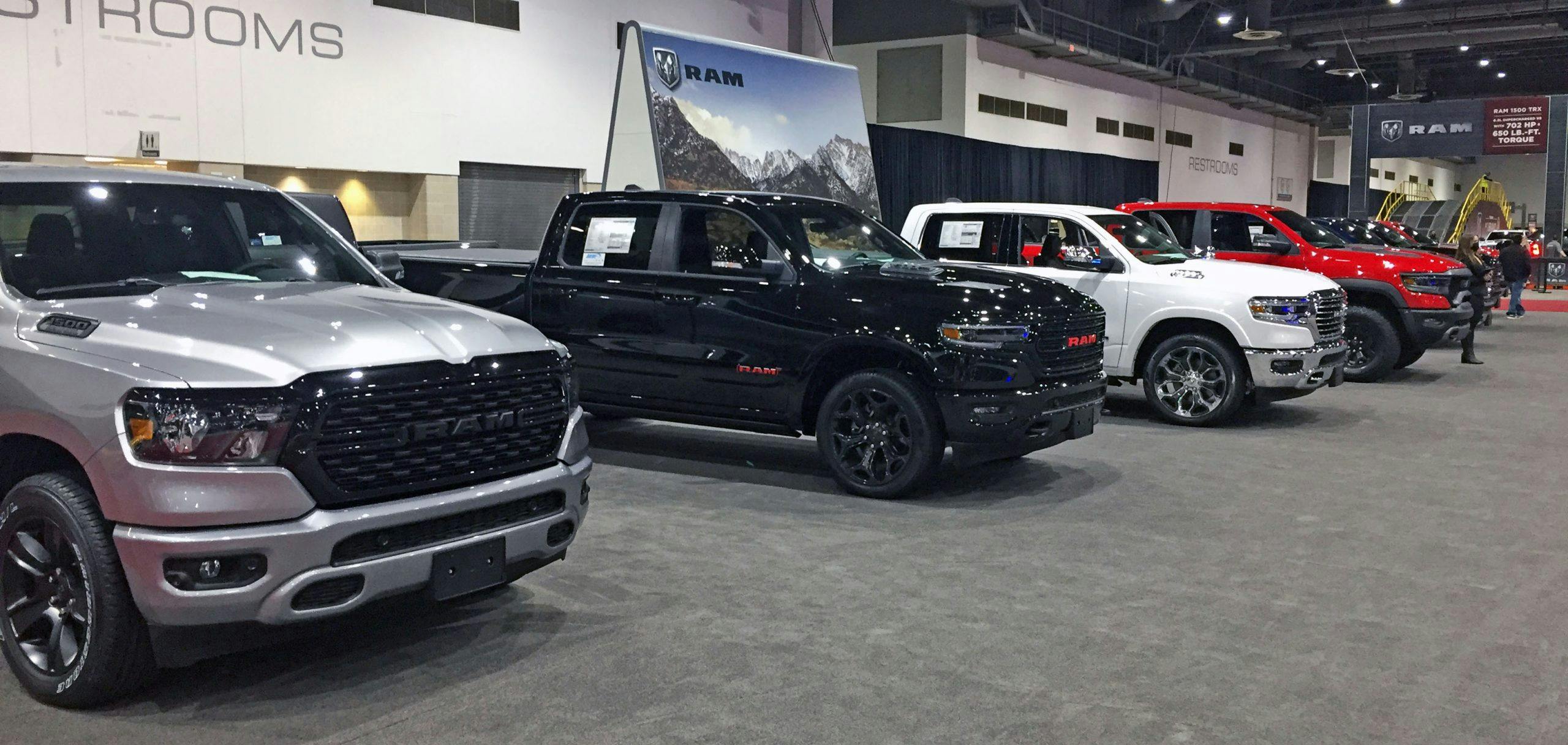
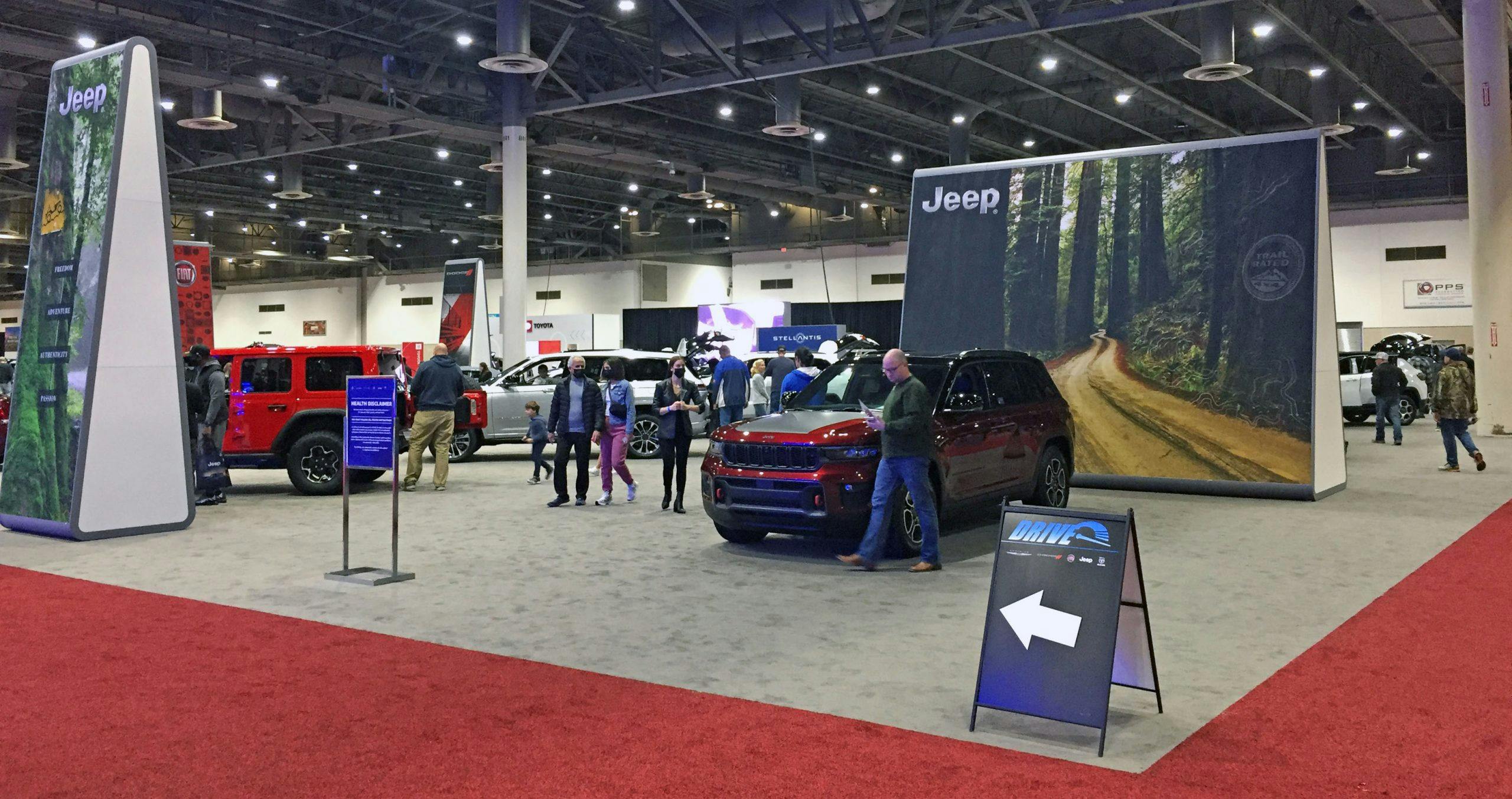
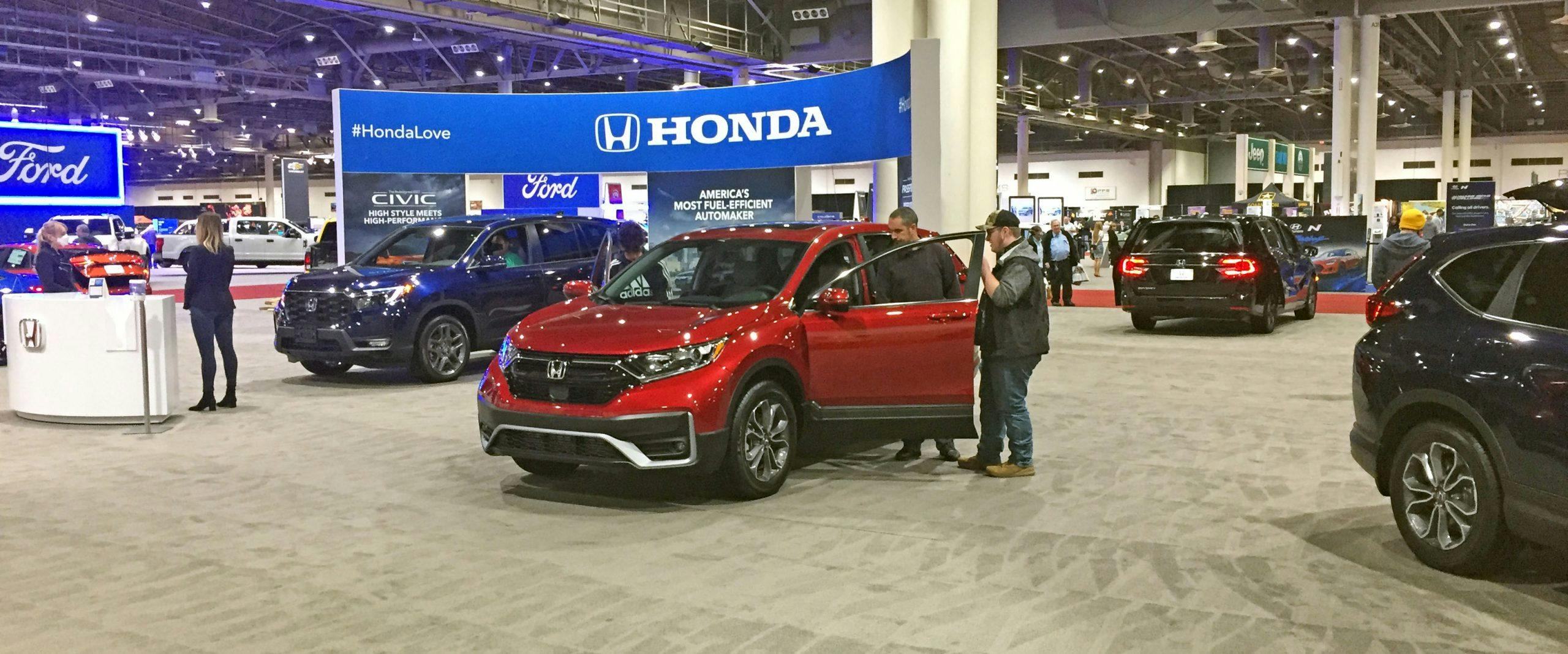
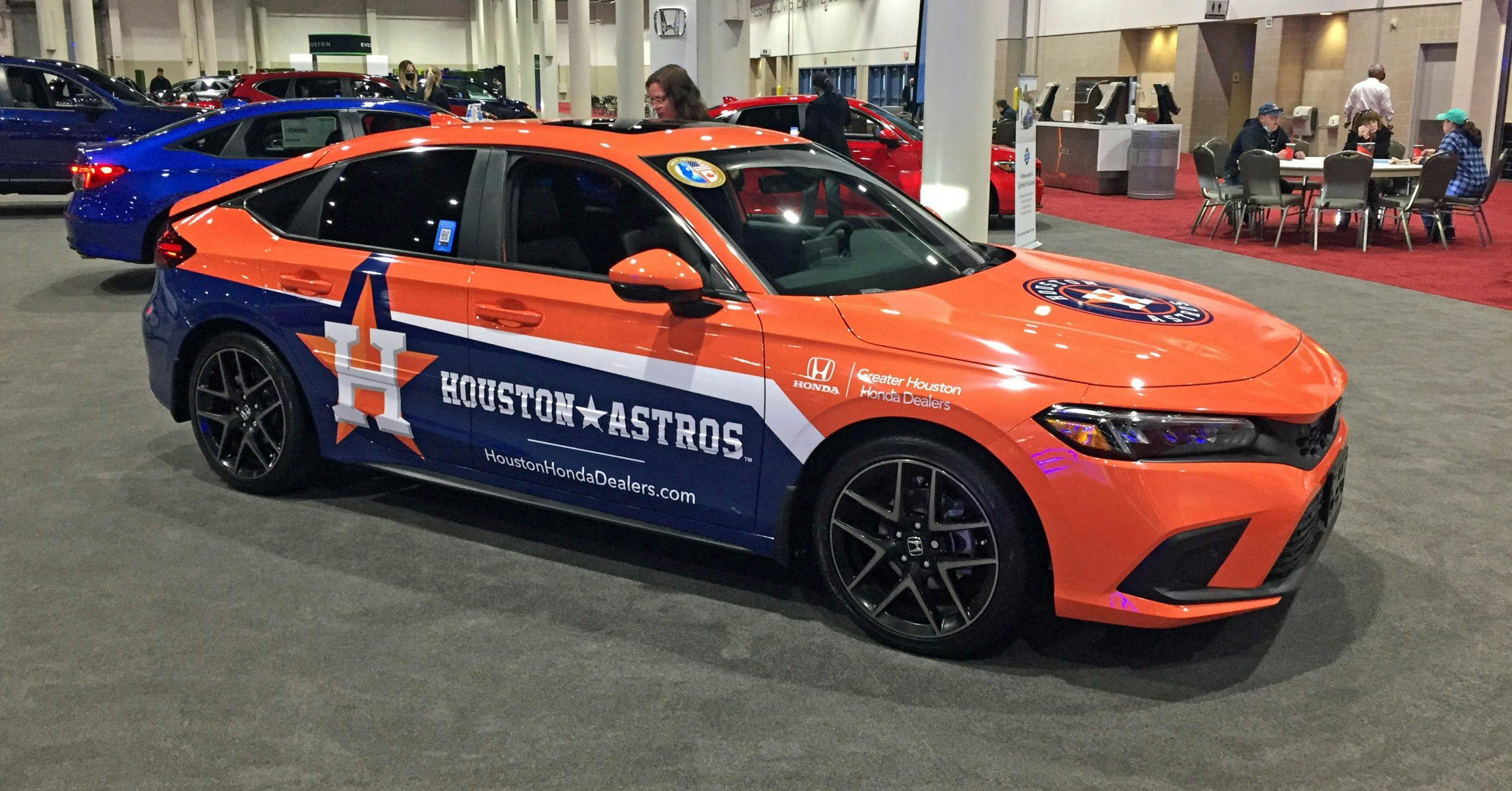
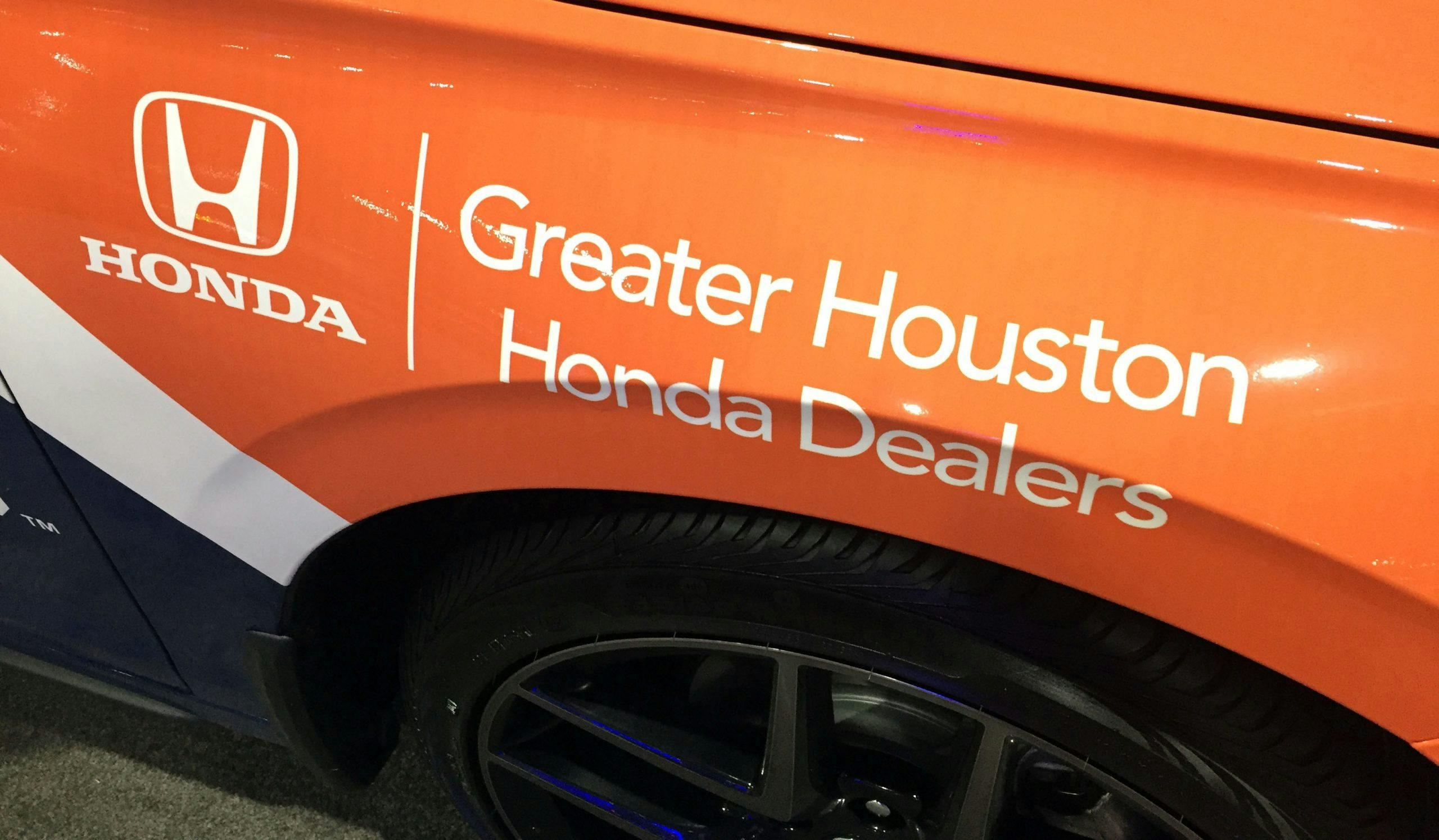
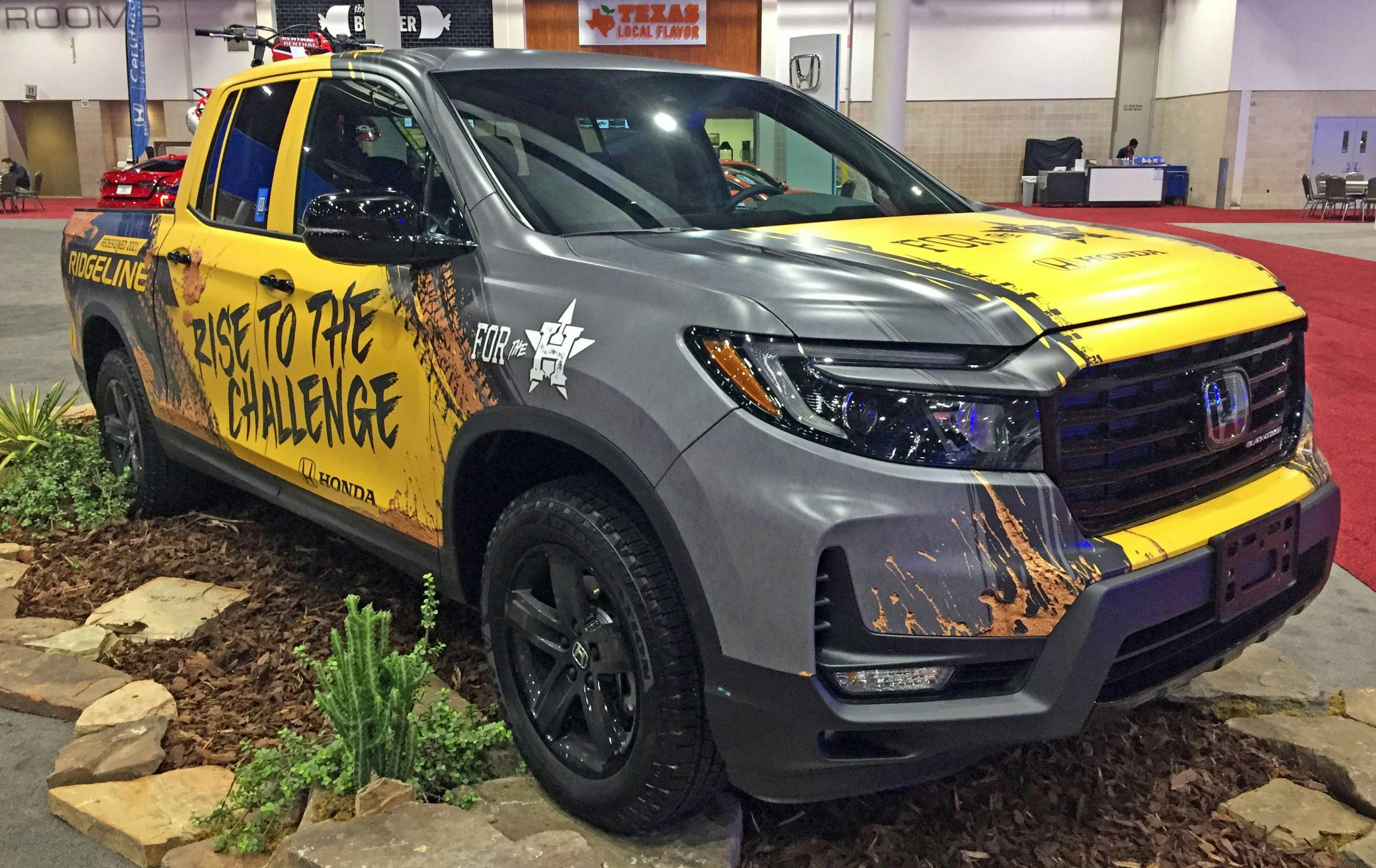
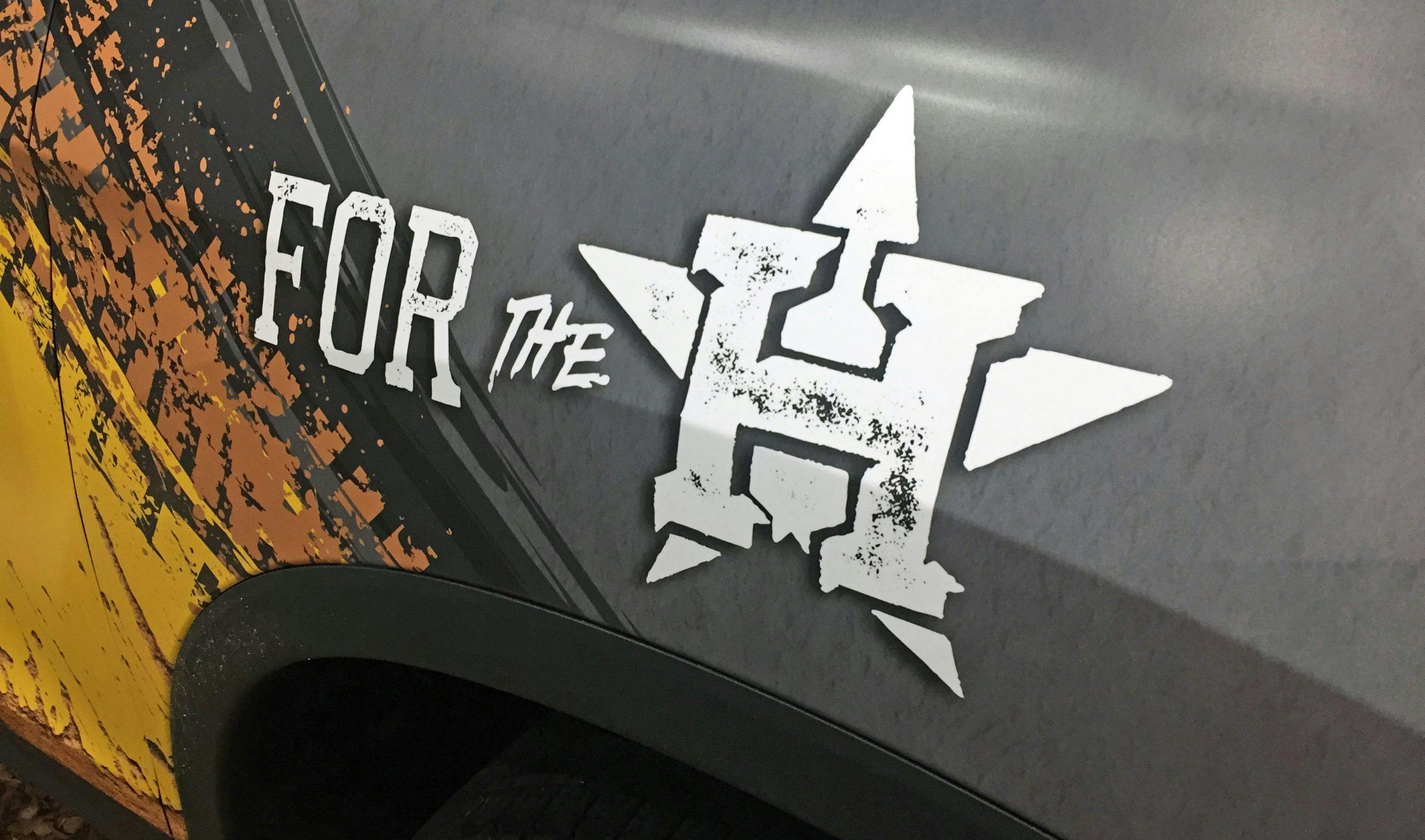
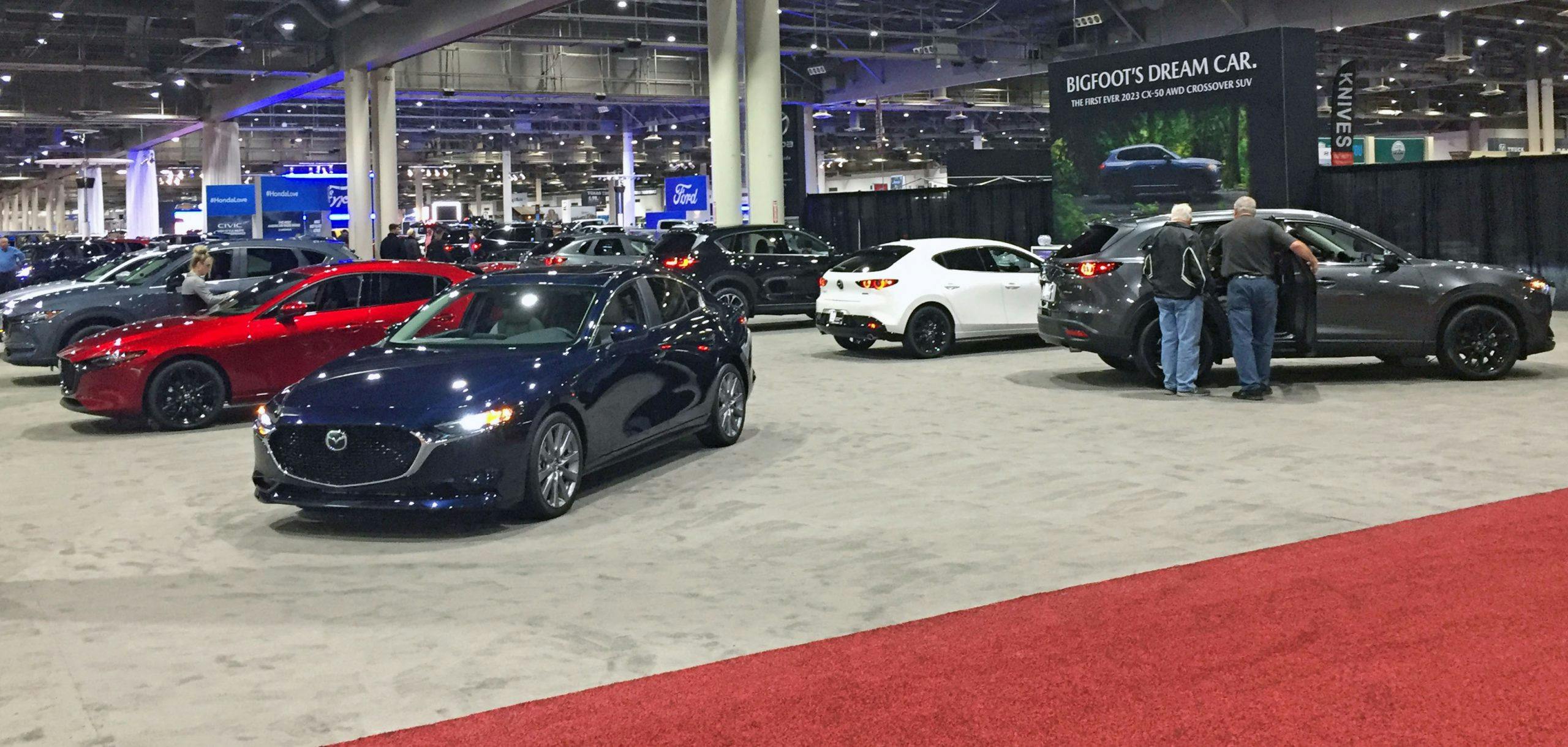
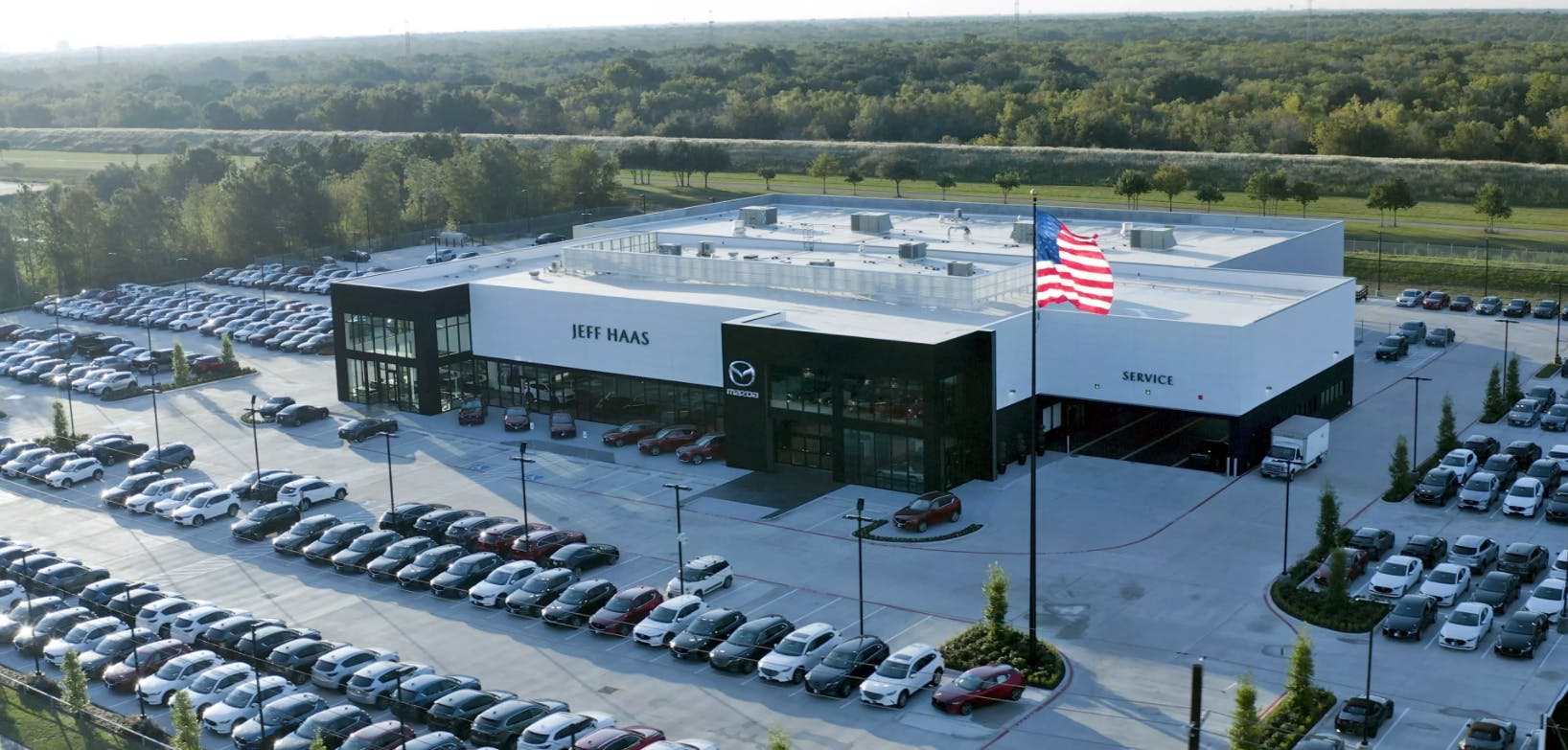
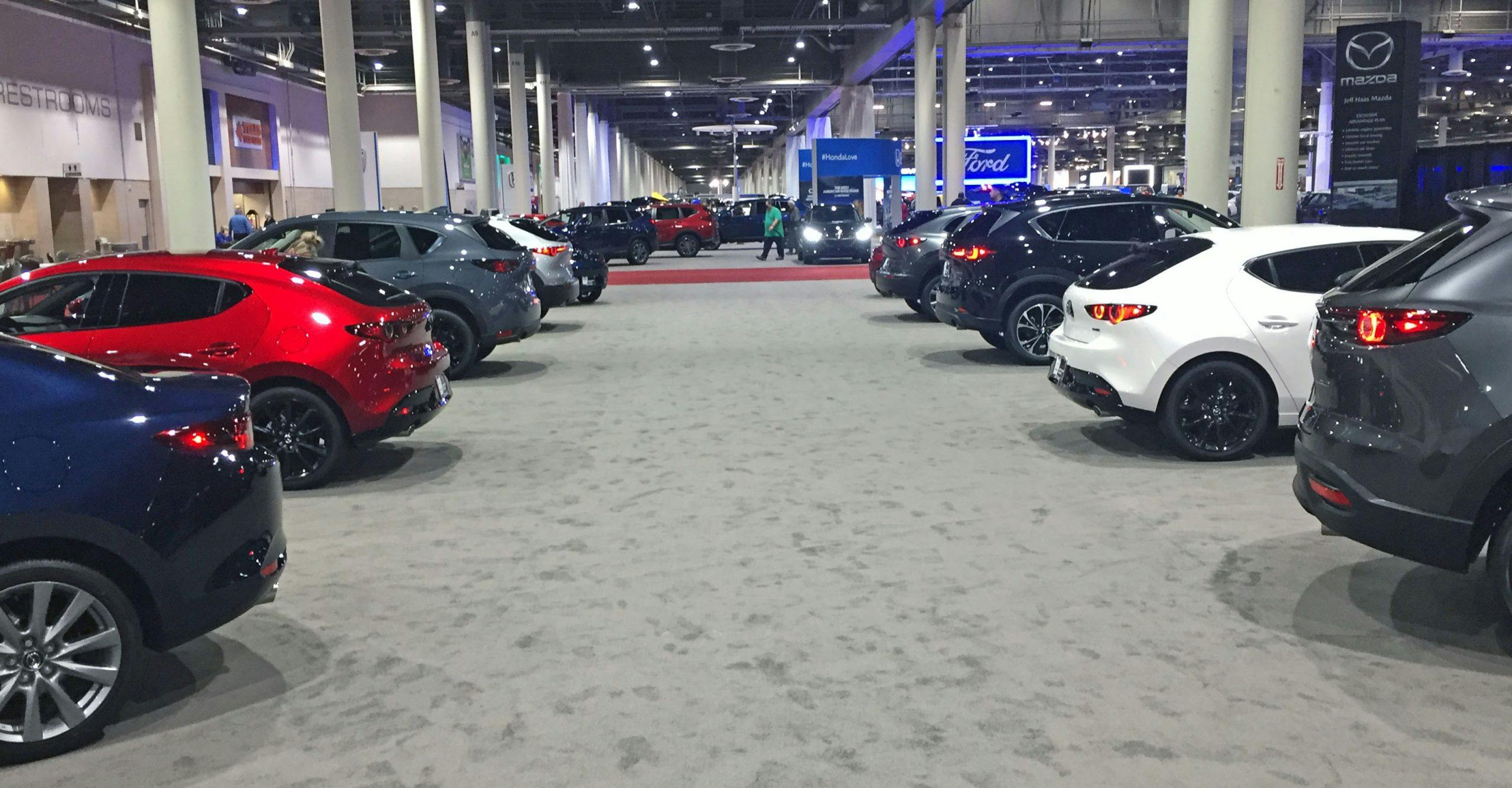
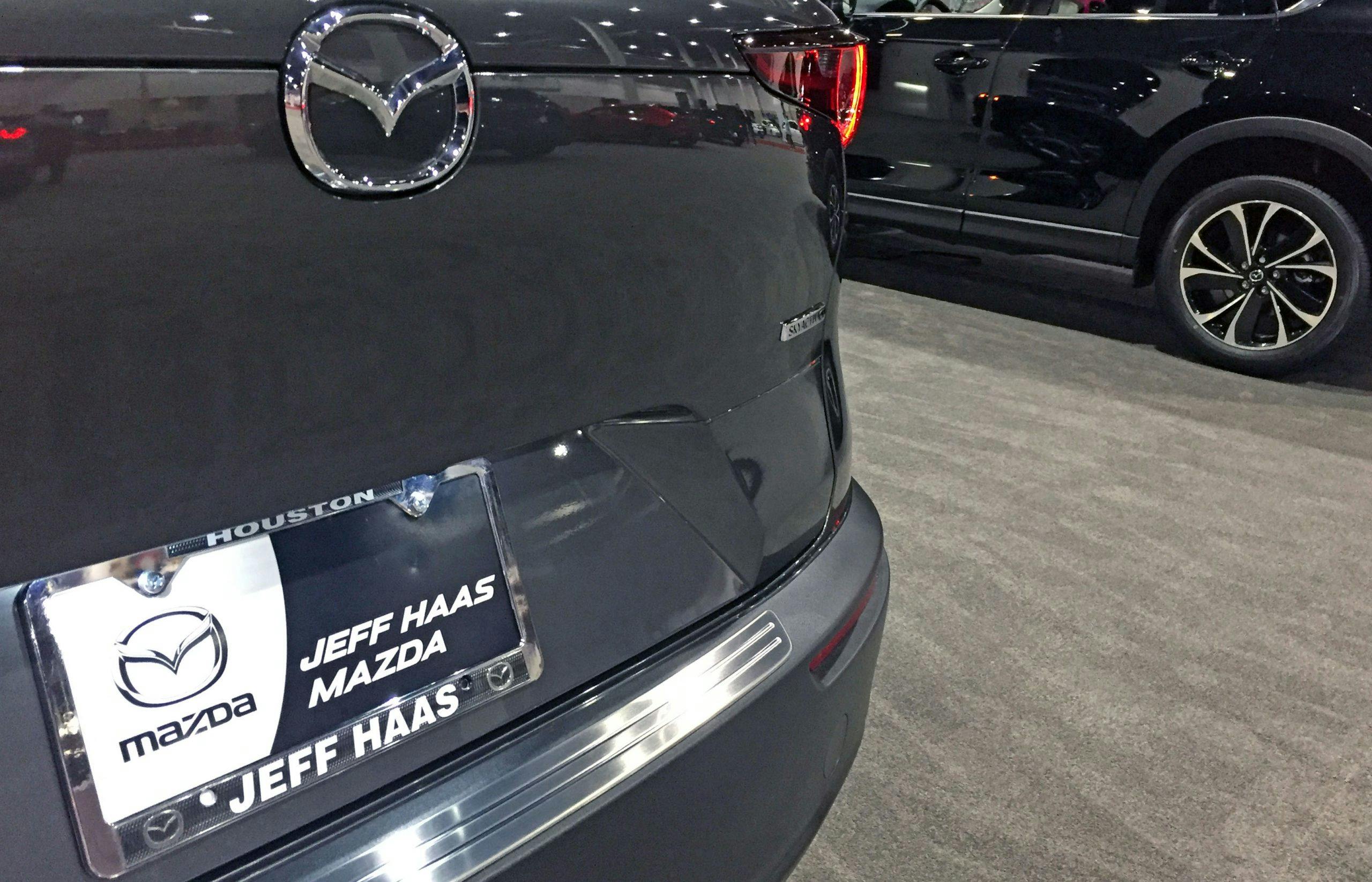

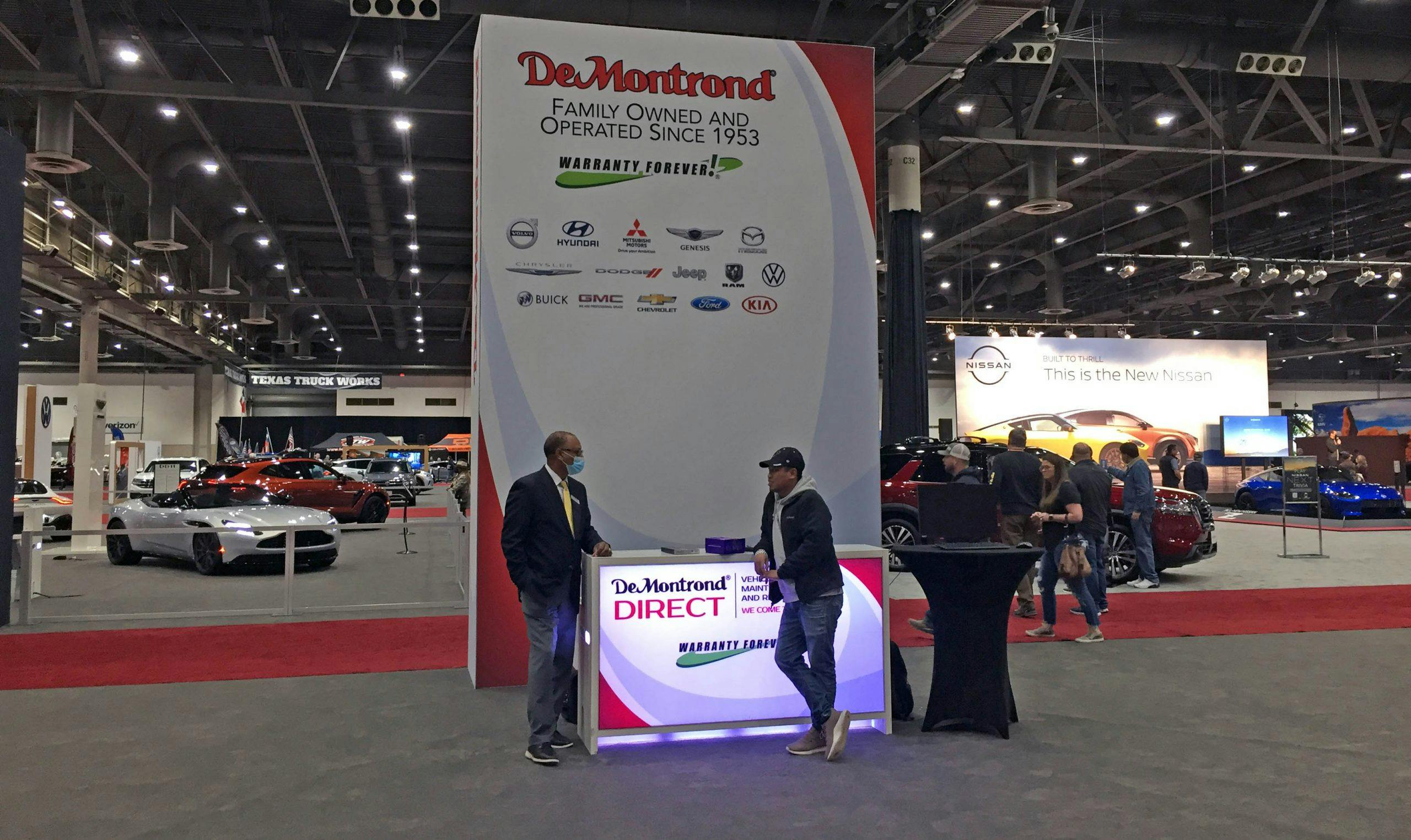
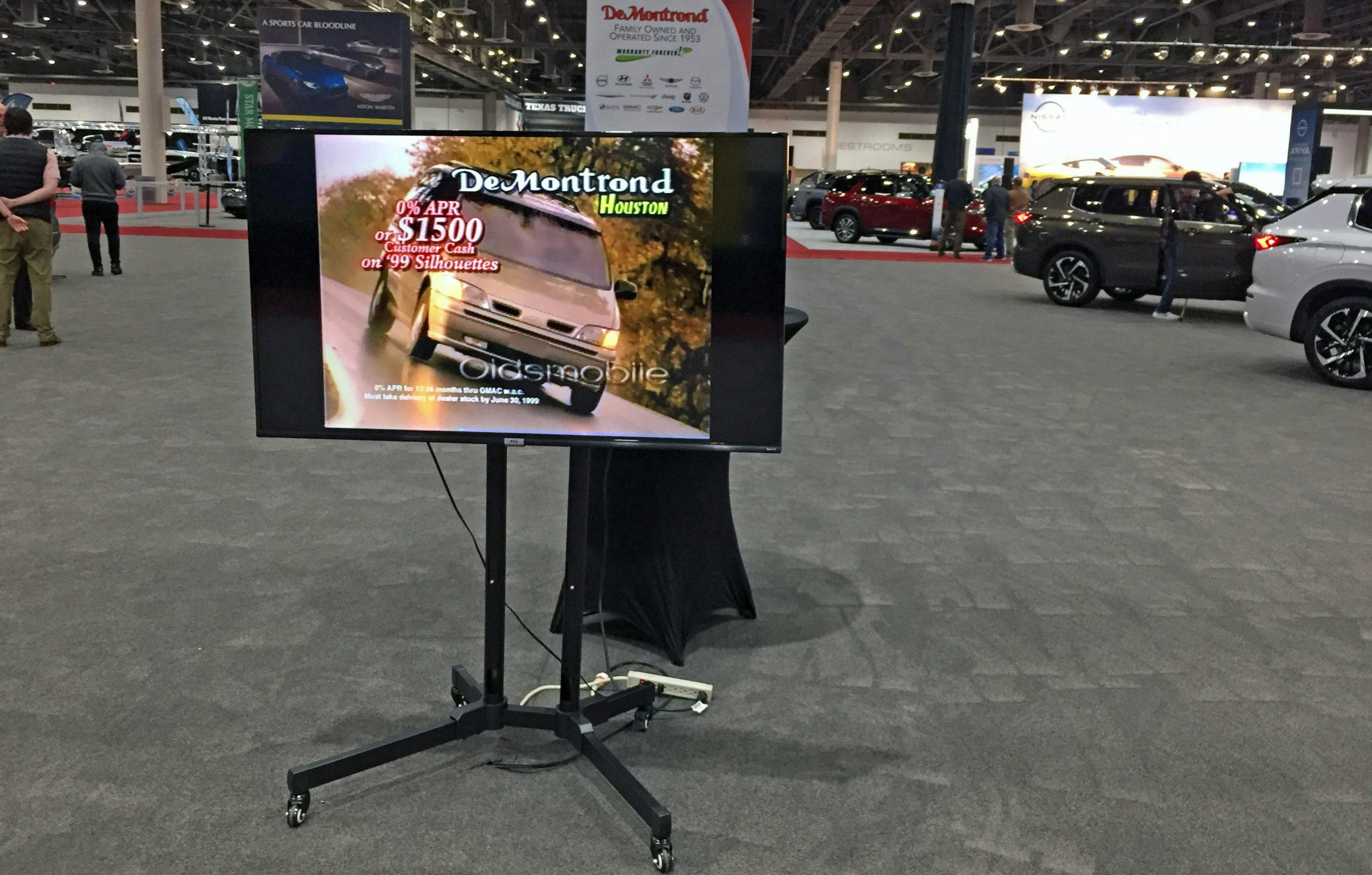
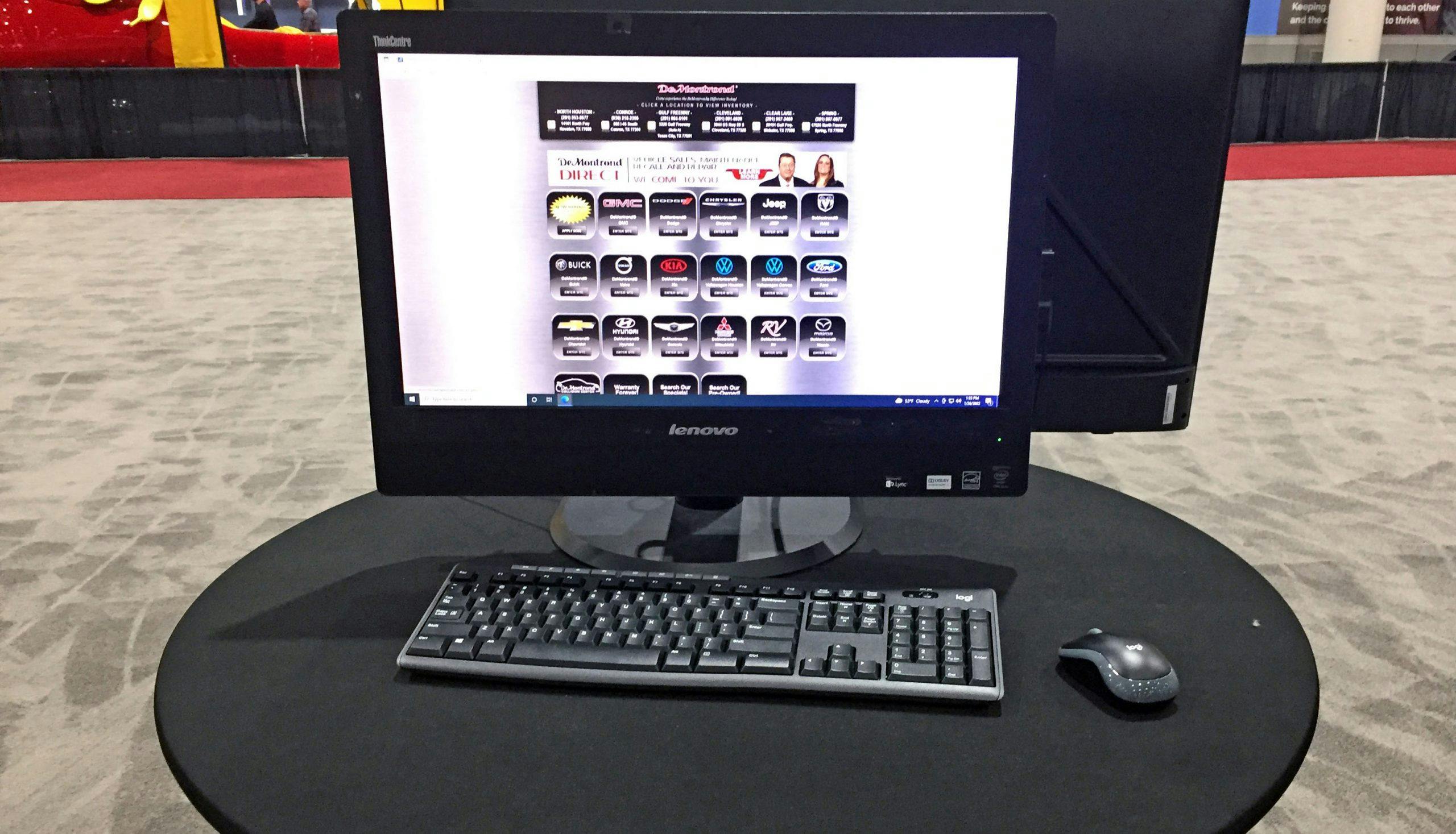
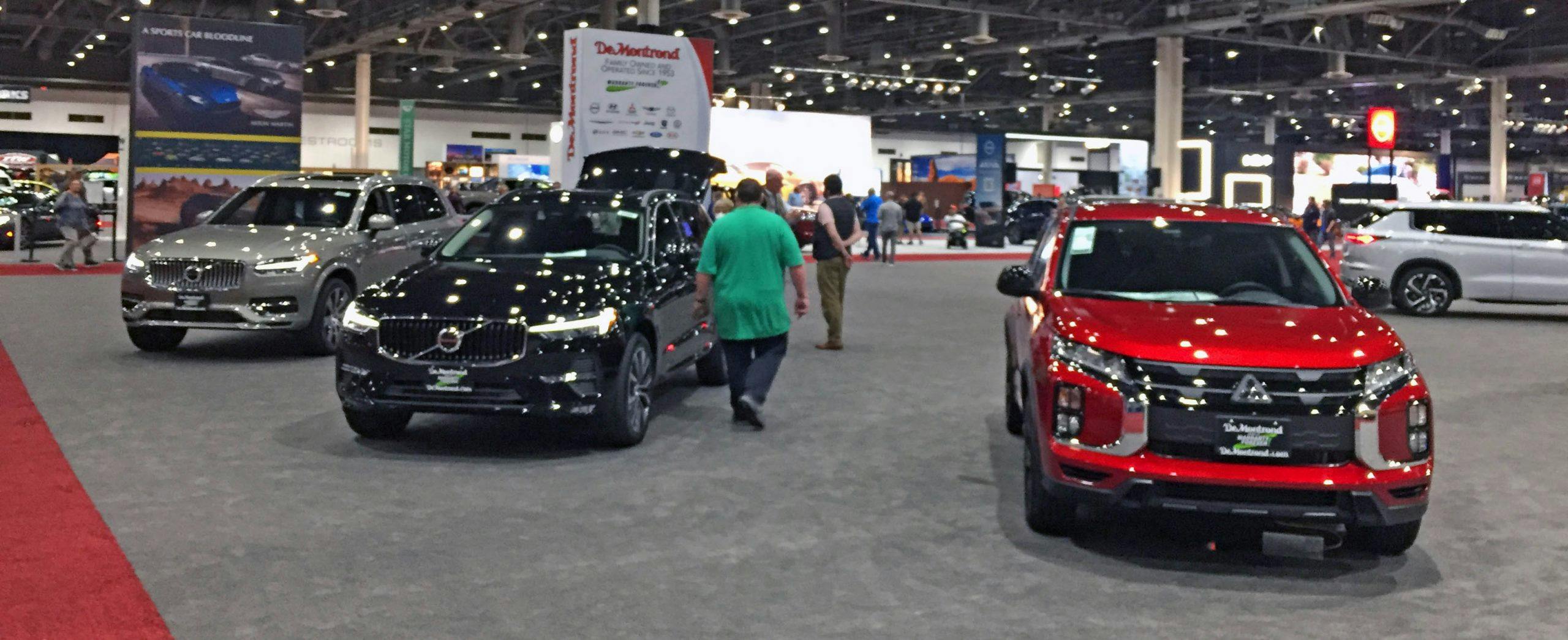

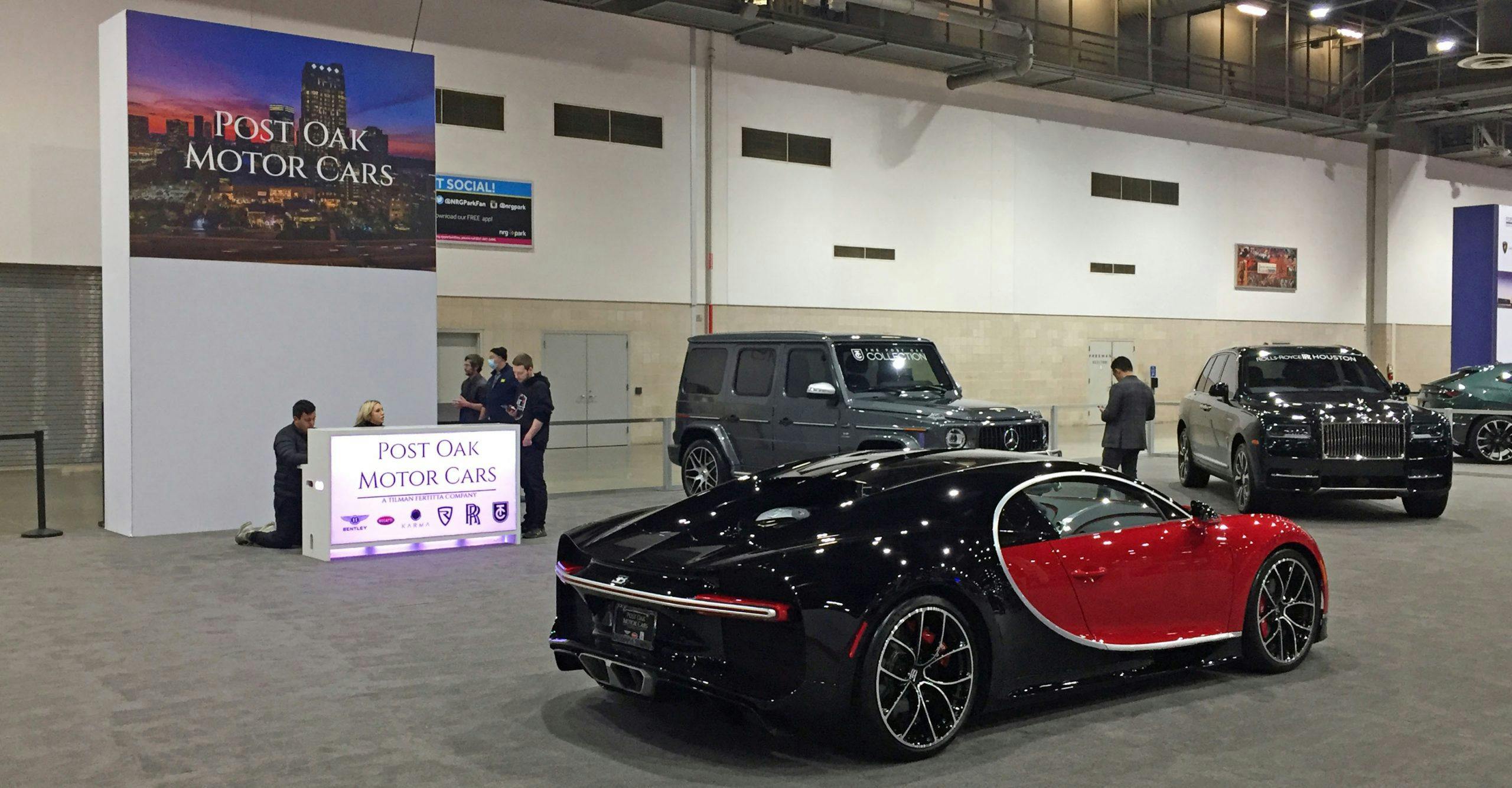
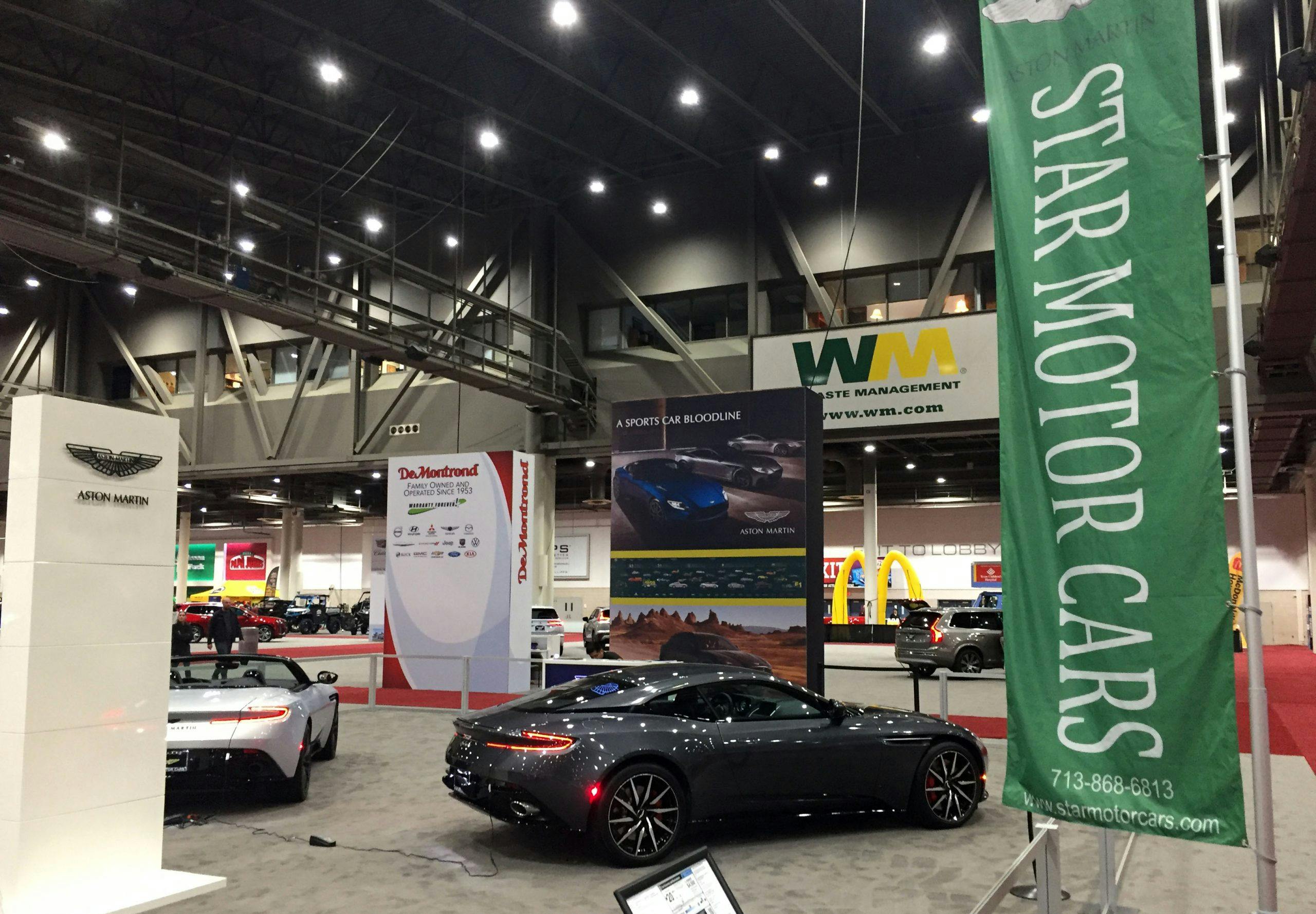

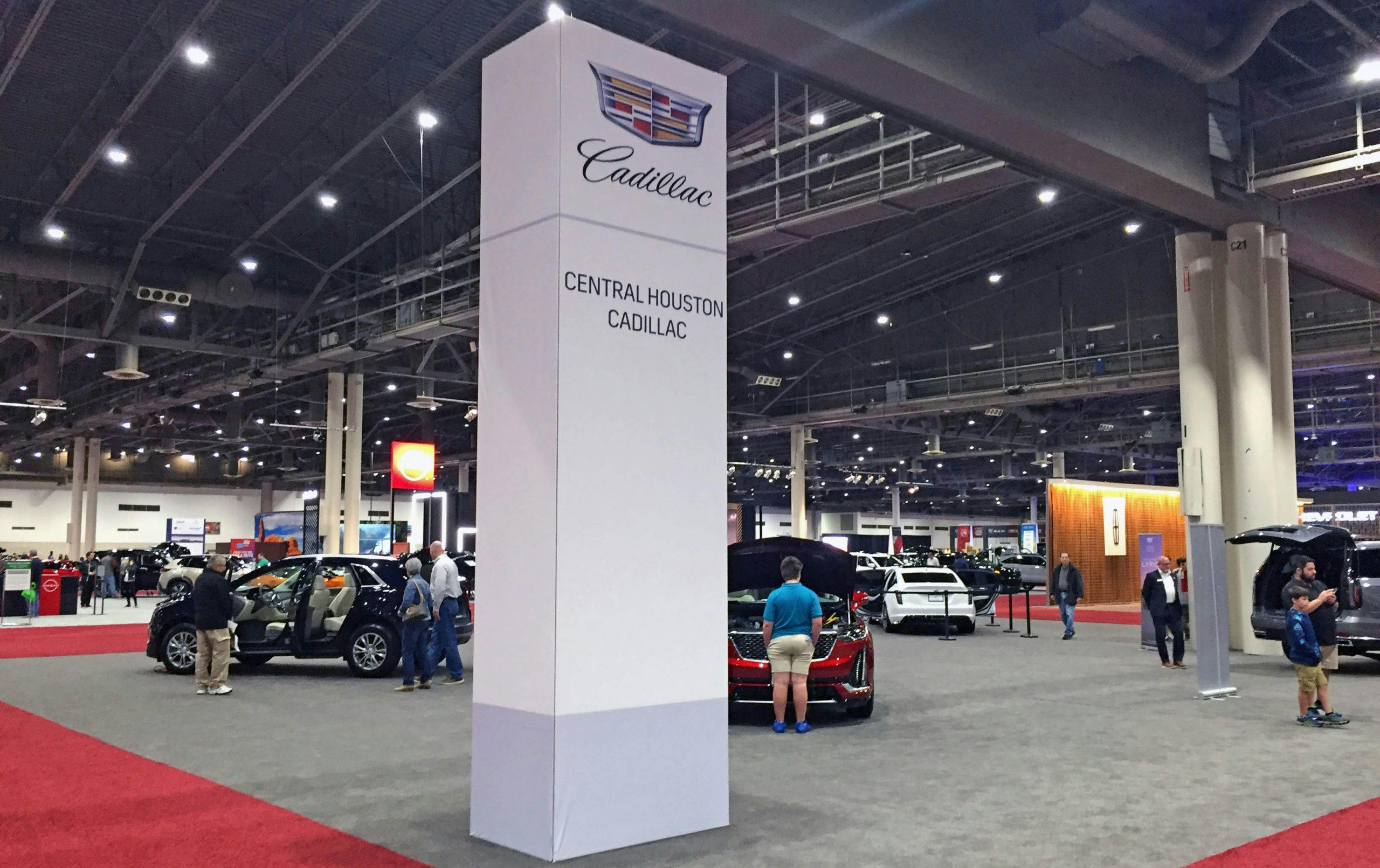

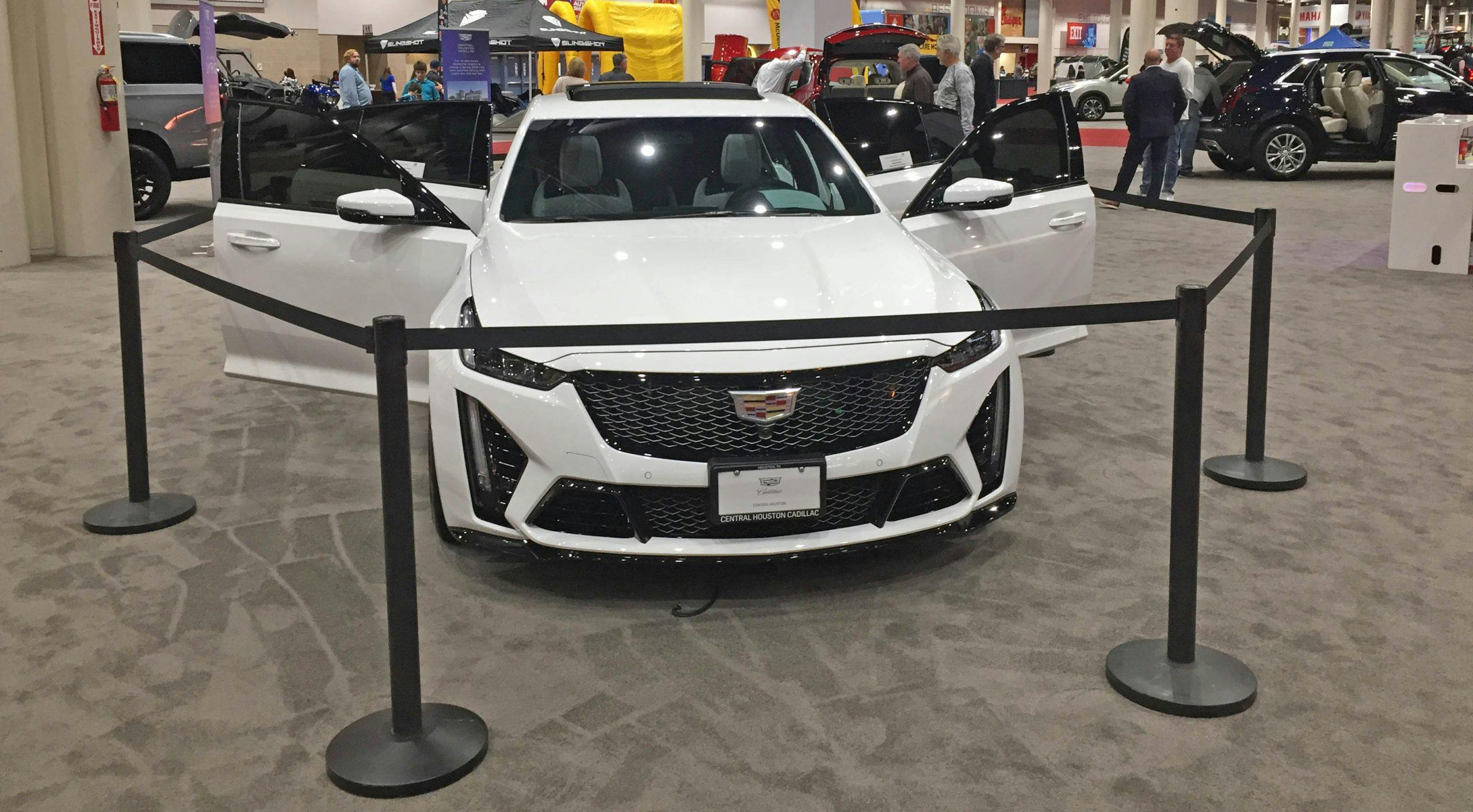
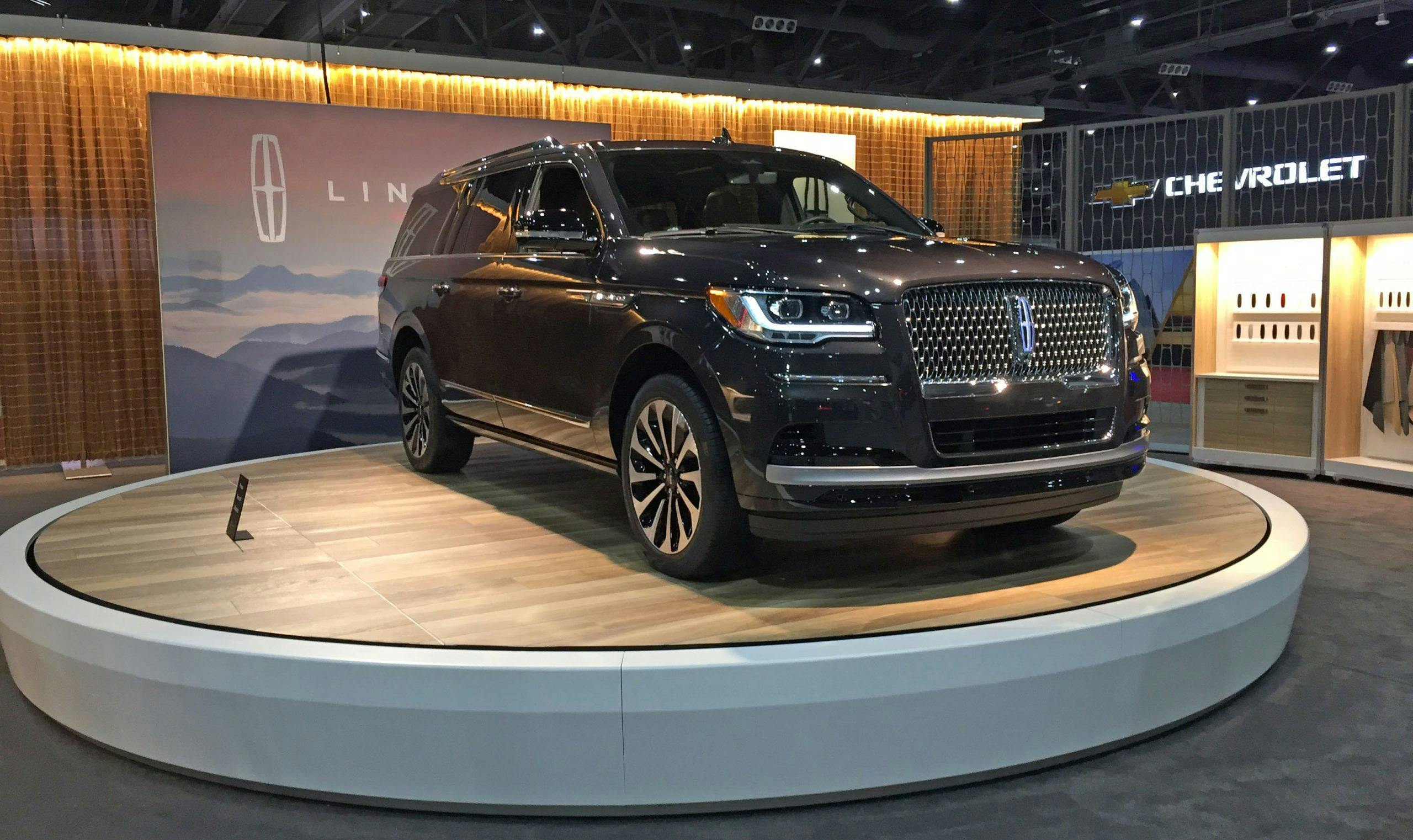

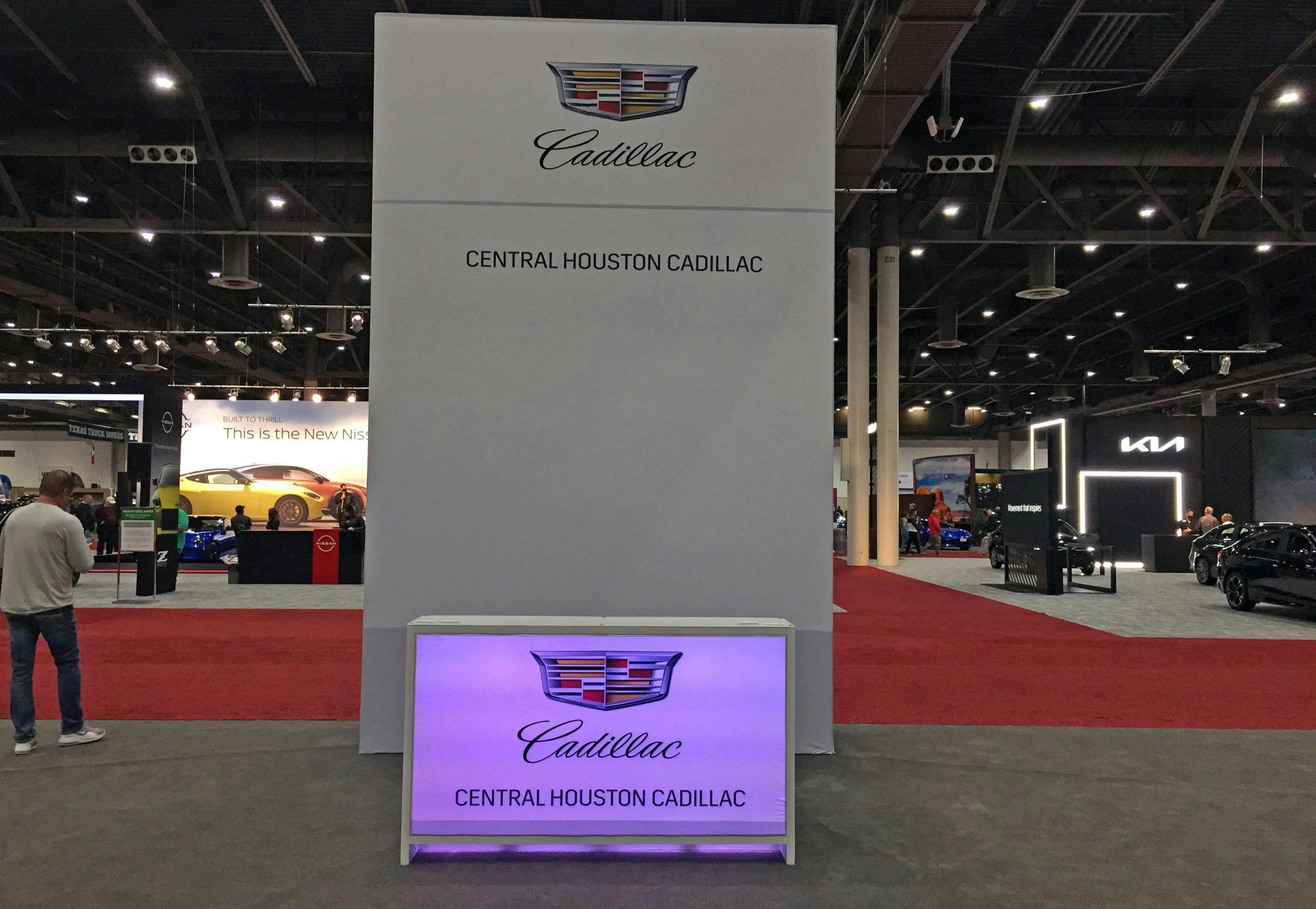
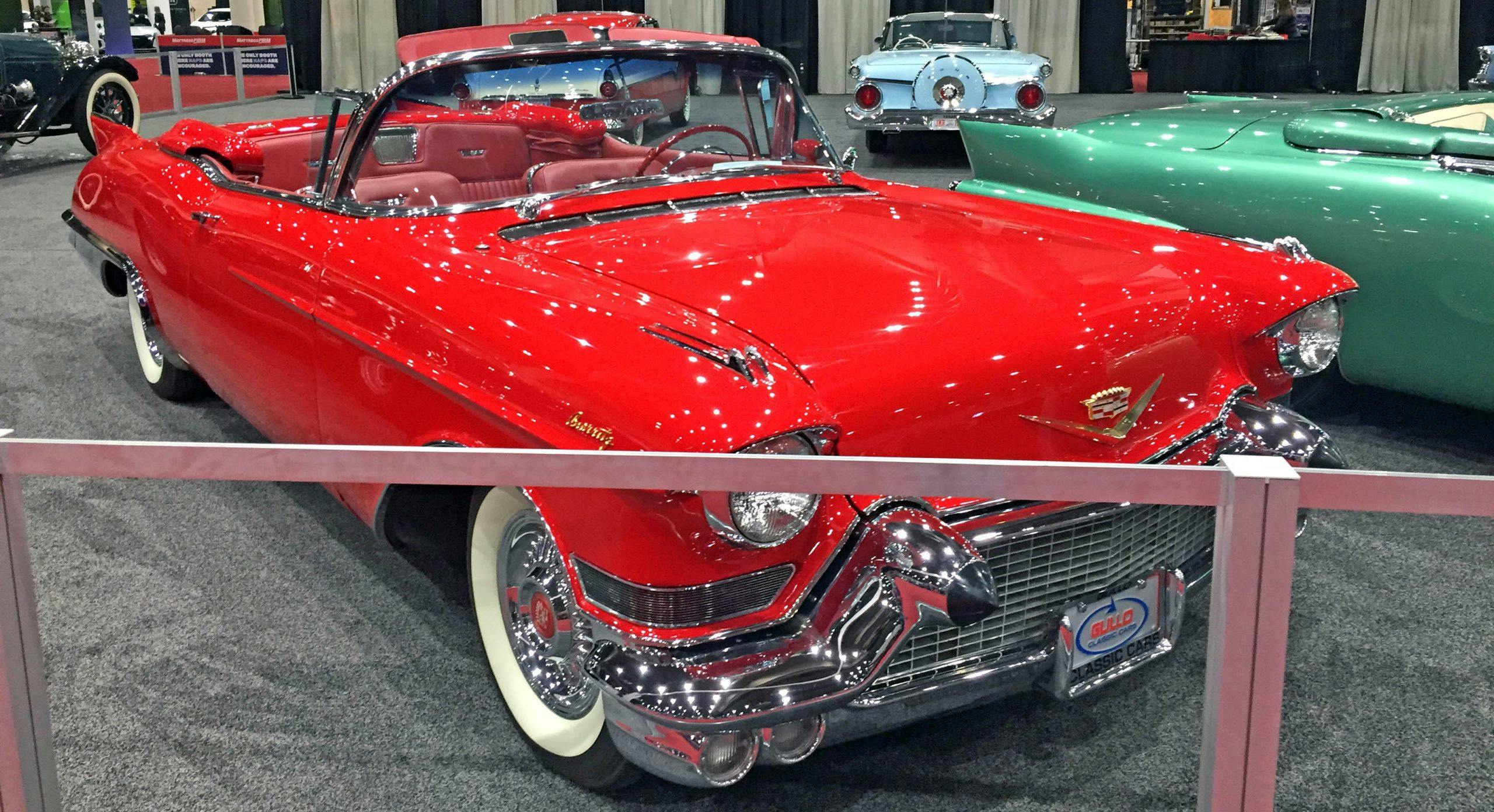
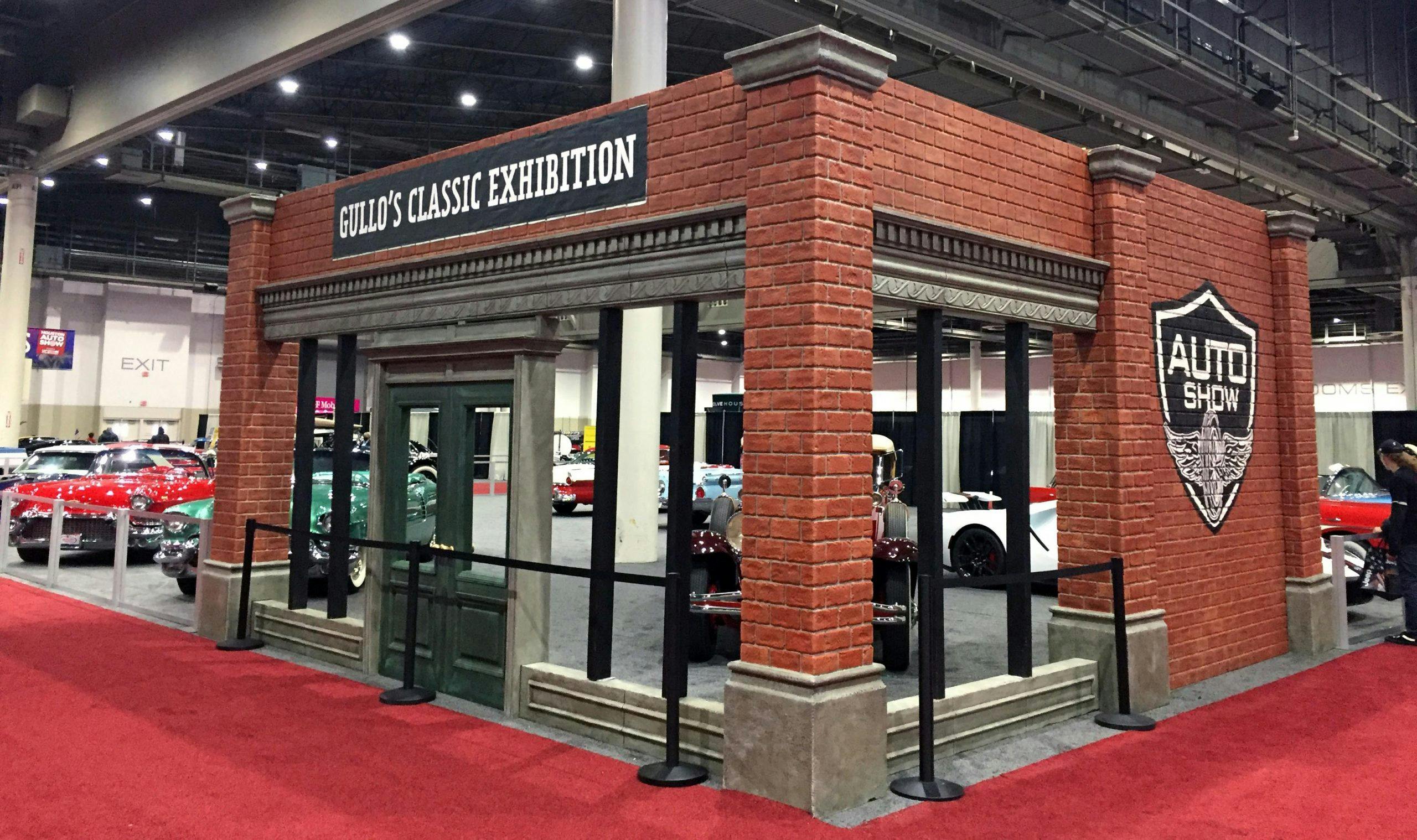

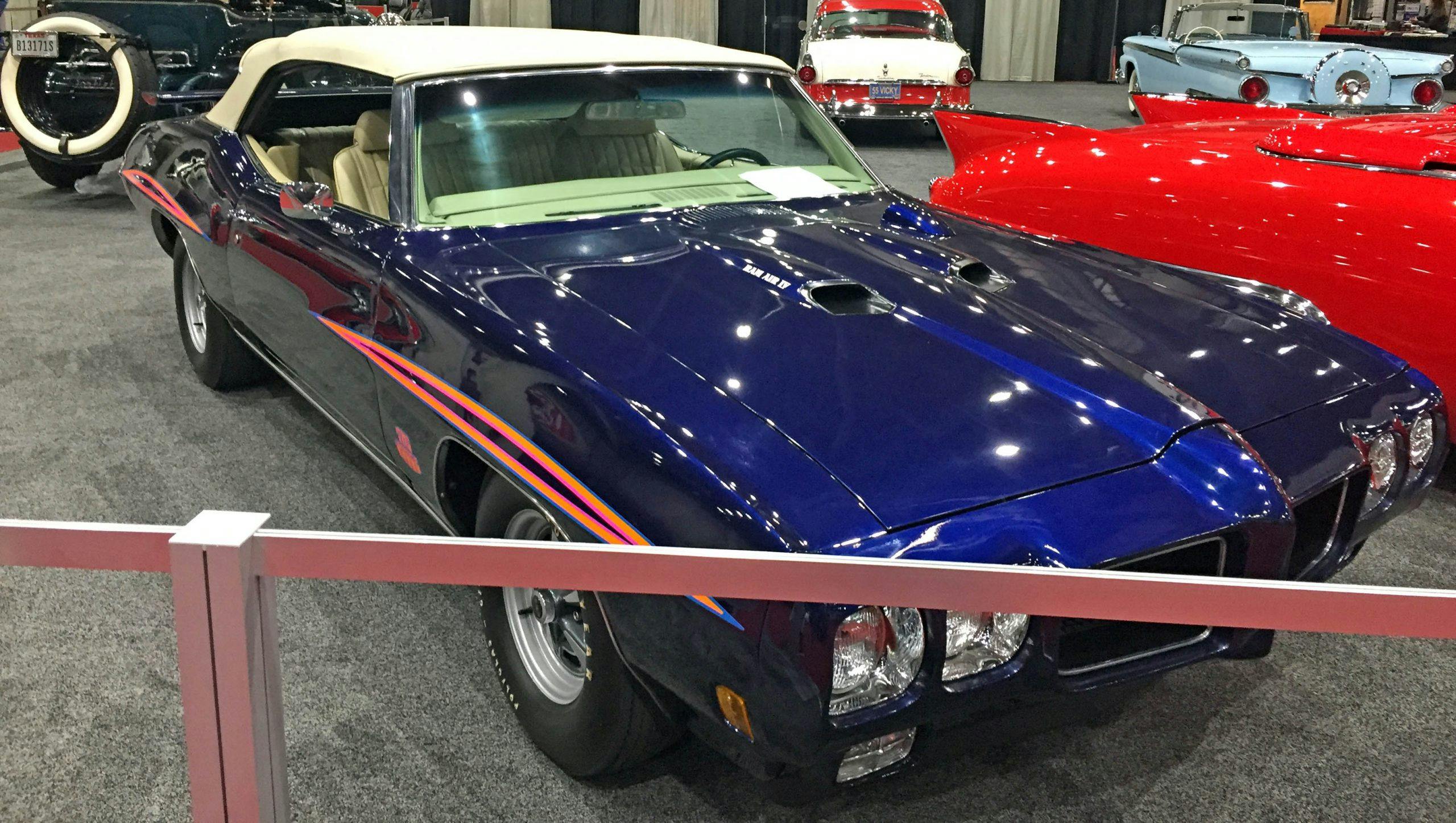
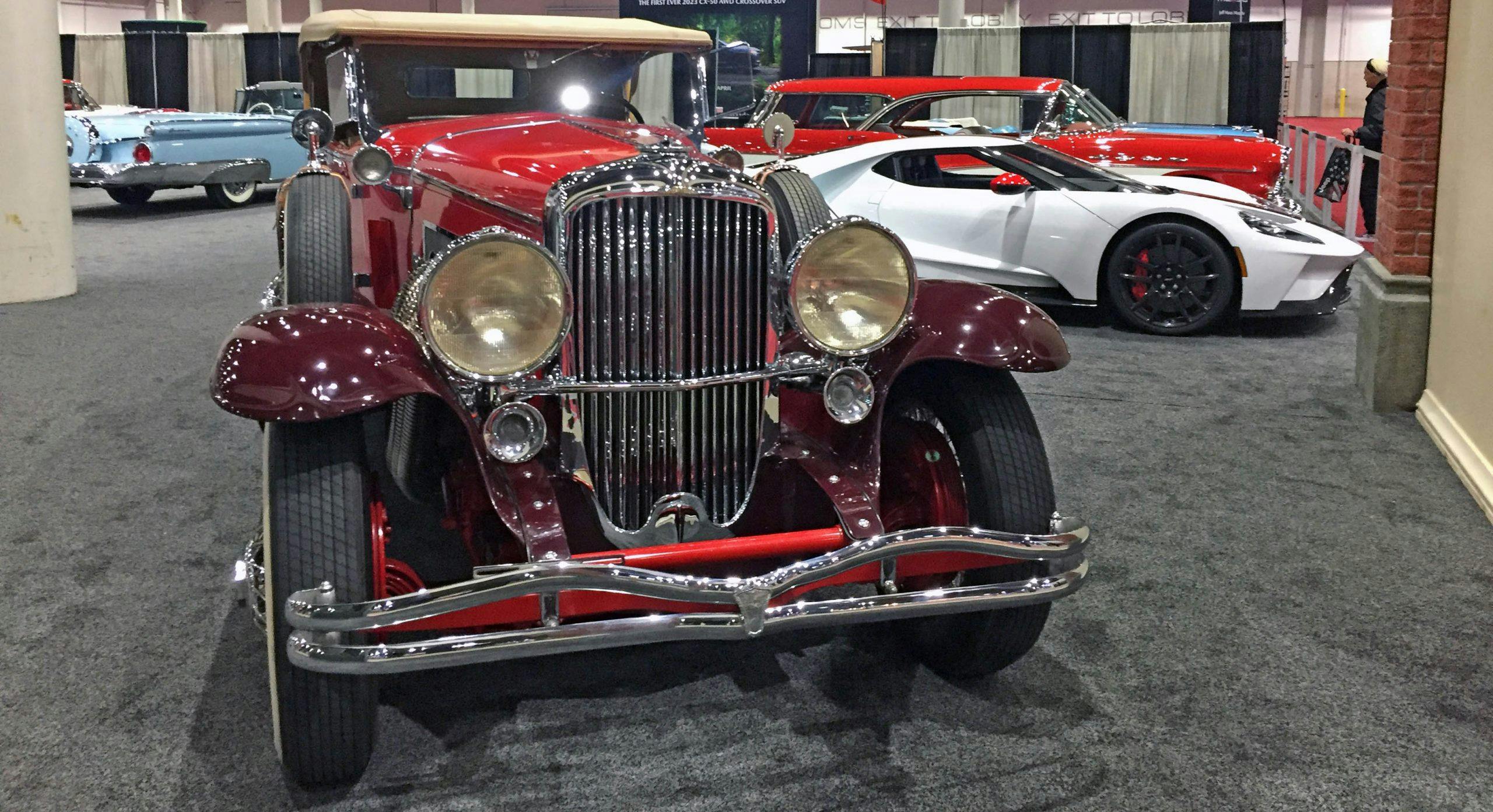

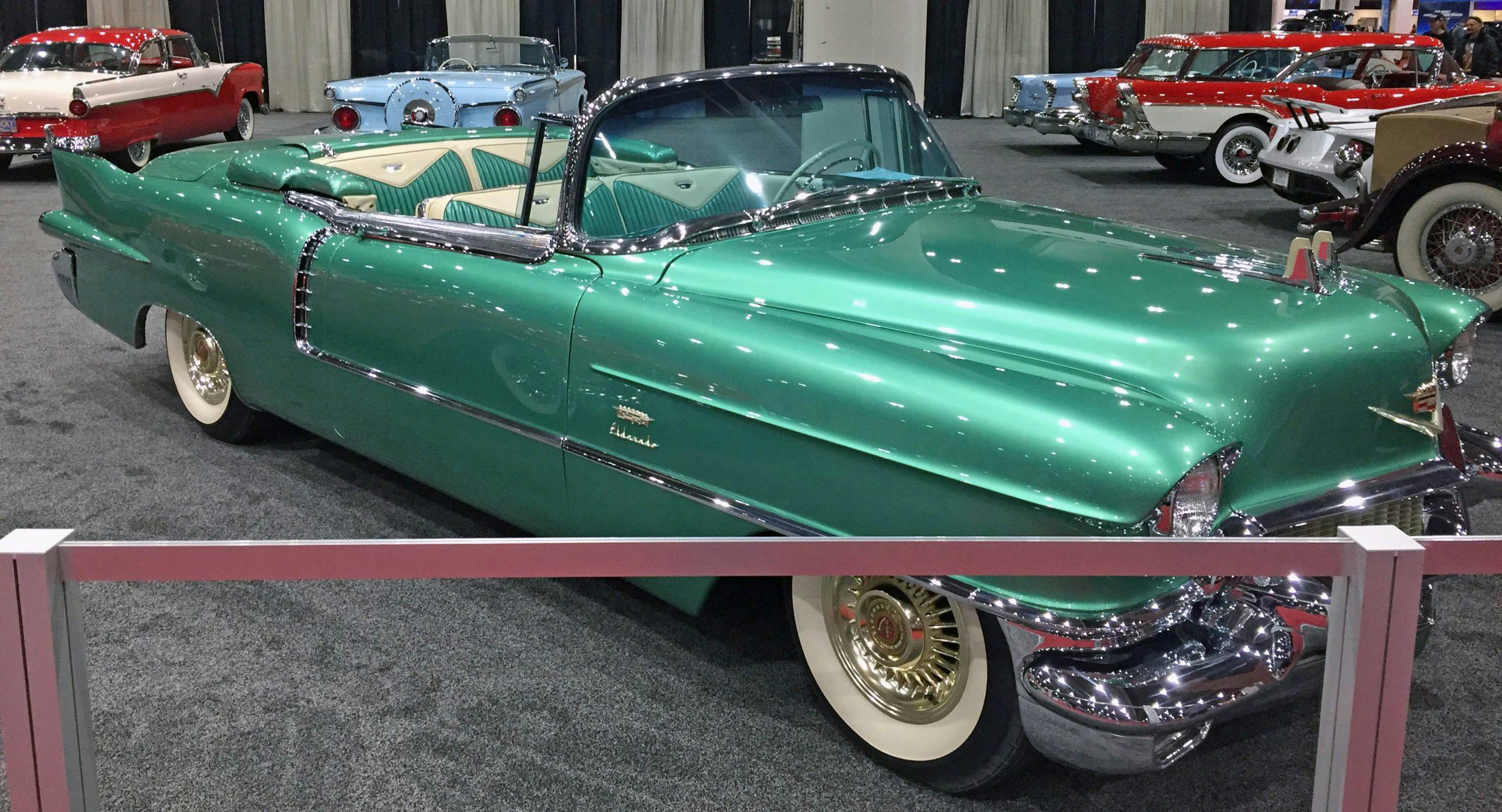
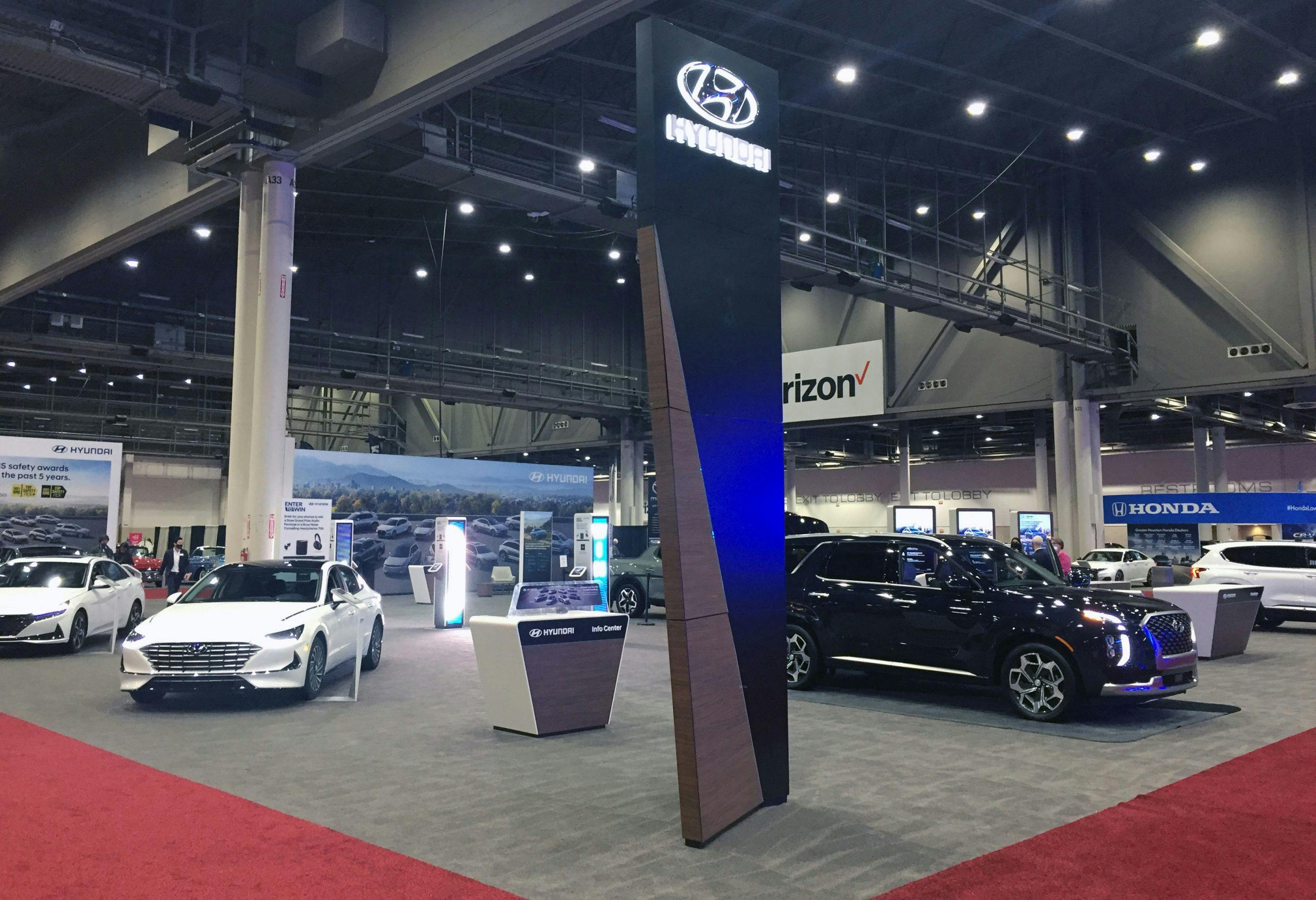
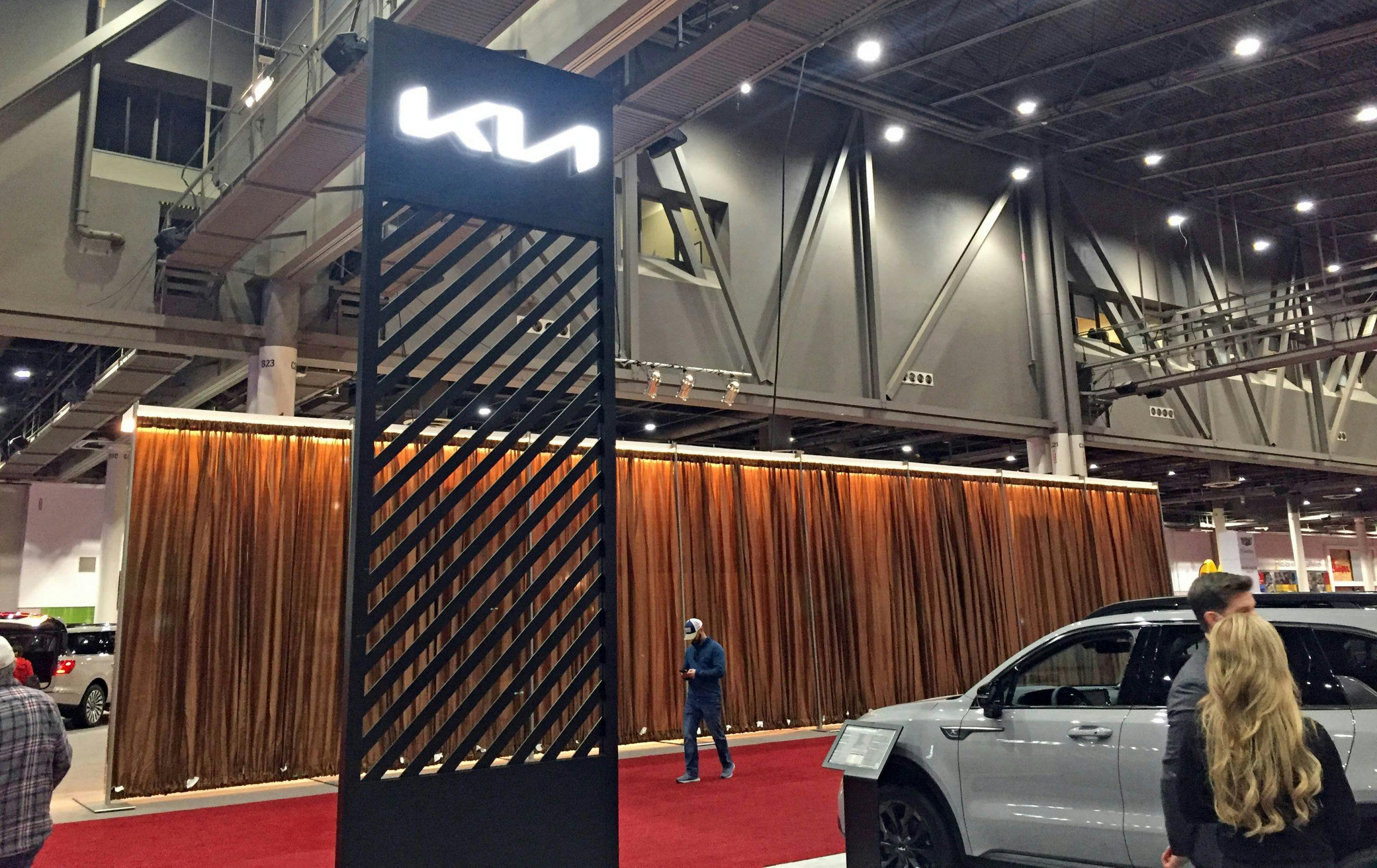

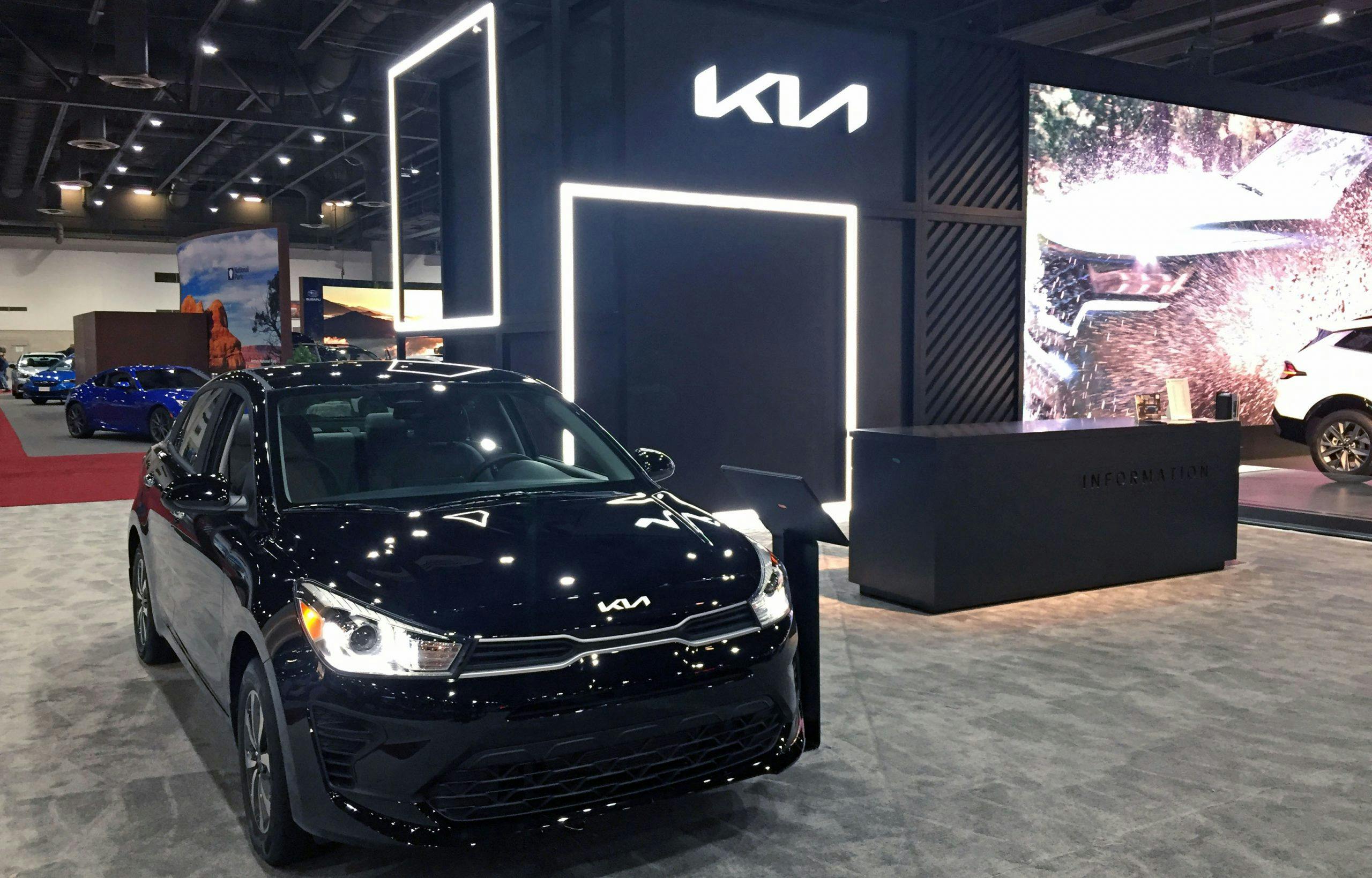
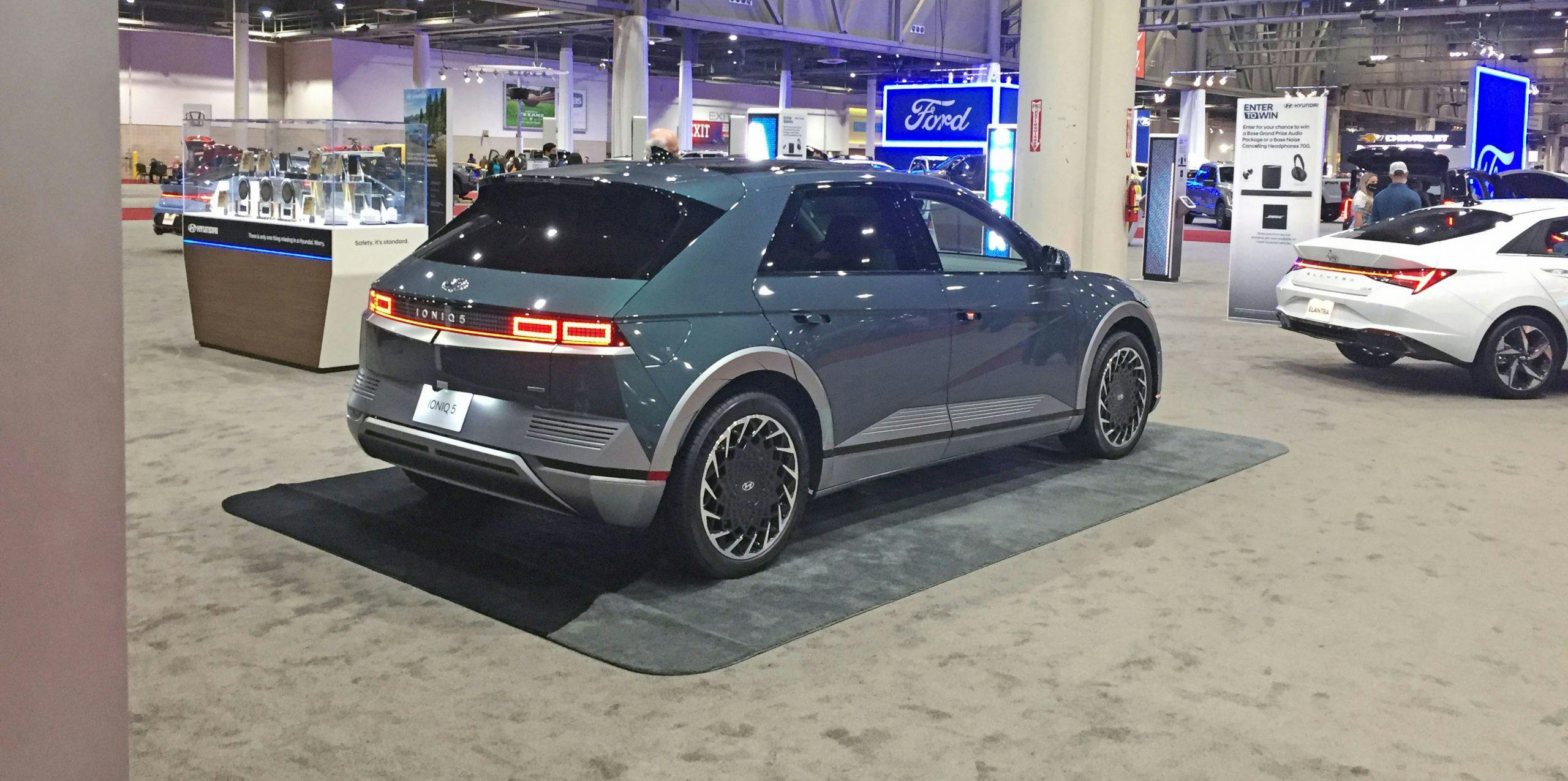
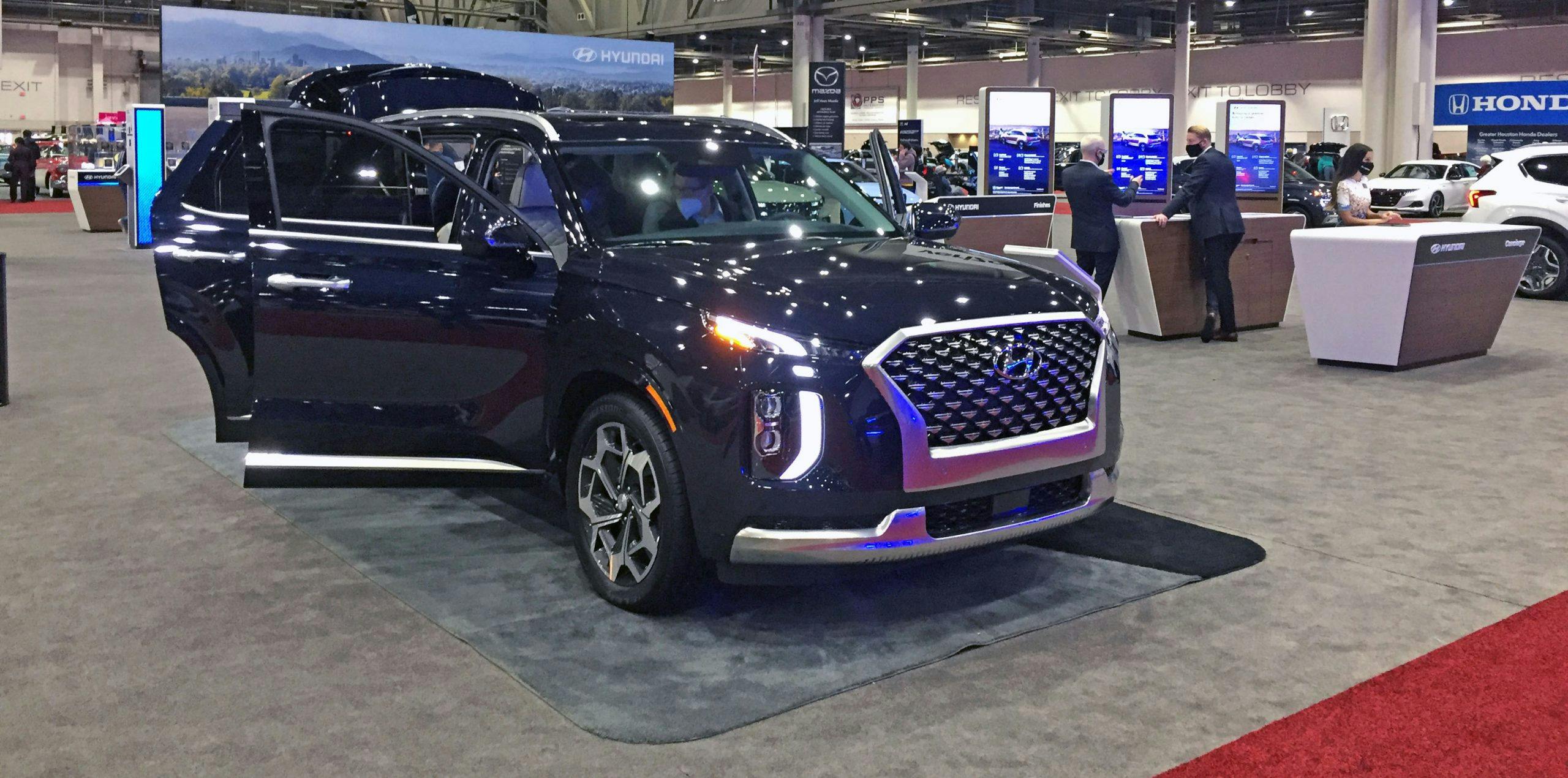

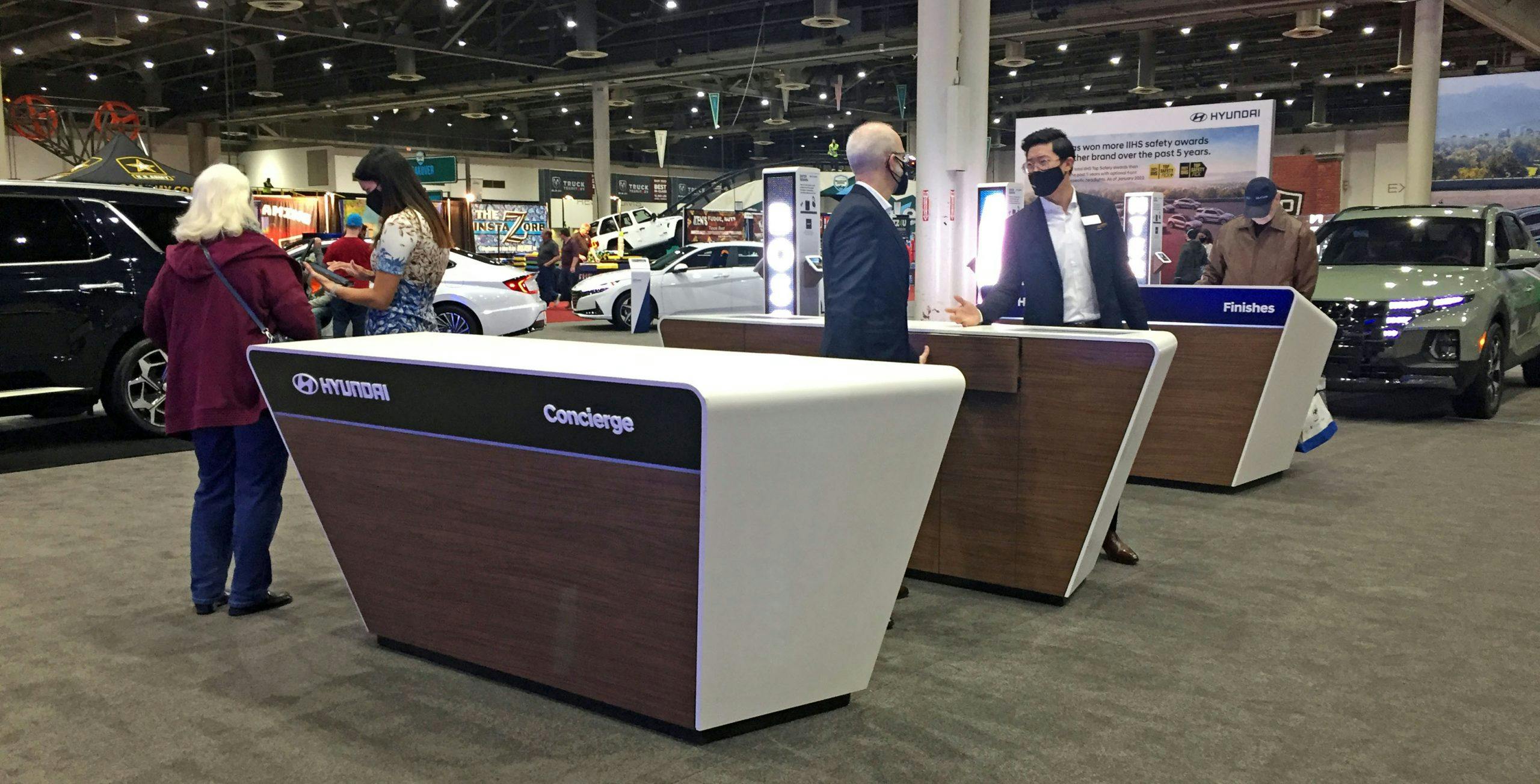
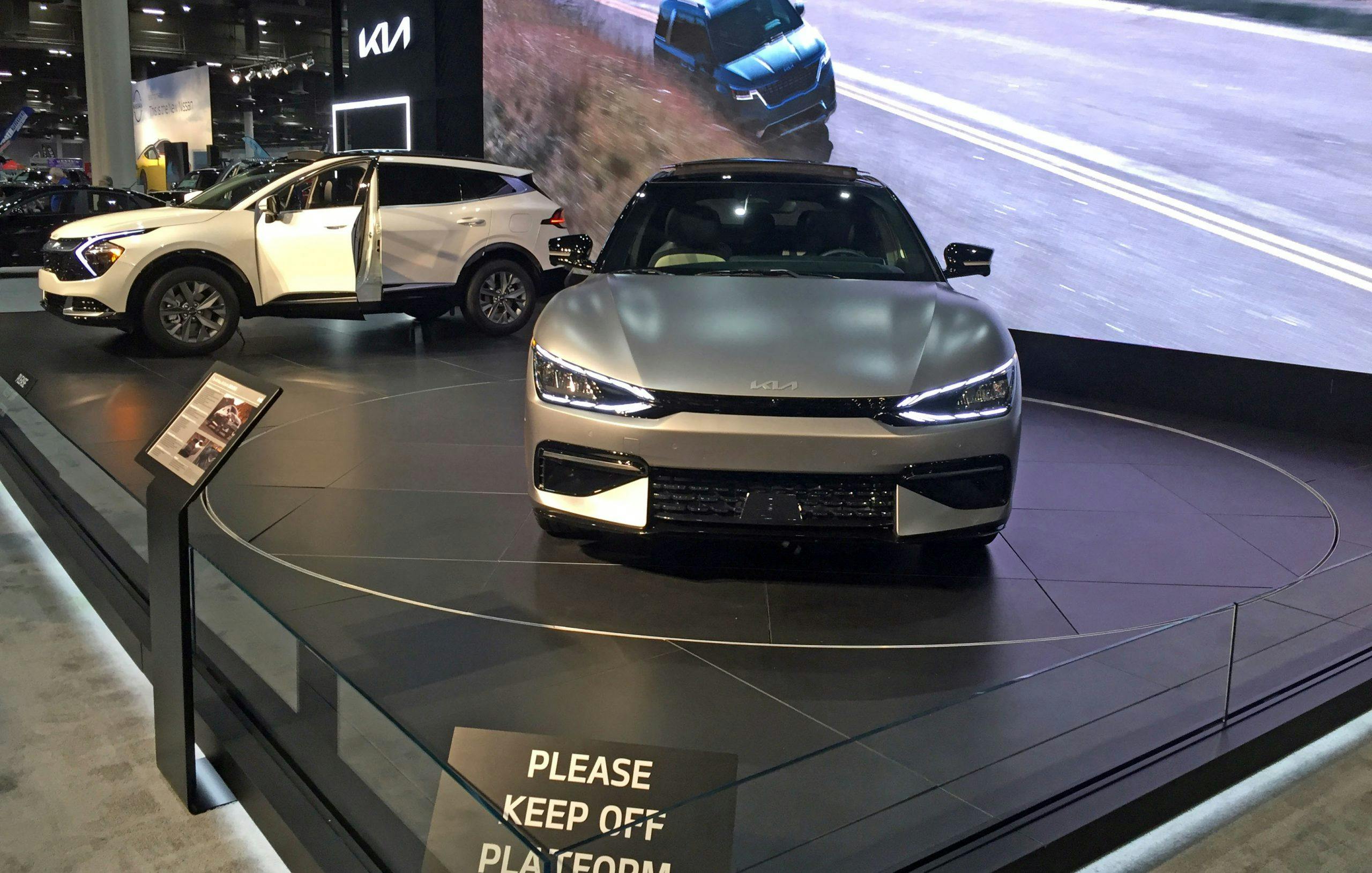
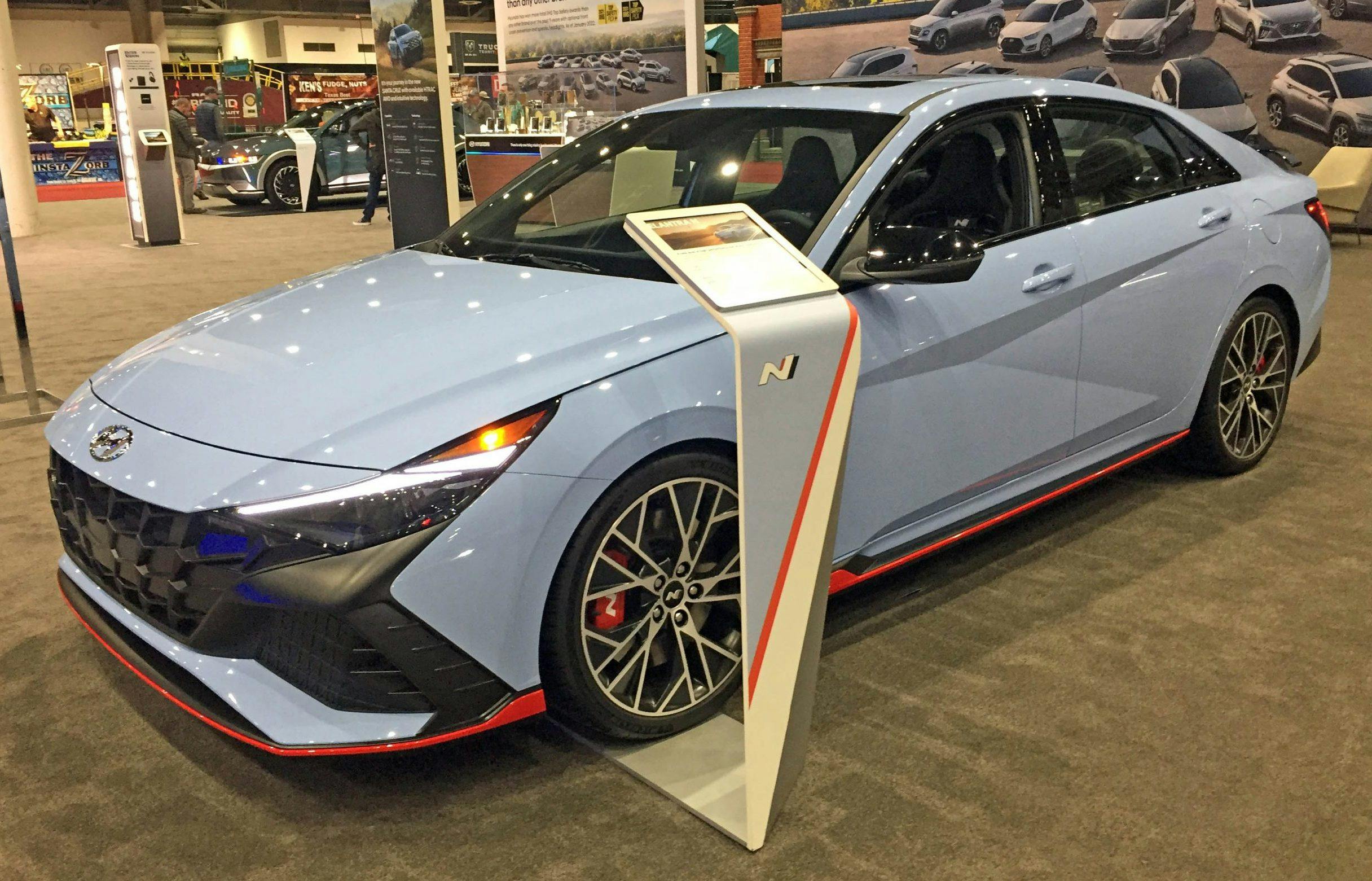

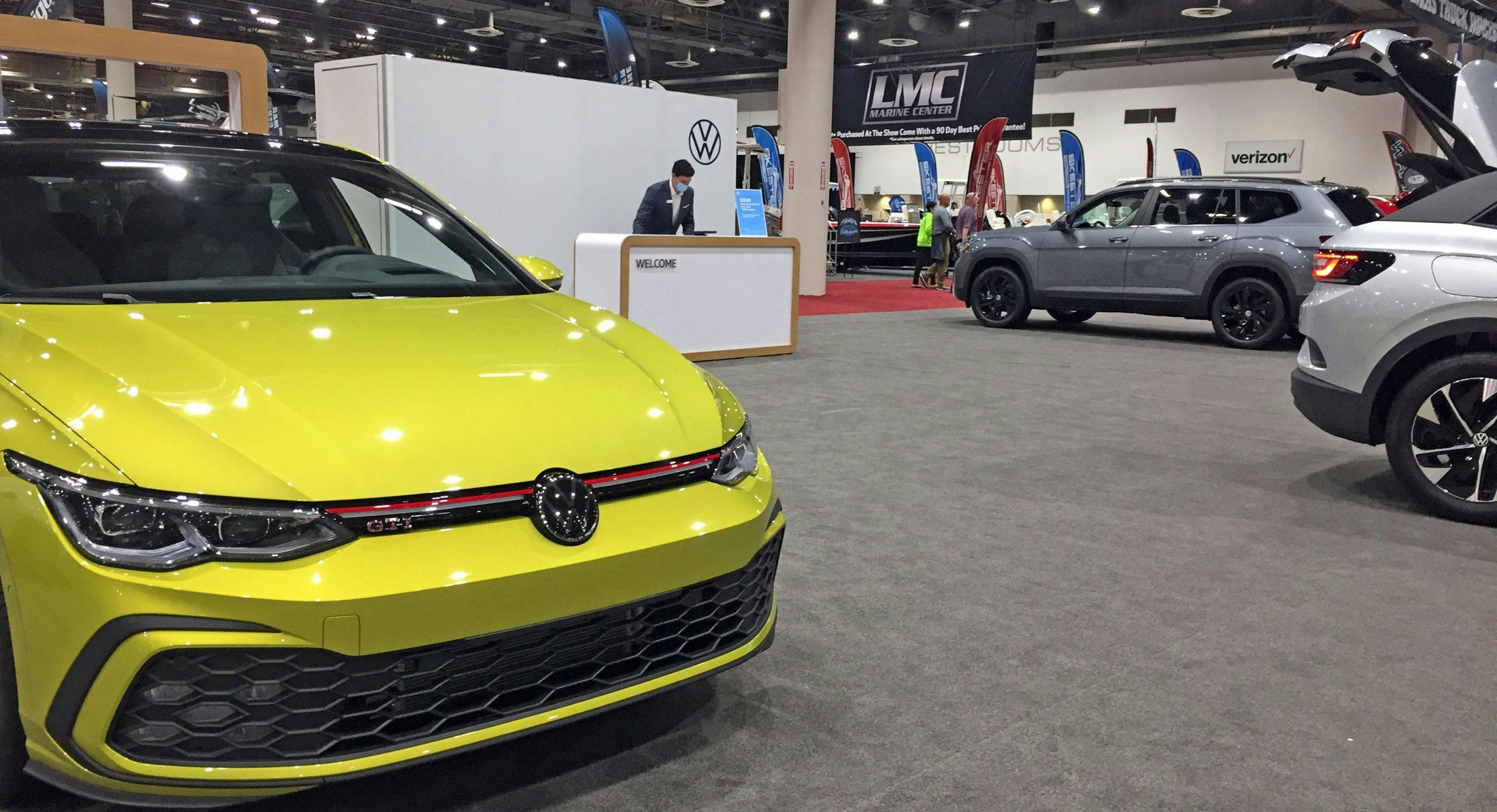
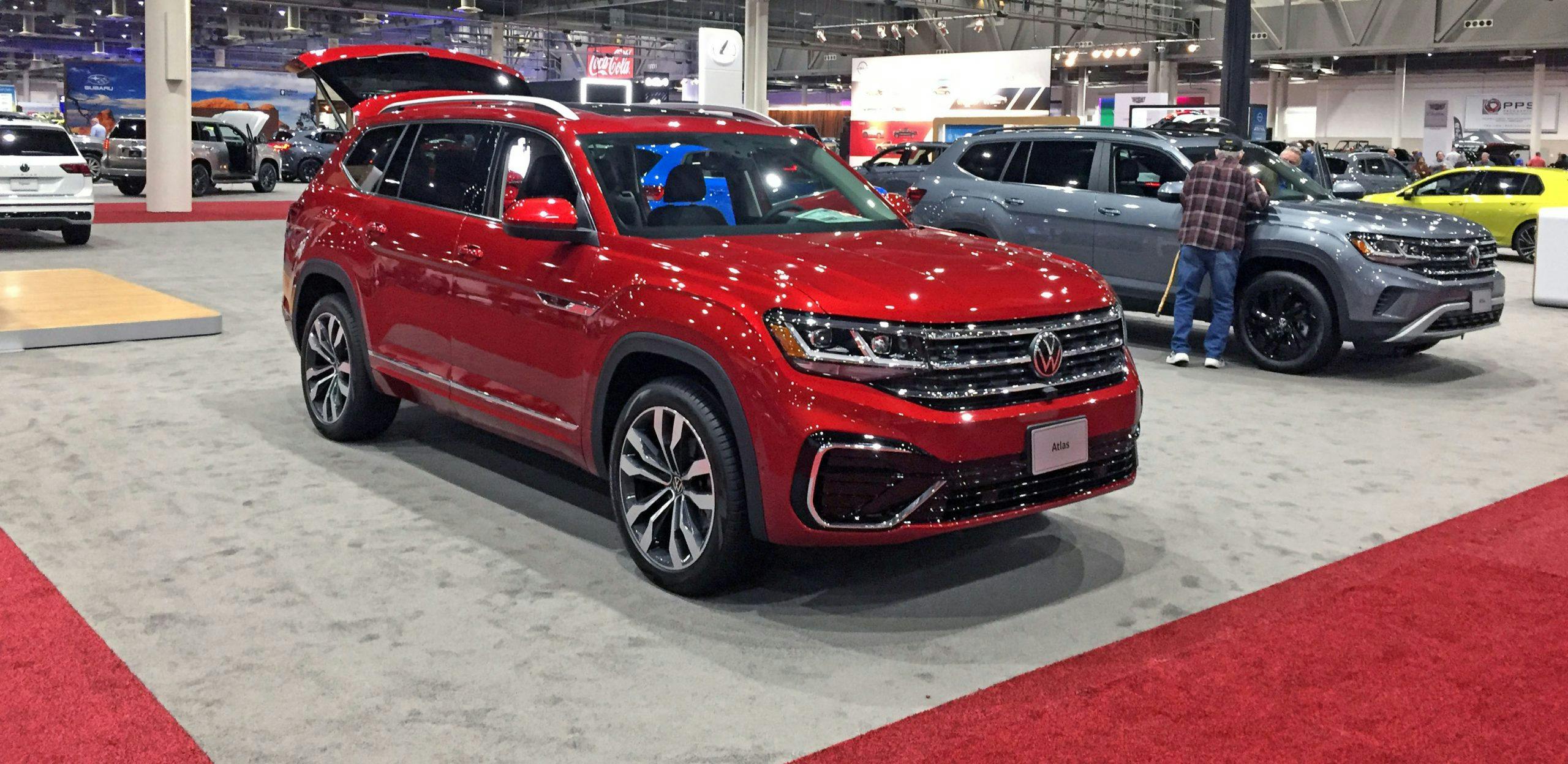
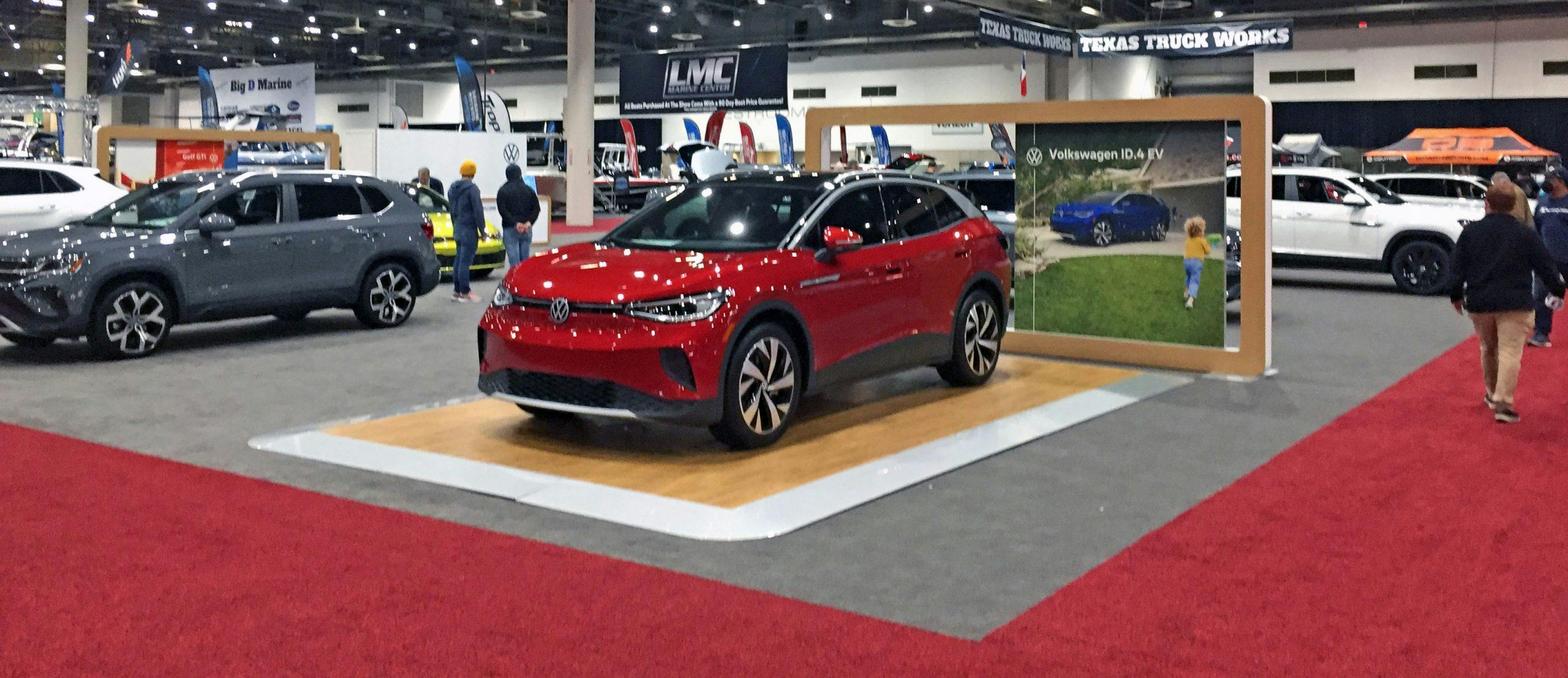
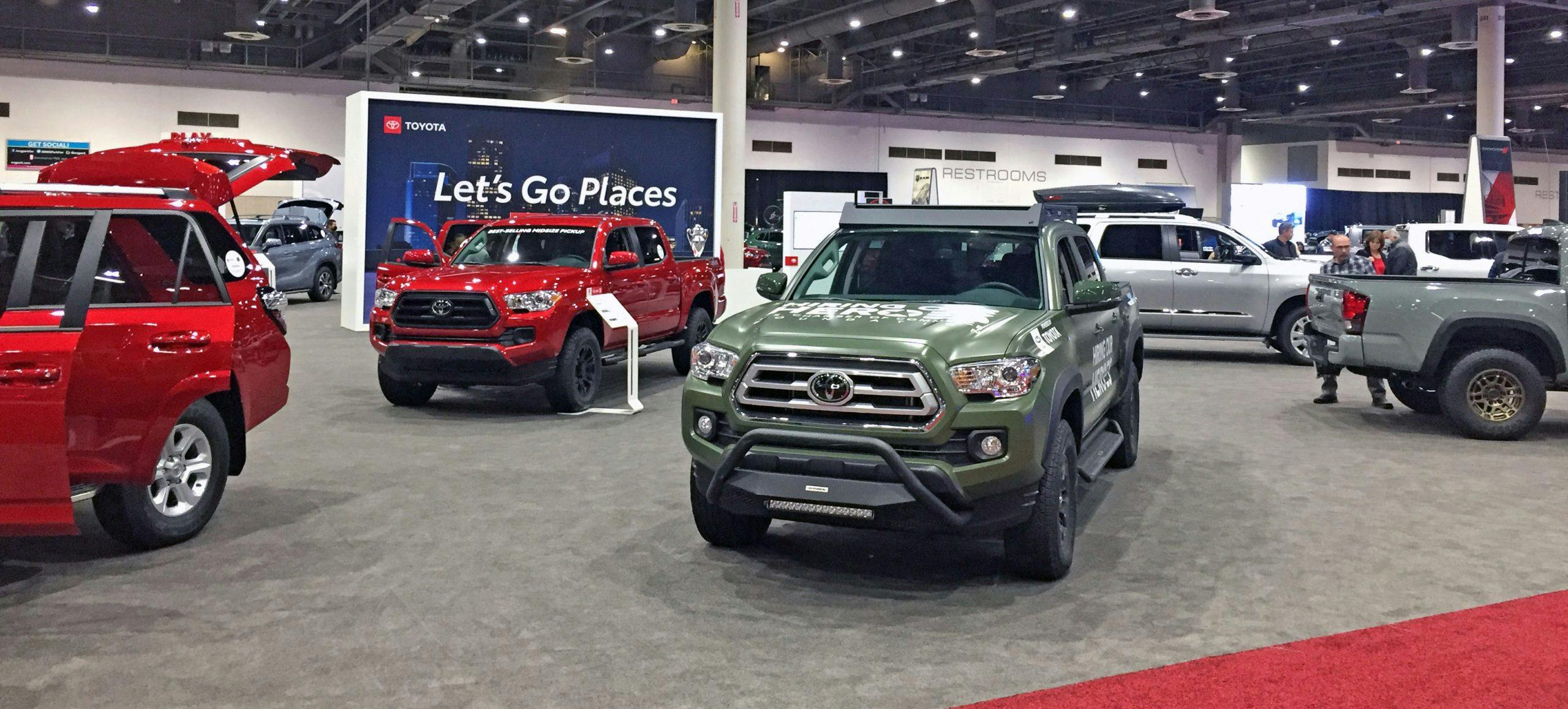
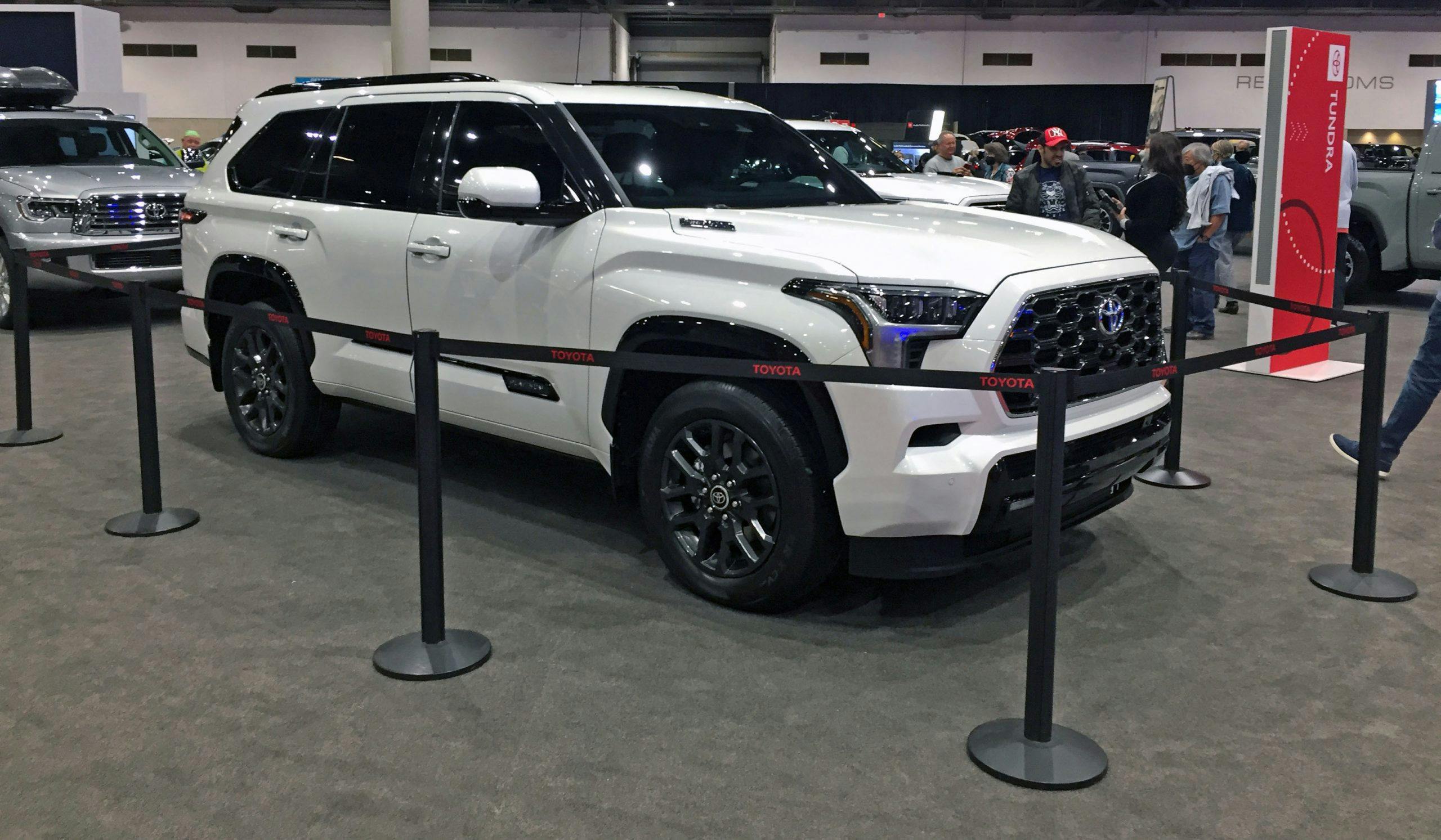
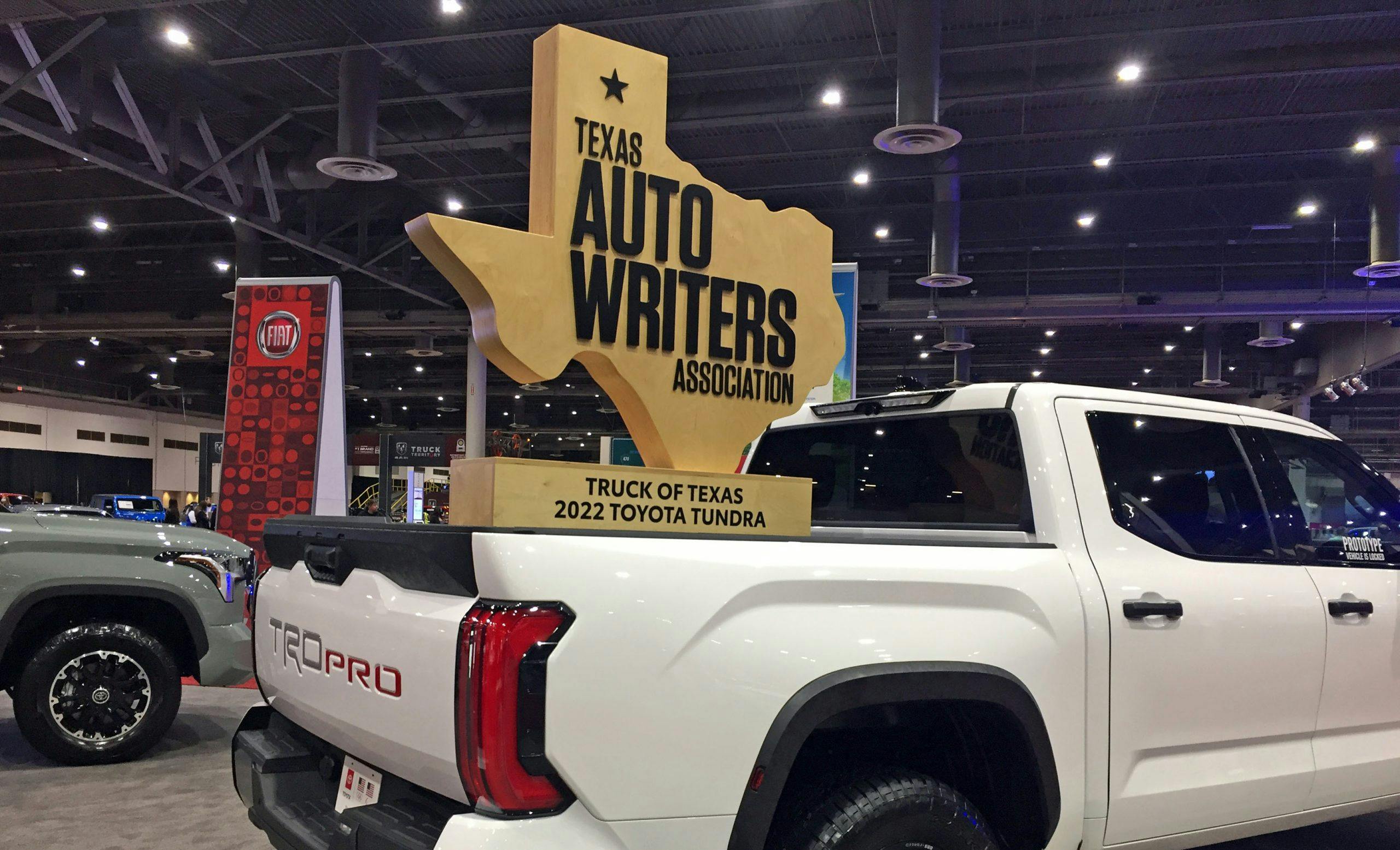

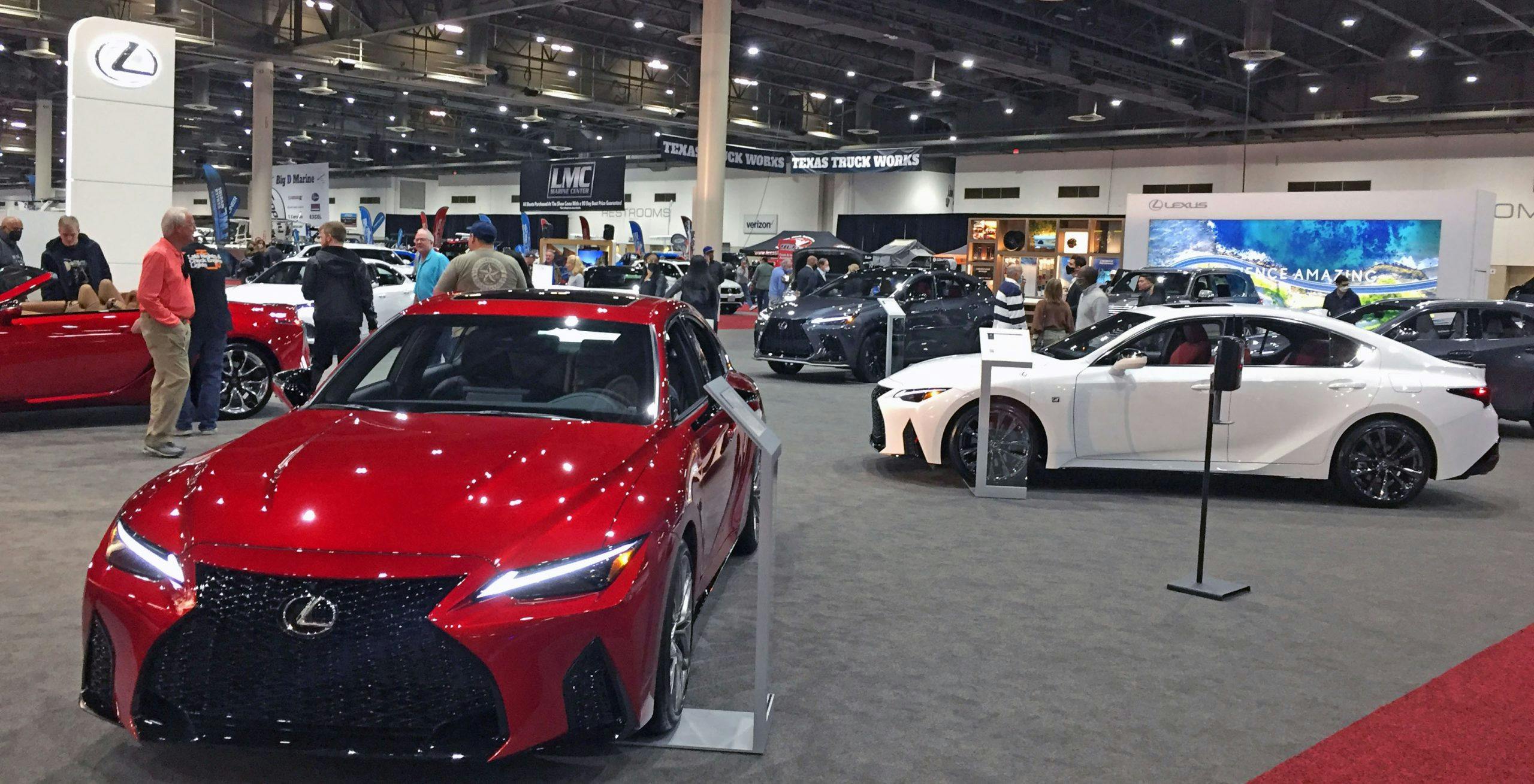
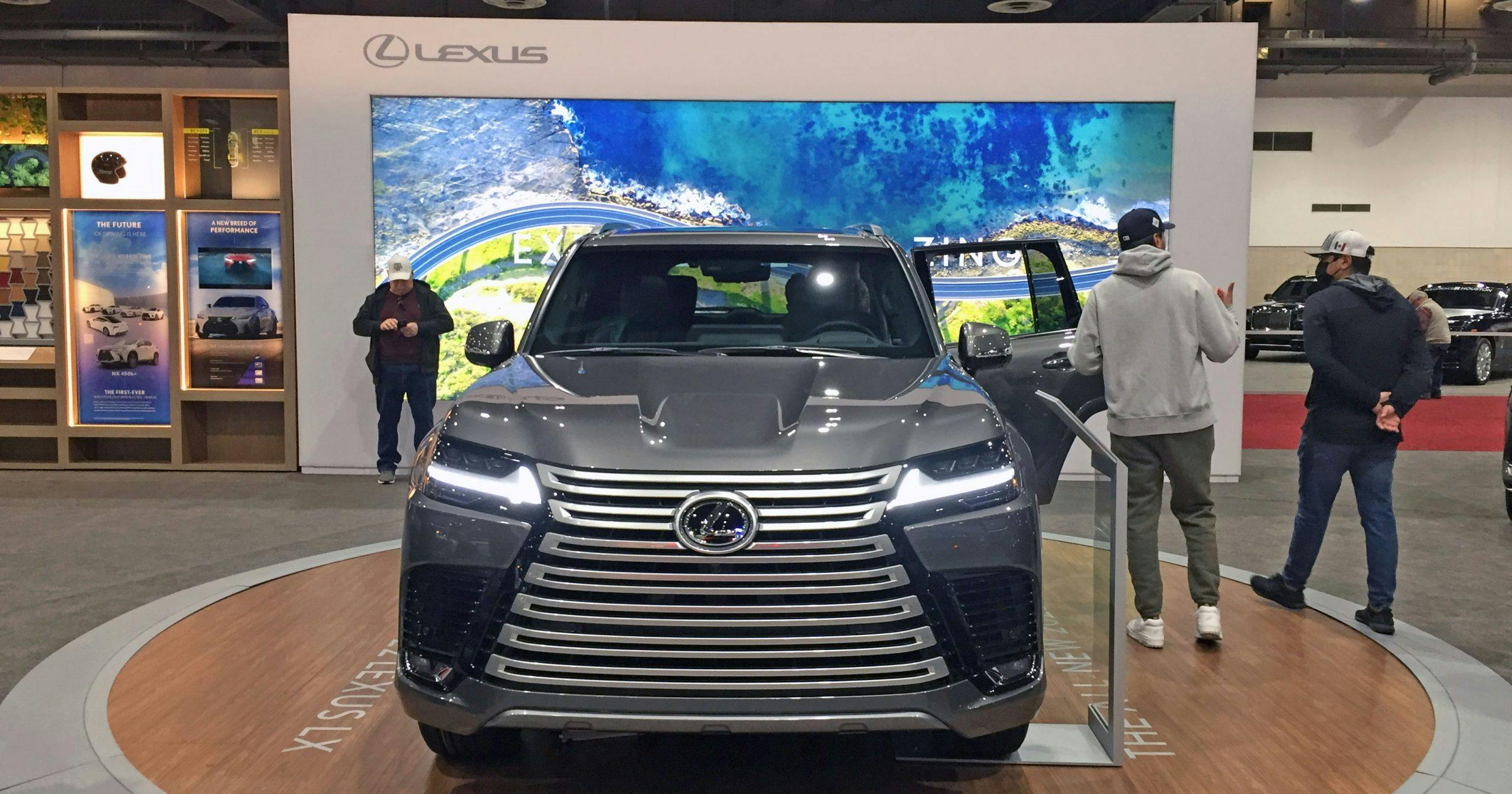
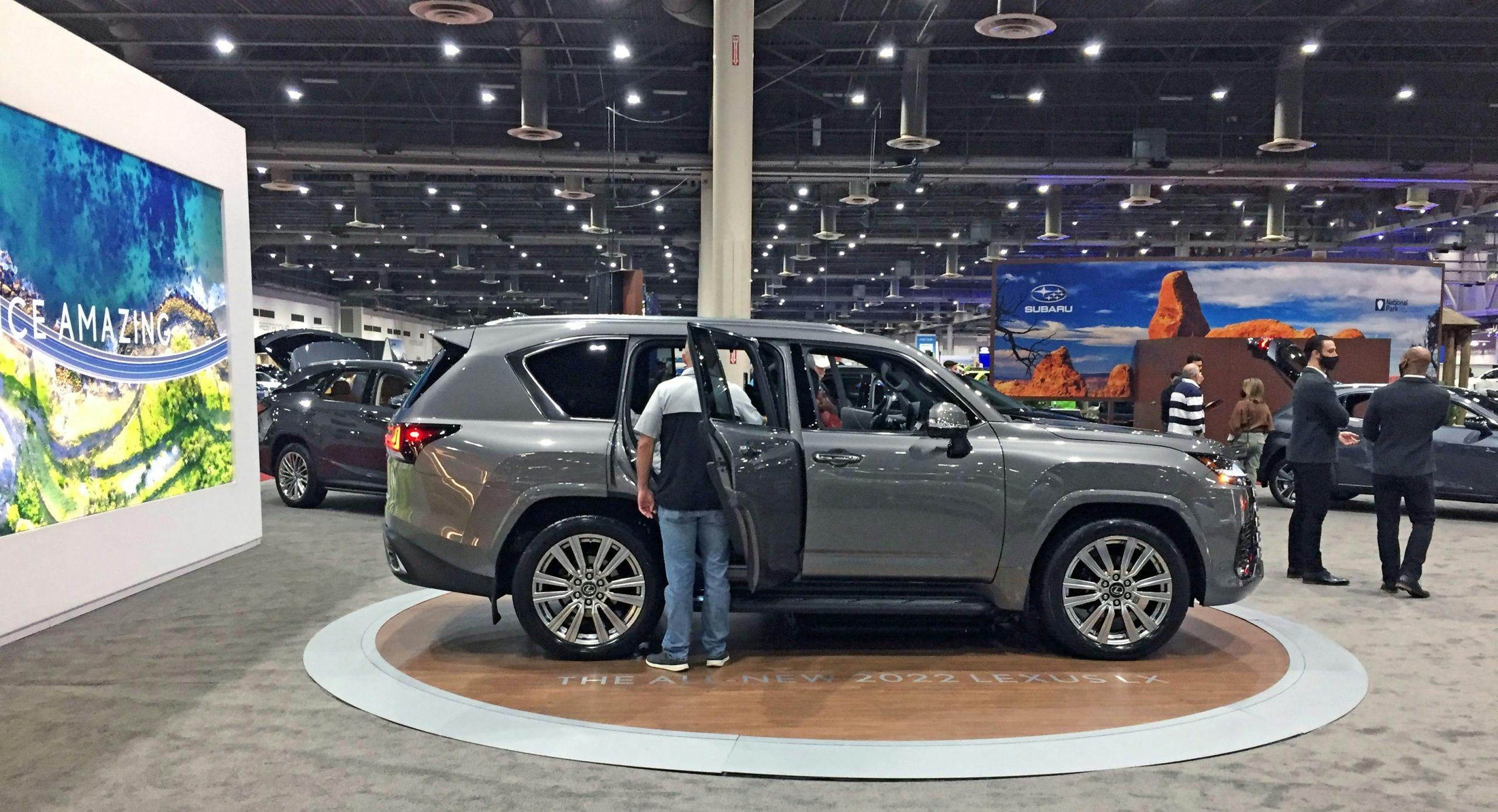
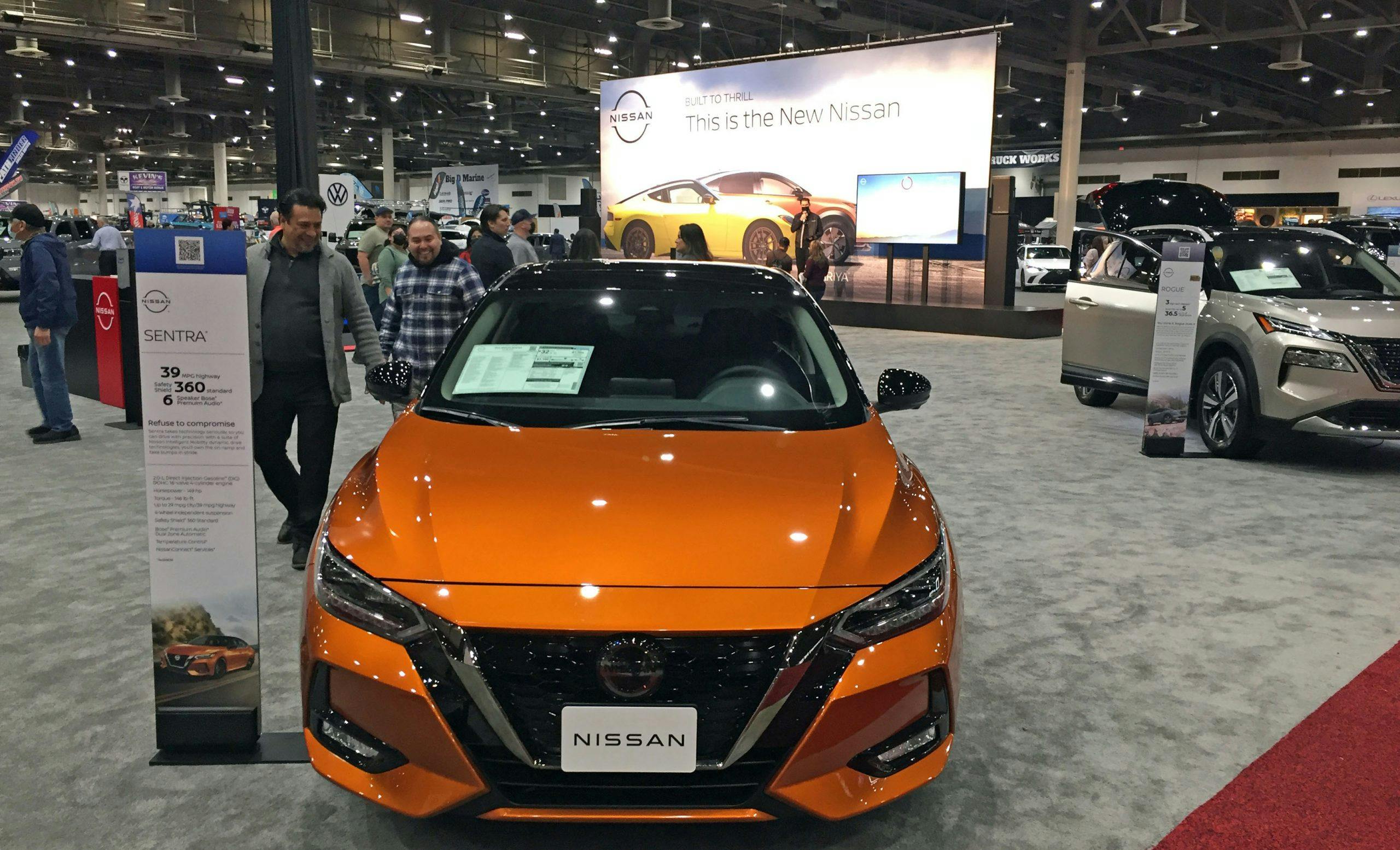
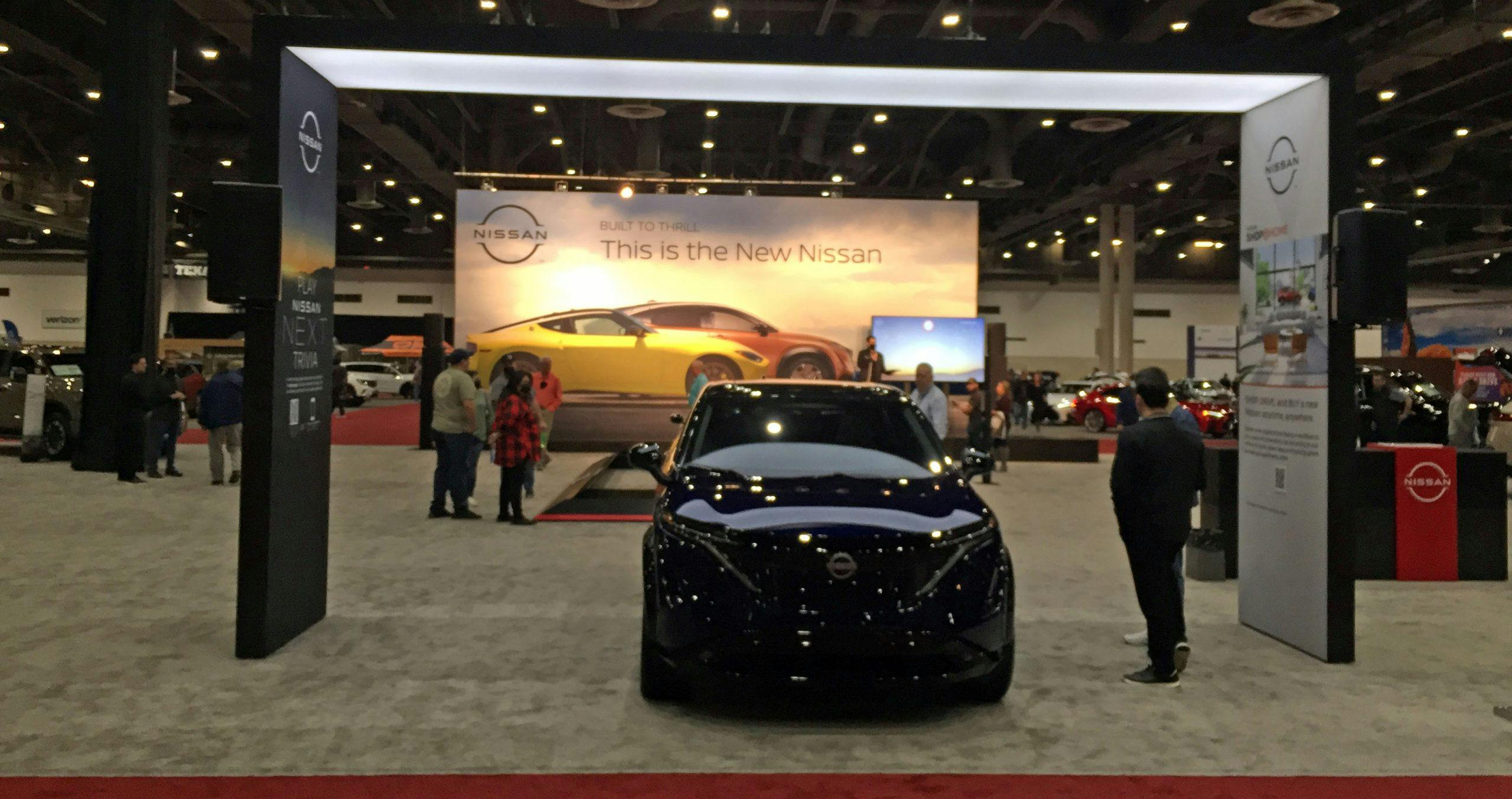

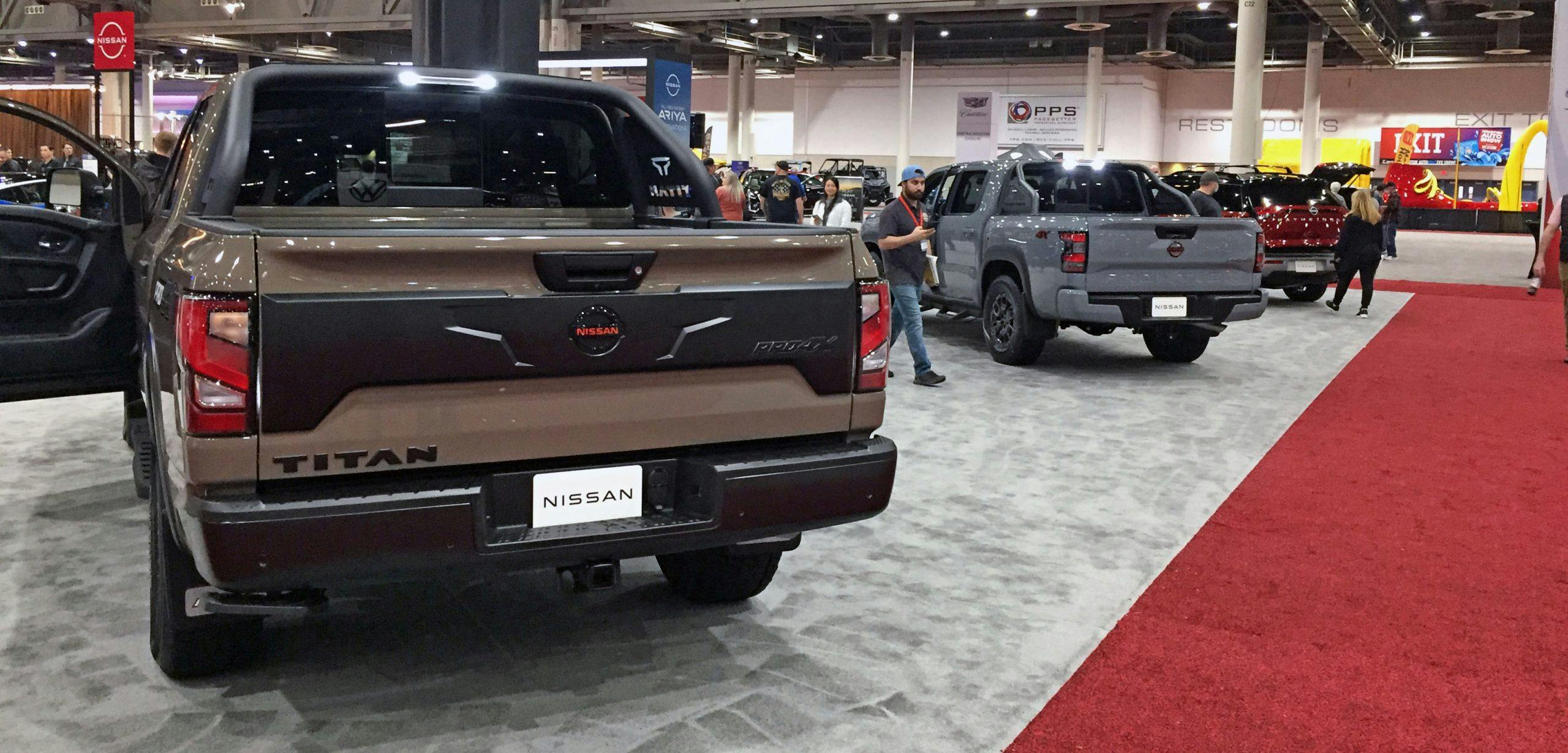
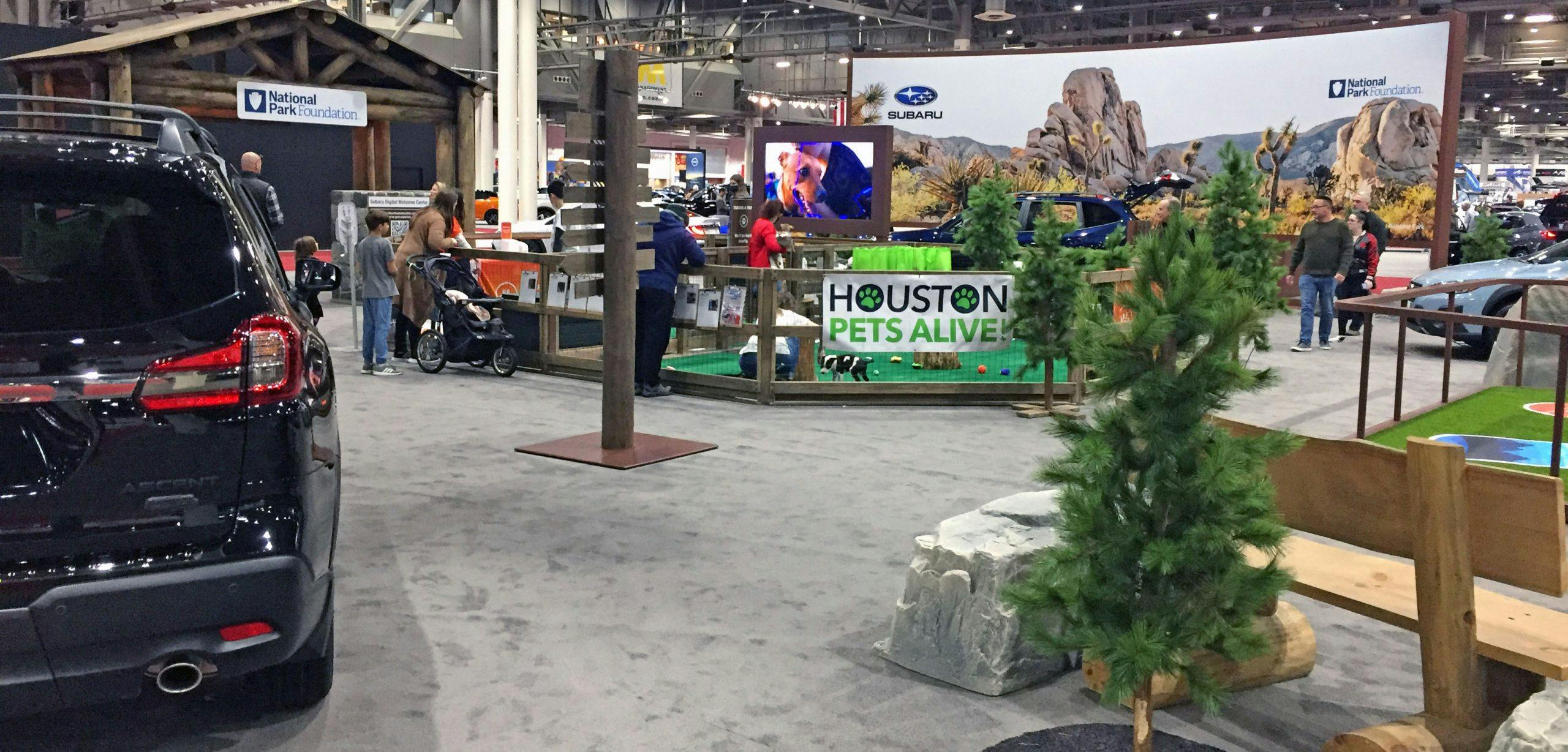
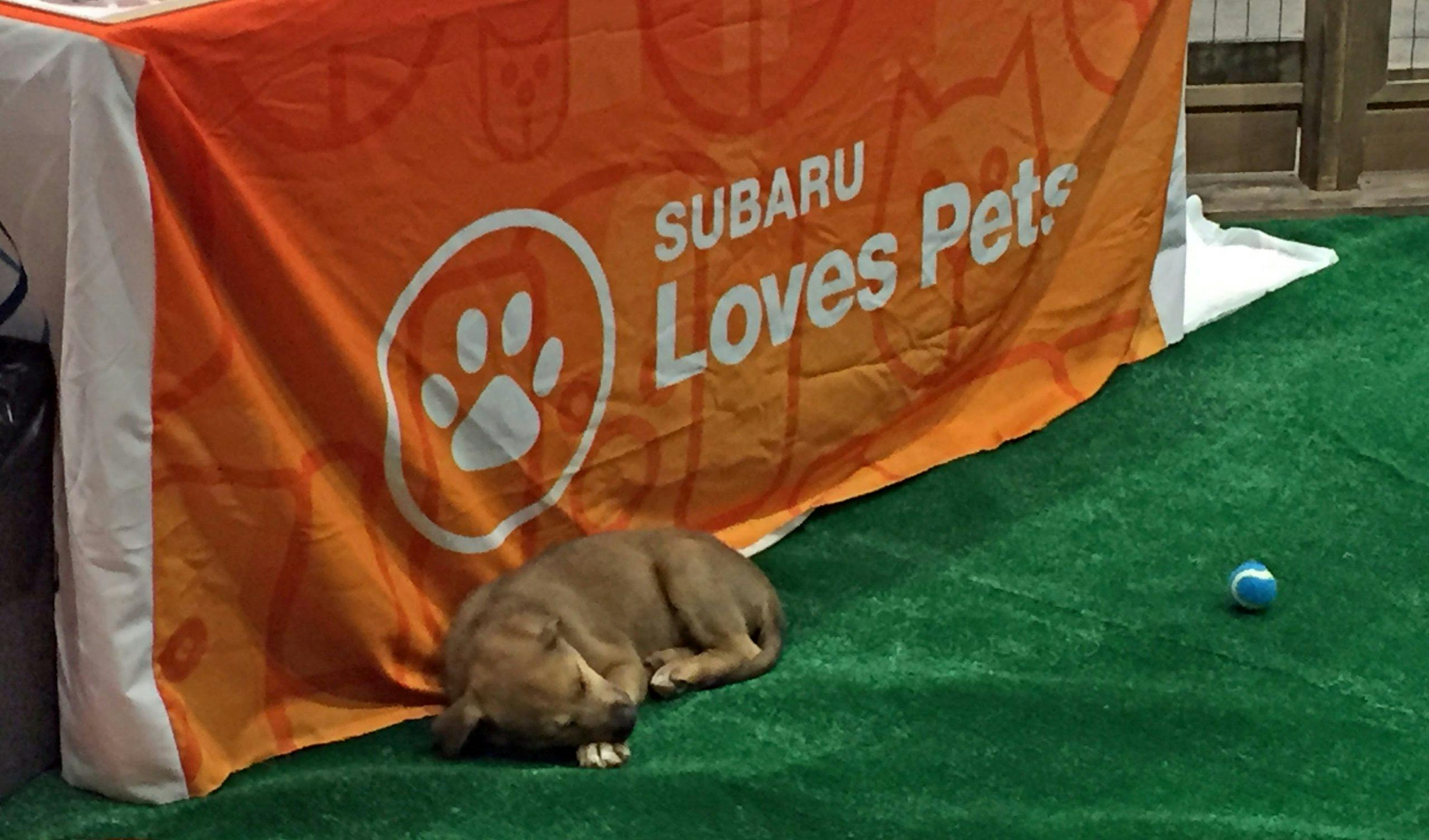
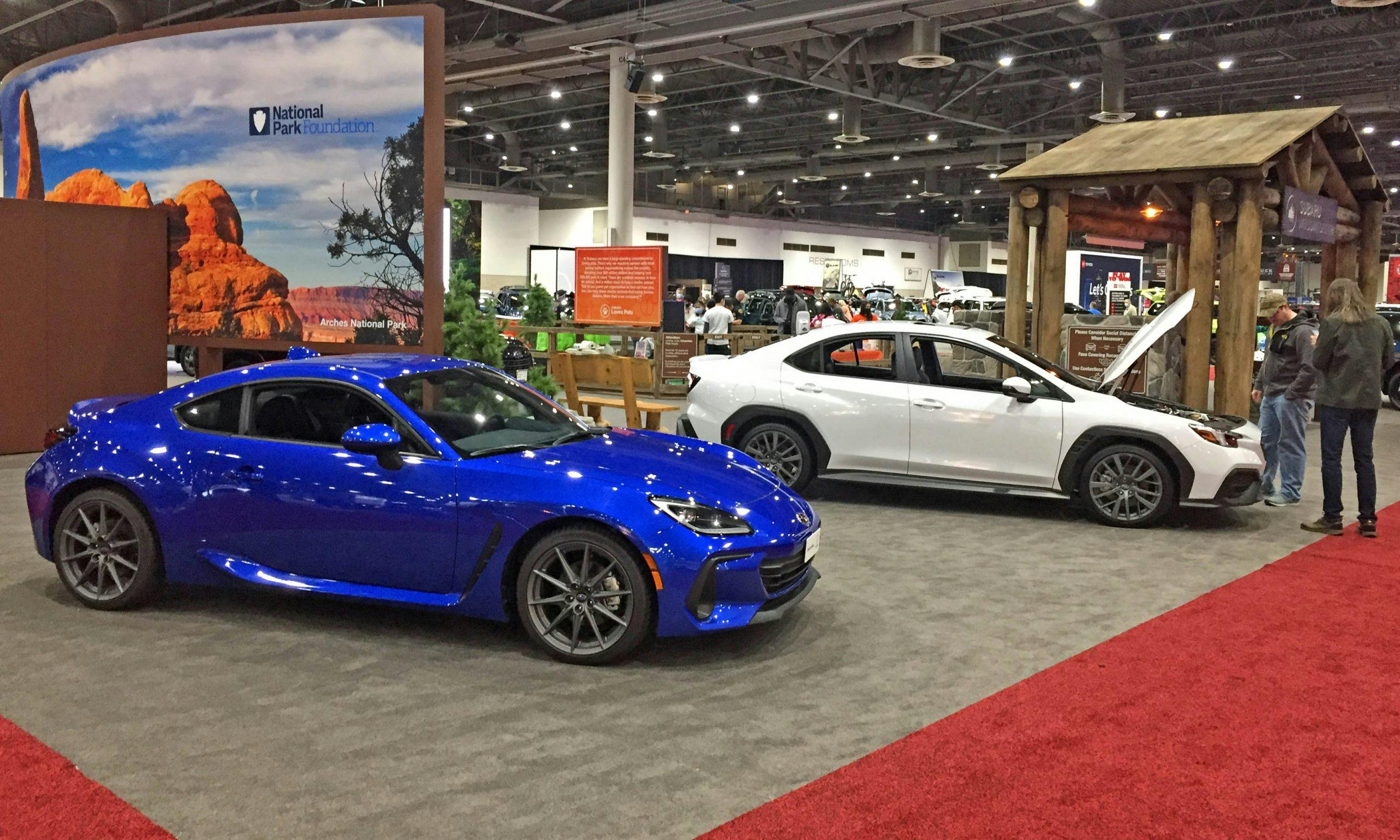
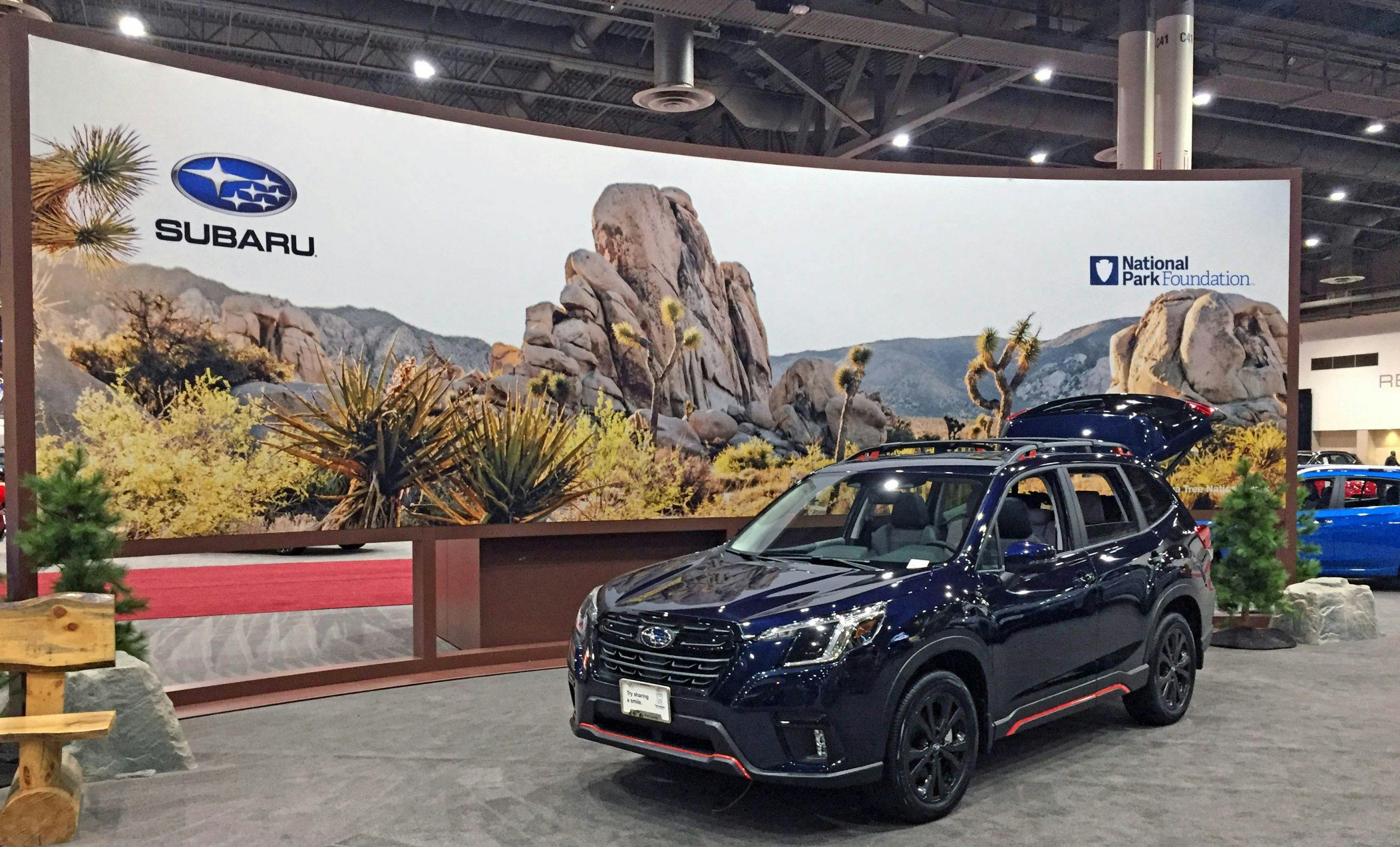
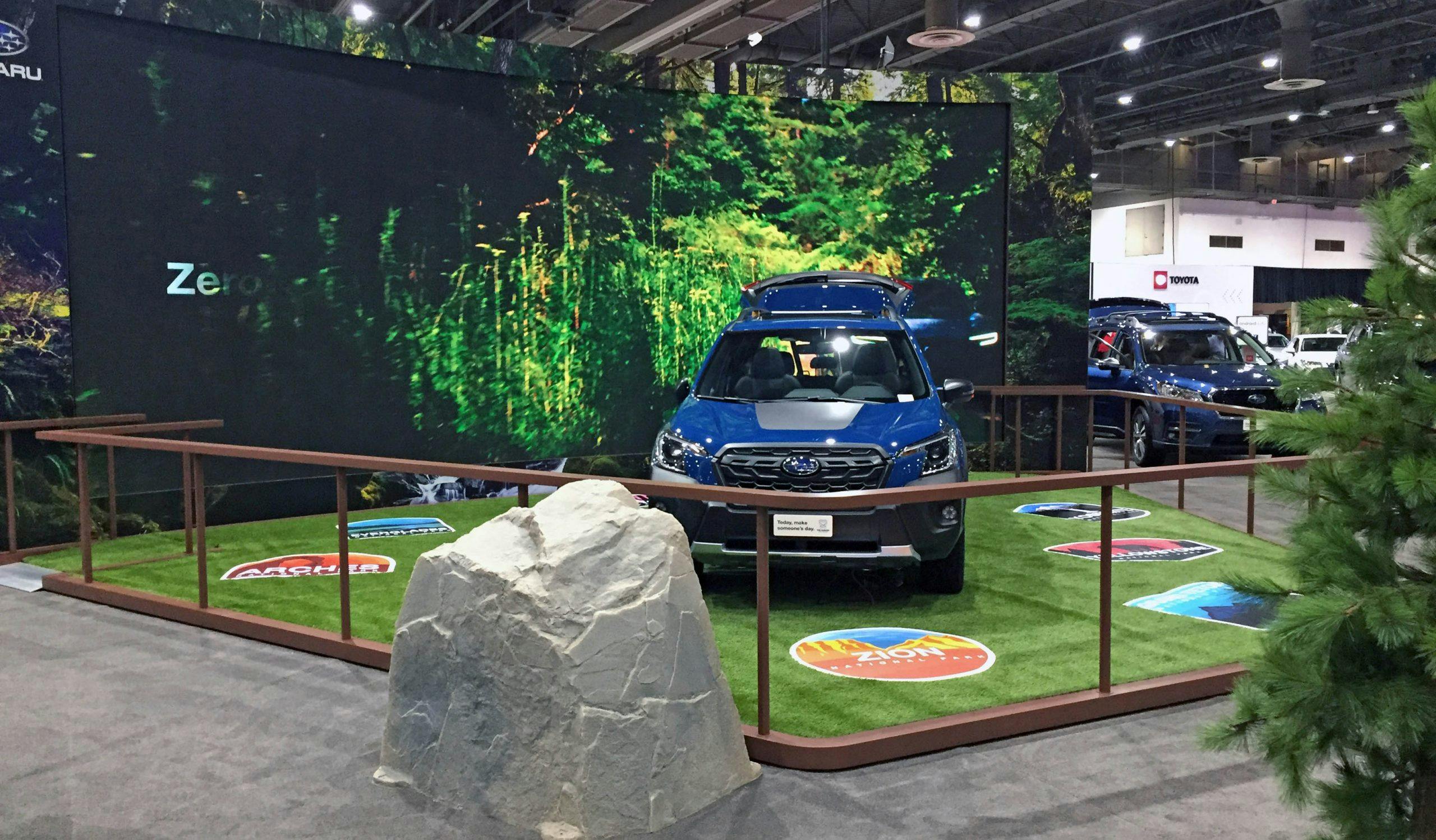

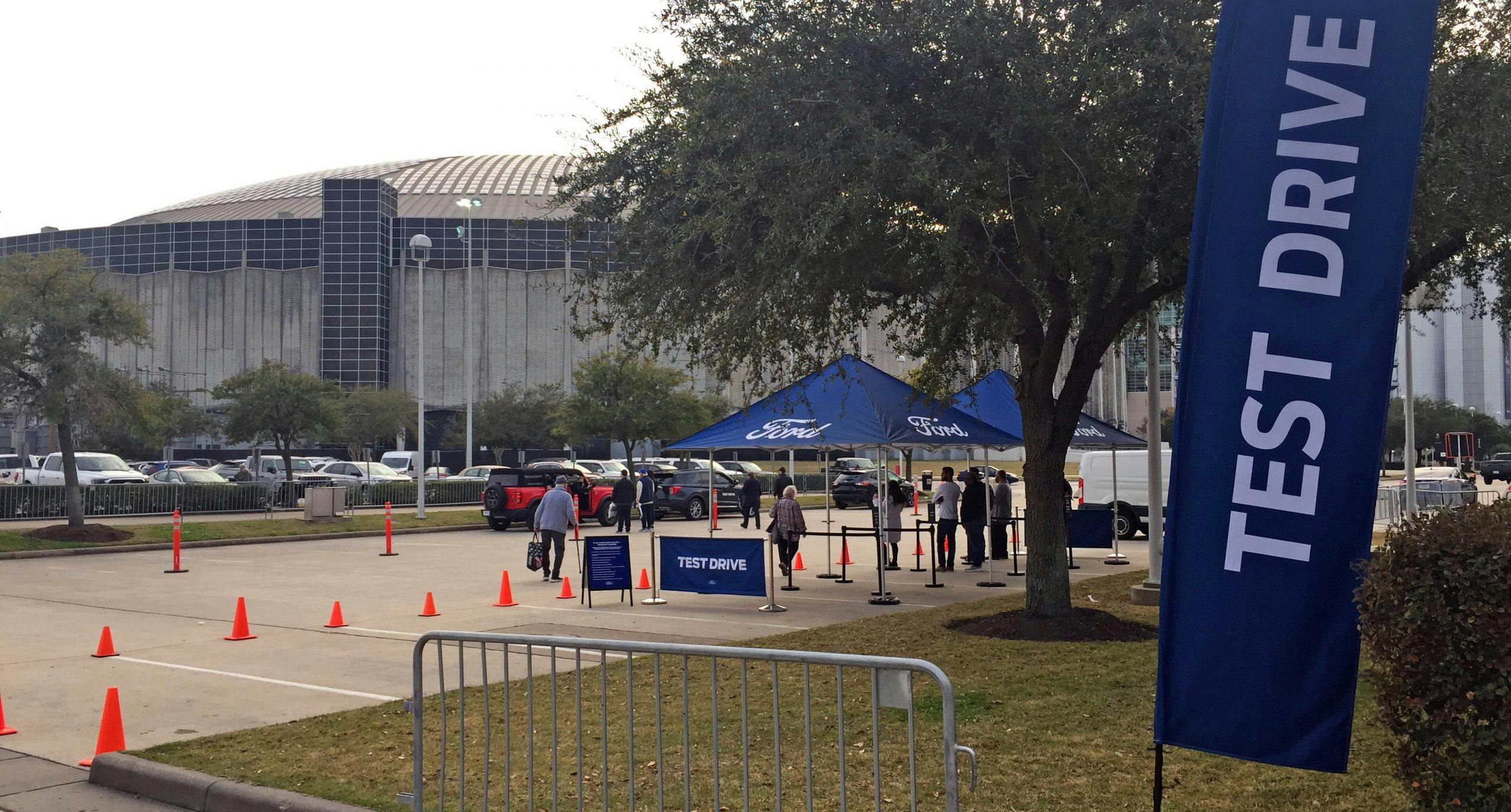
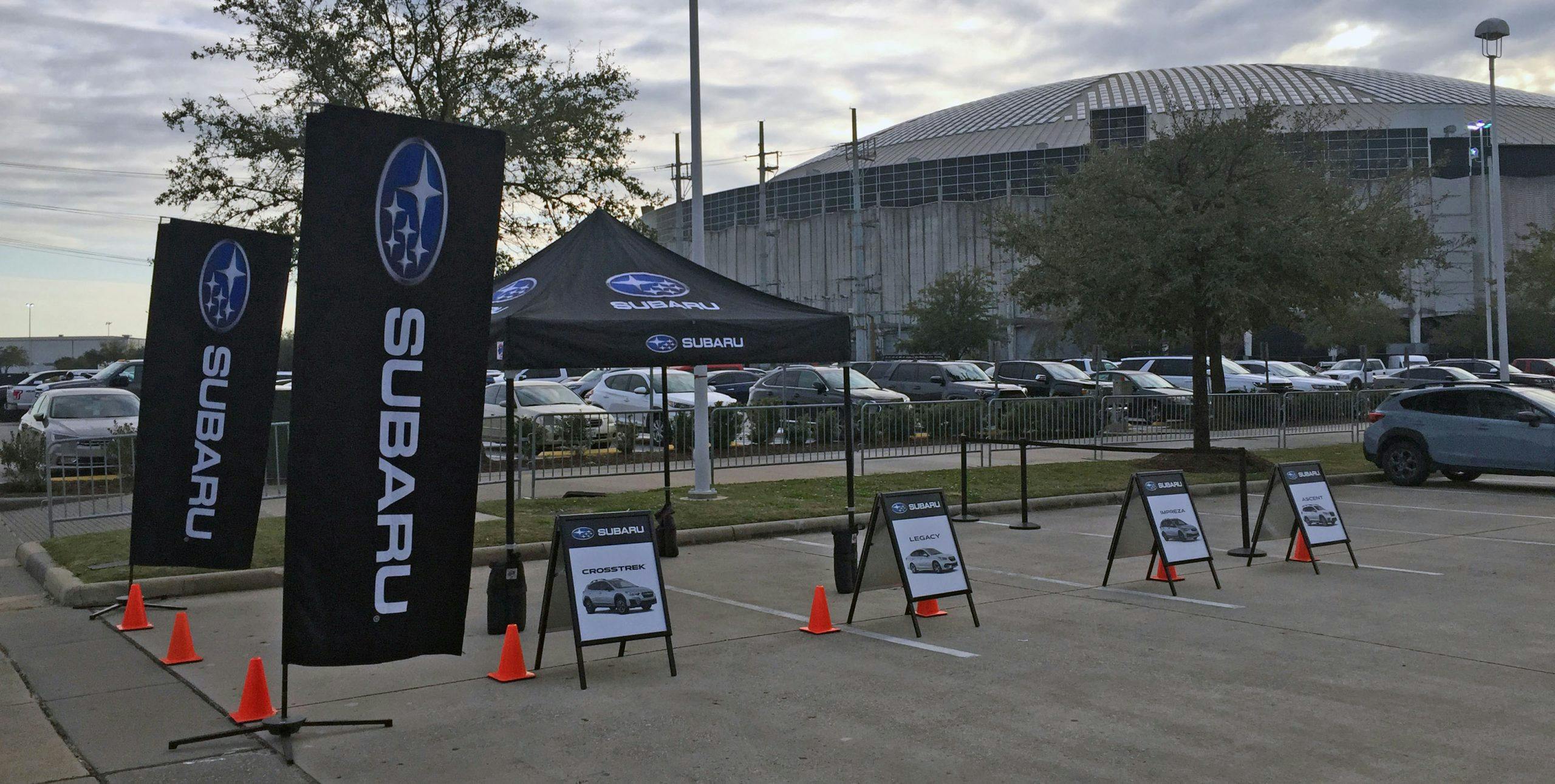

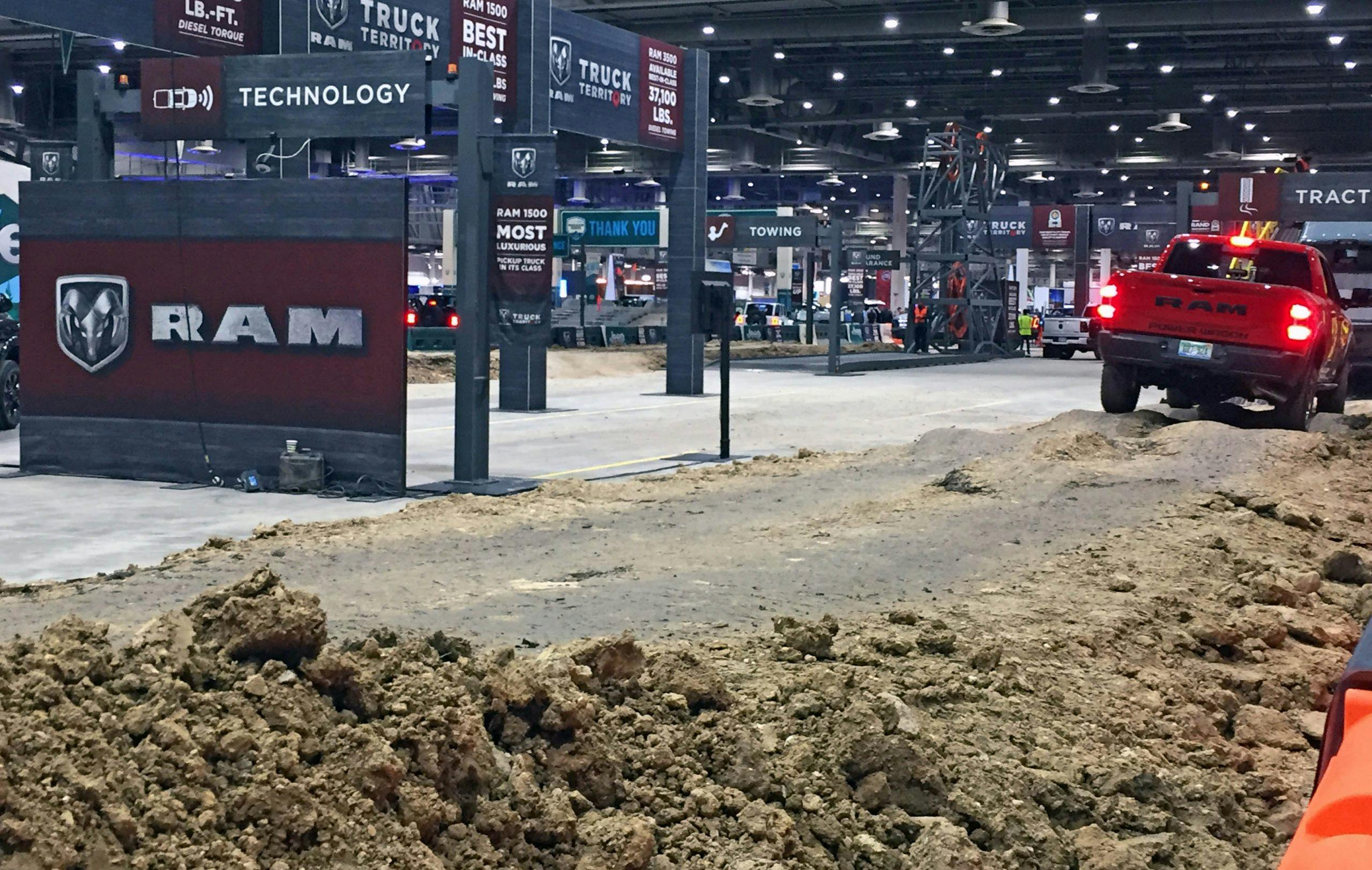
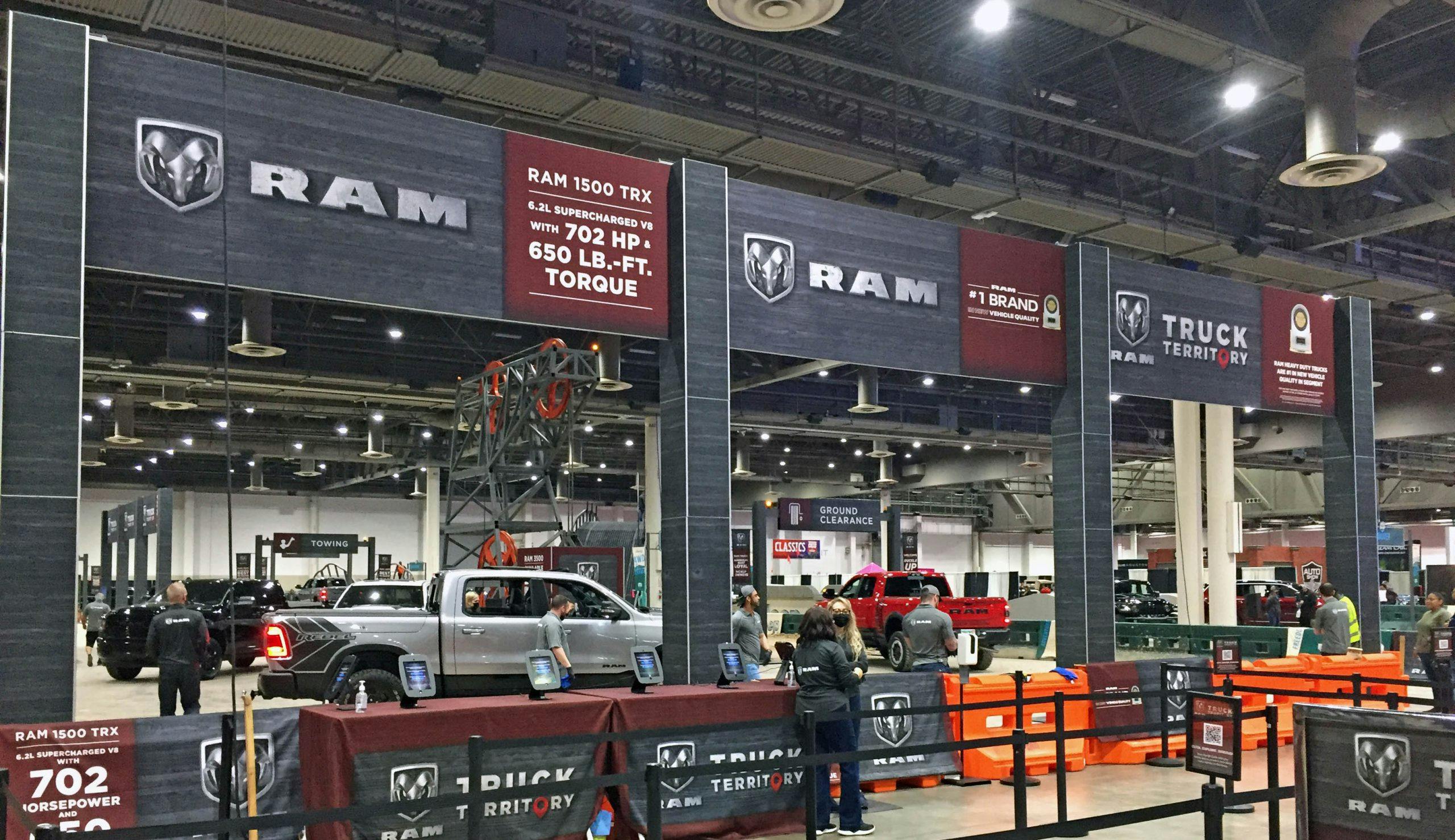
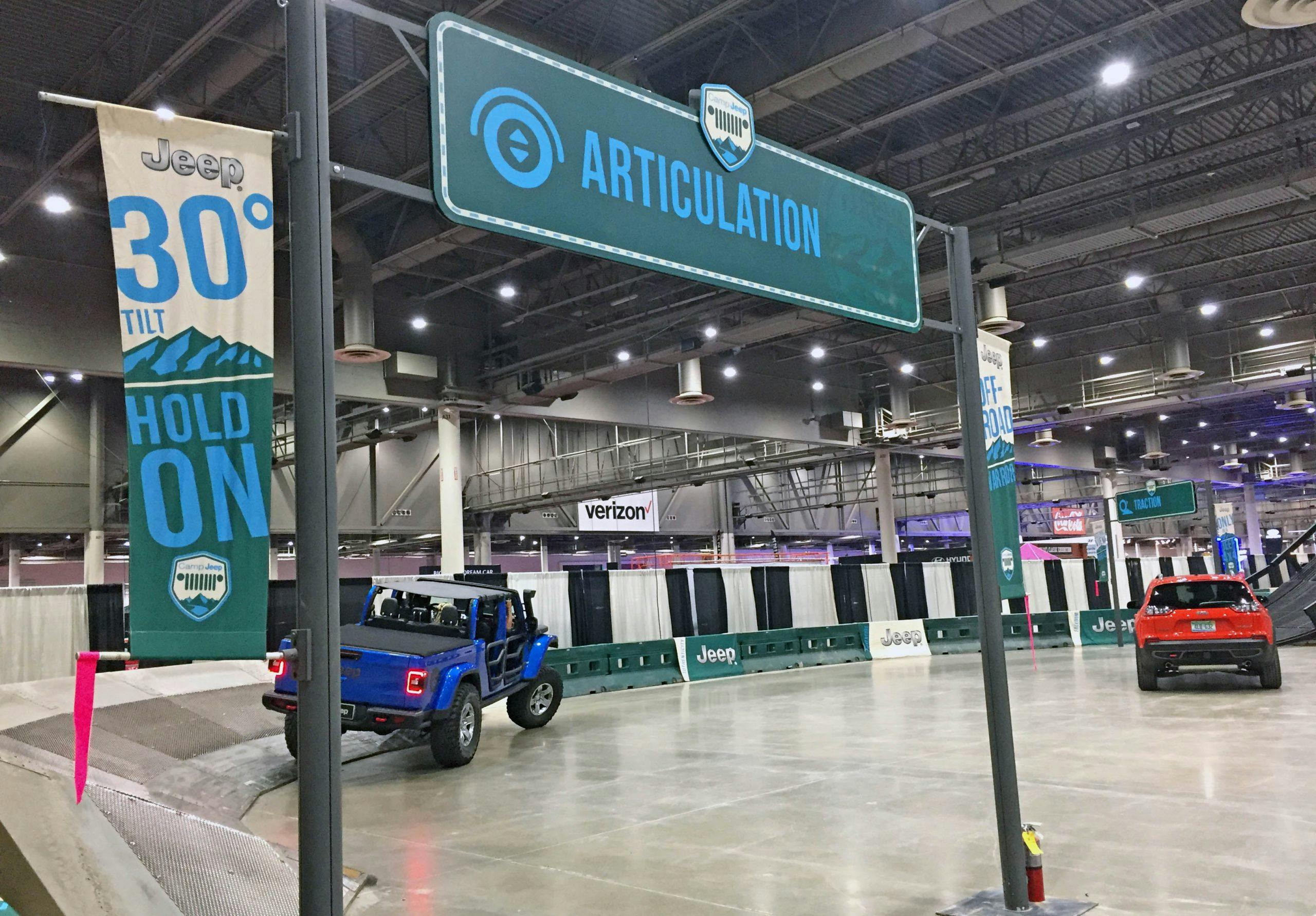
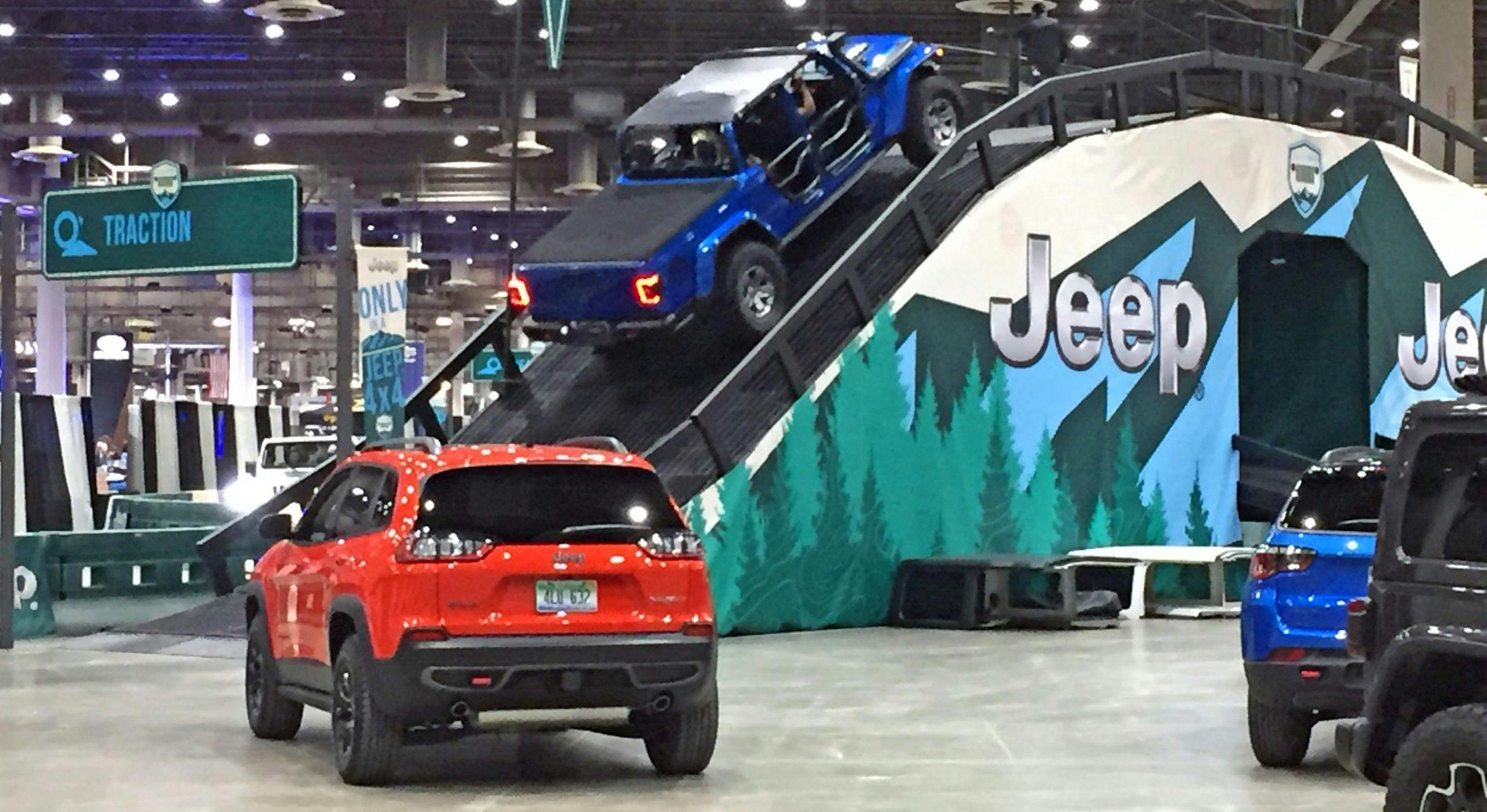
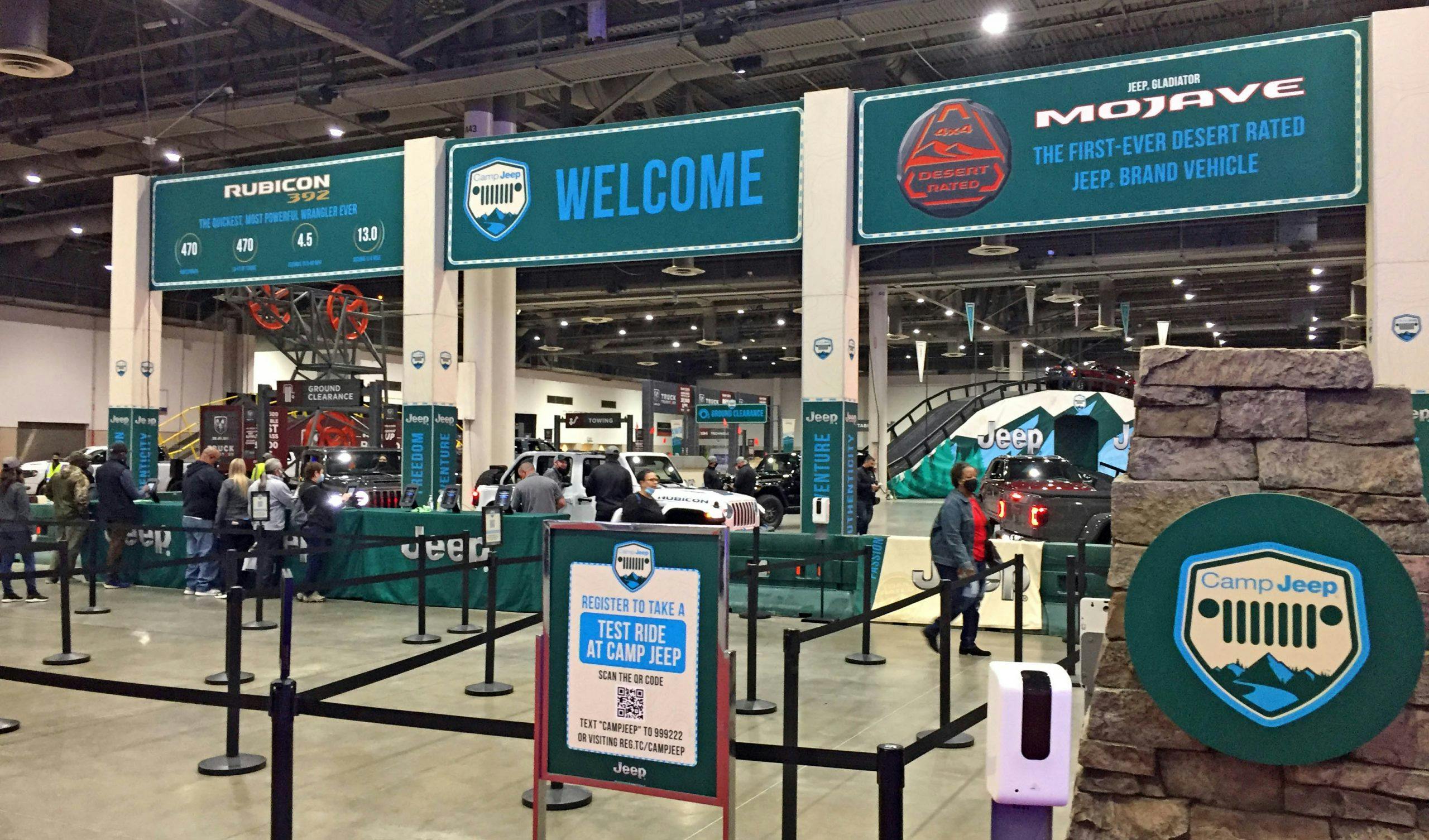


It’s obvious that the auto manufacturers have no interest in Houston. This show would be on scale for Peoria, IL, not the 4th largest city in the country. What a joke.